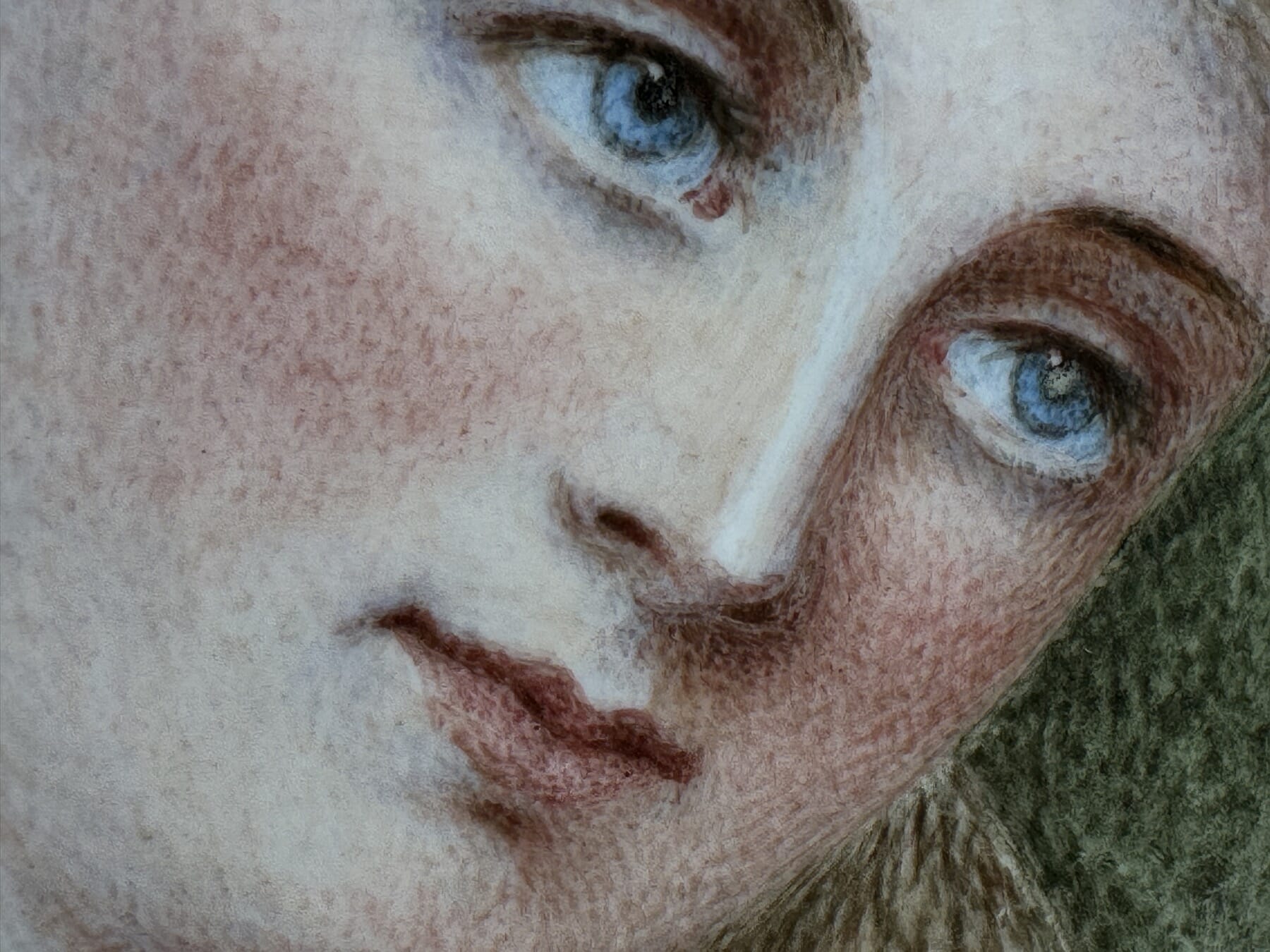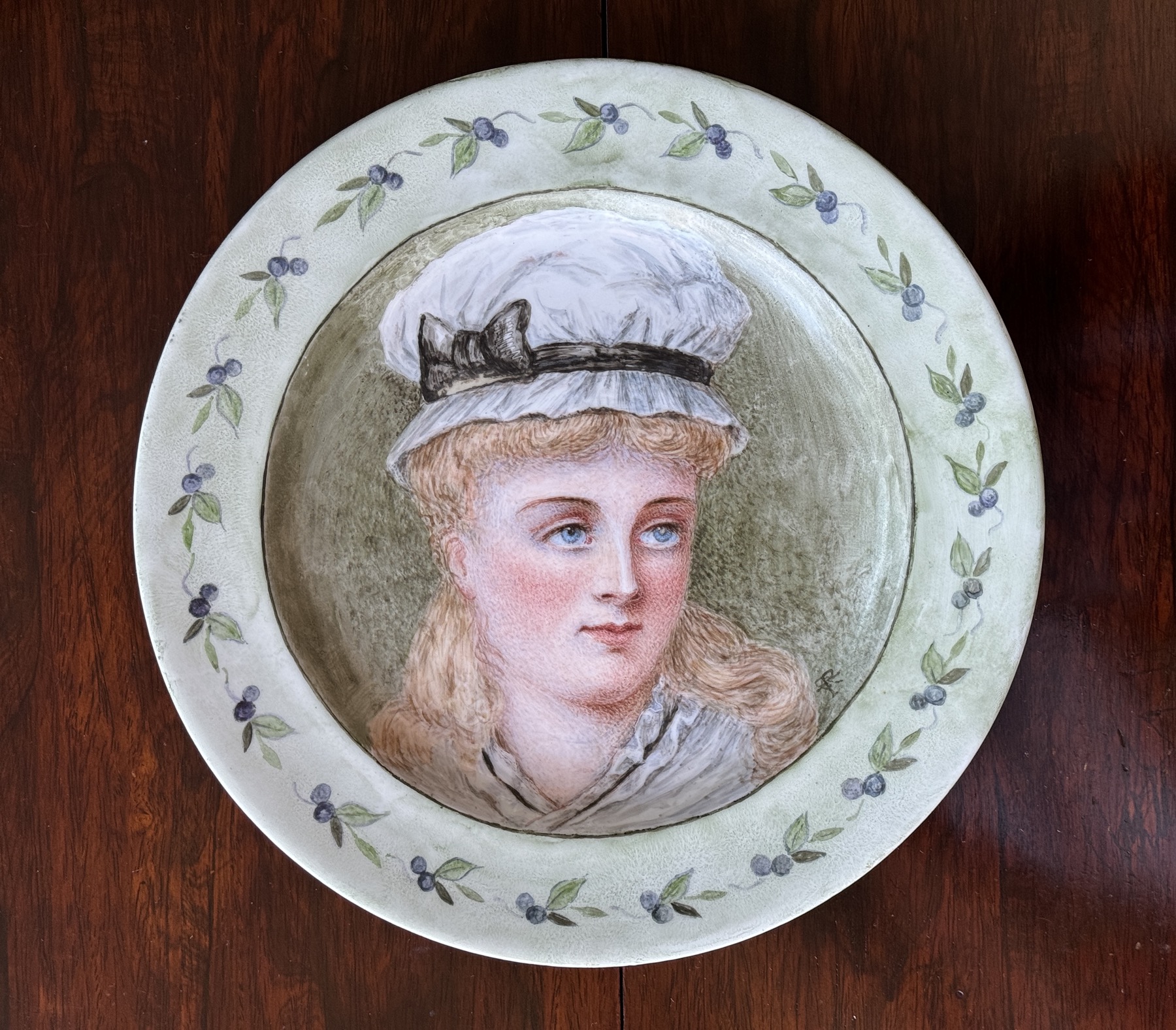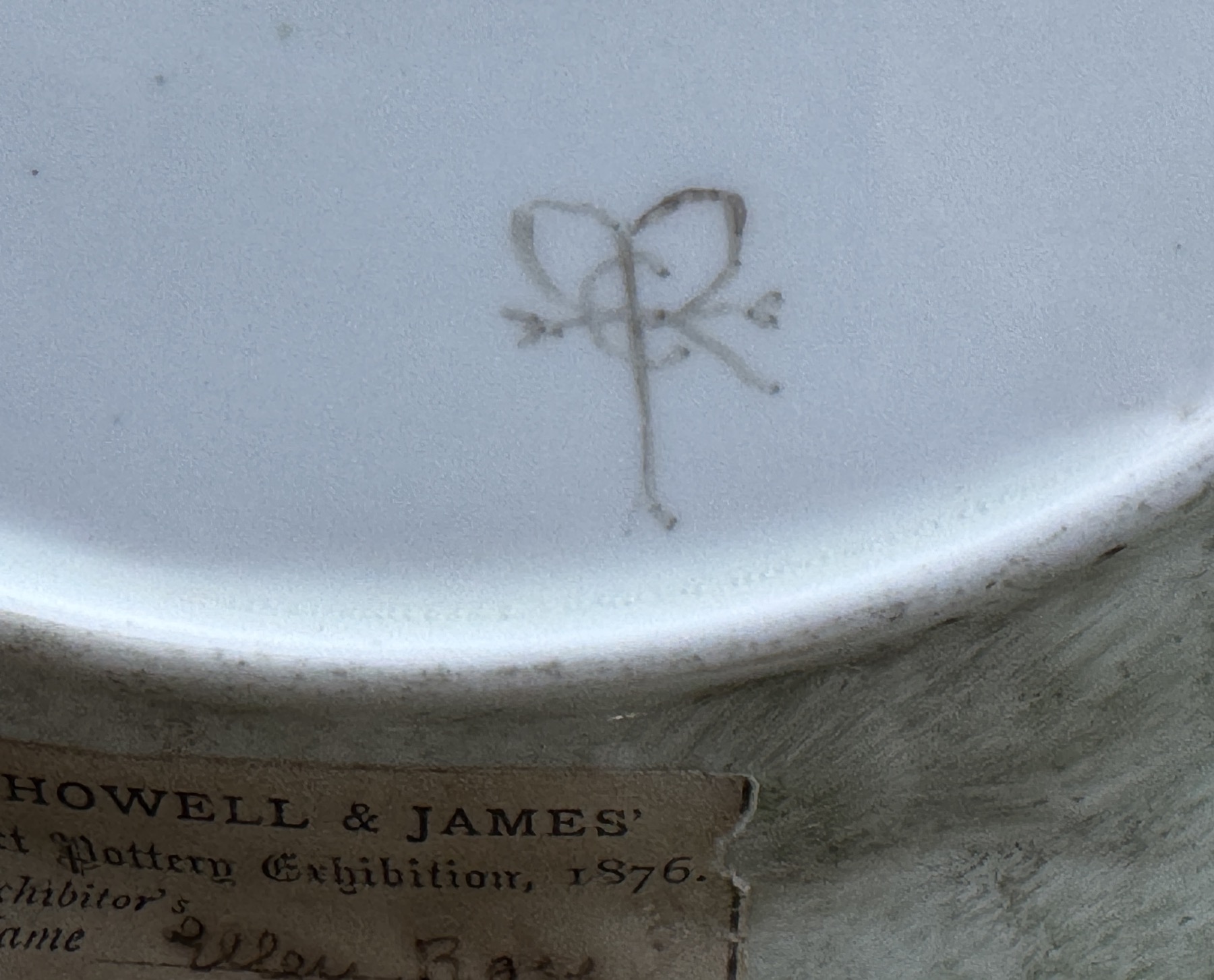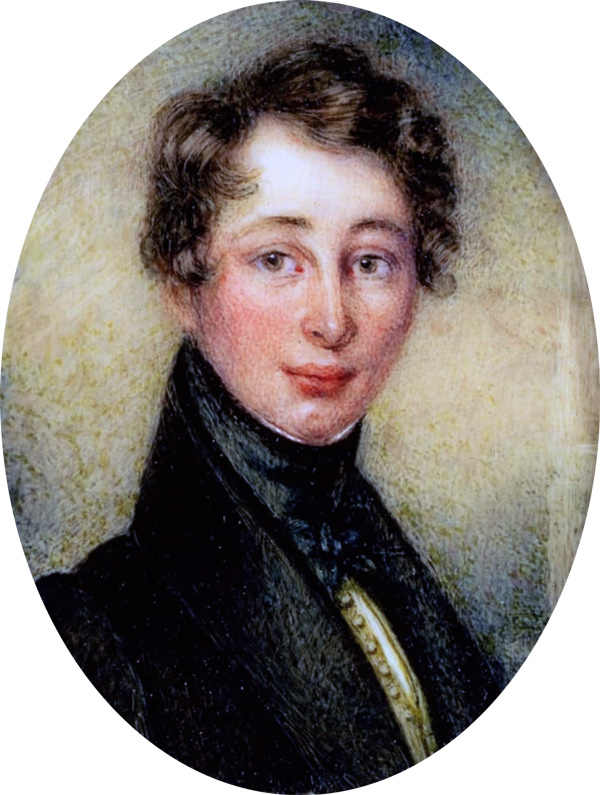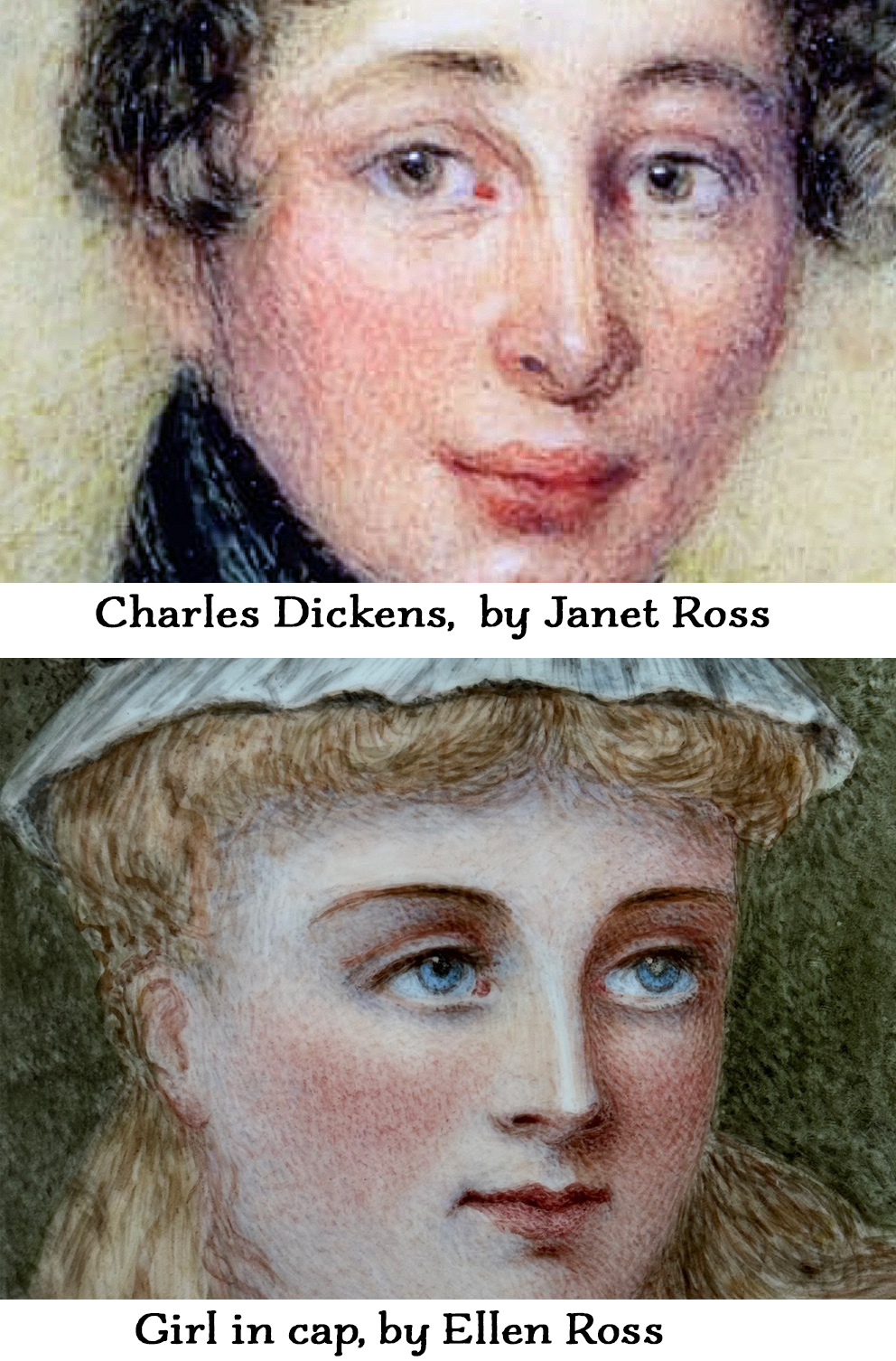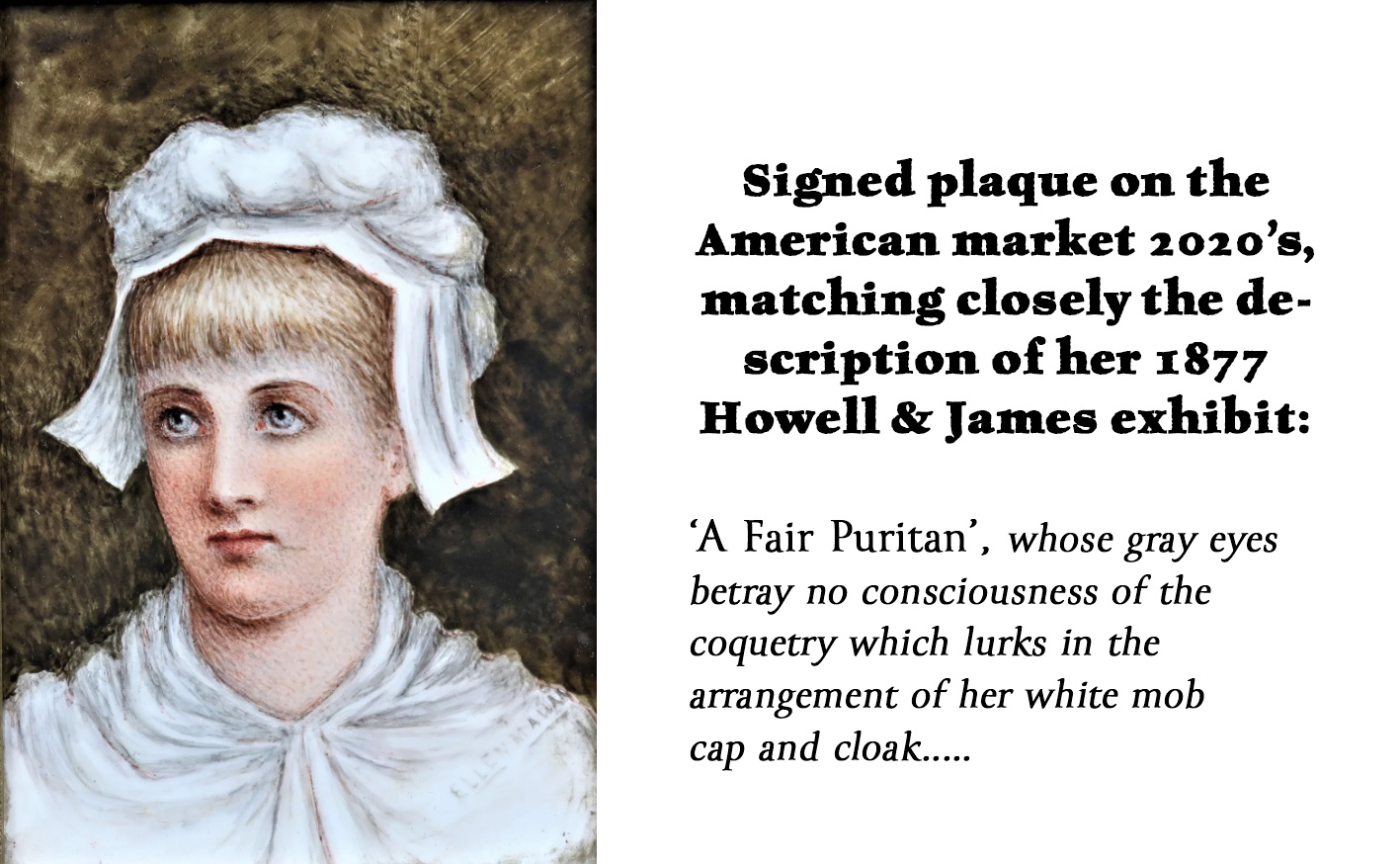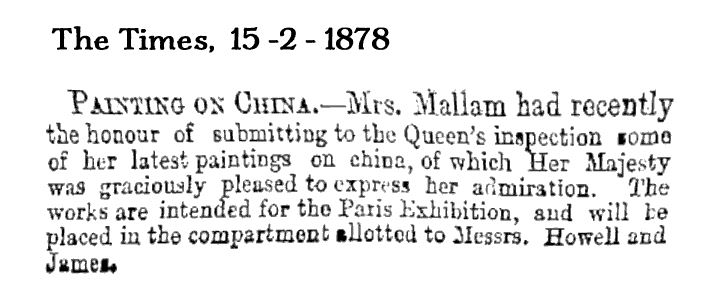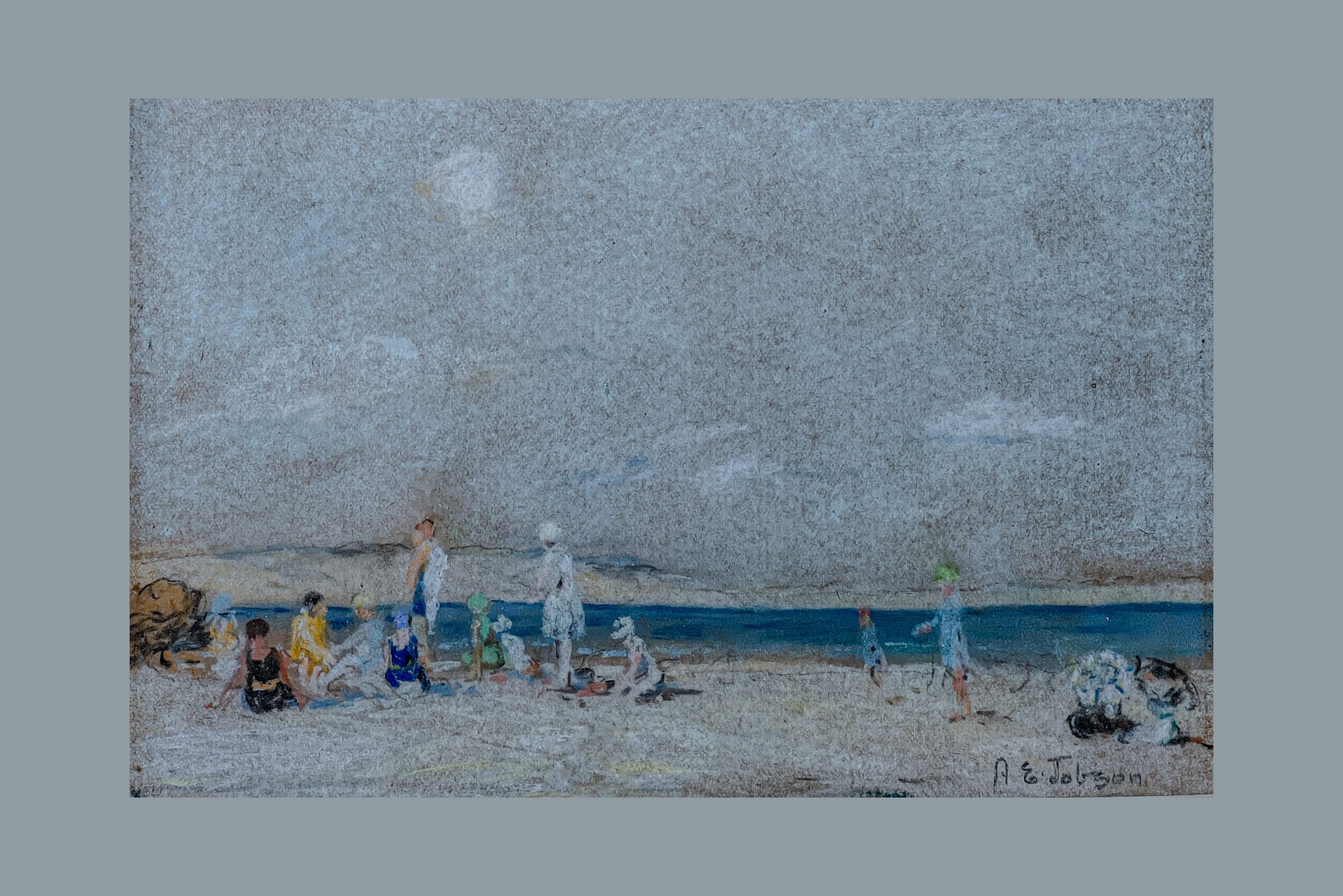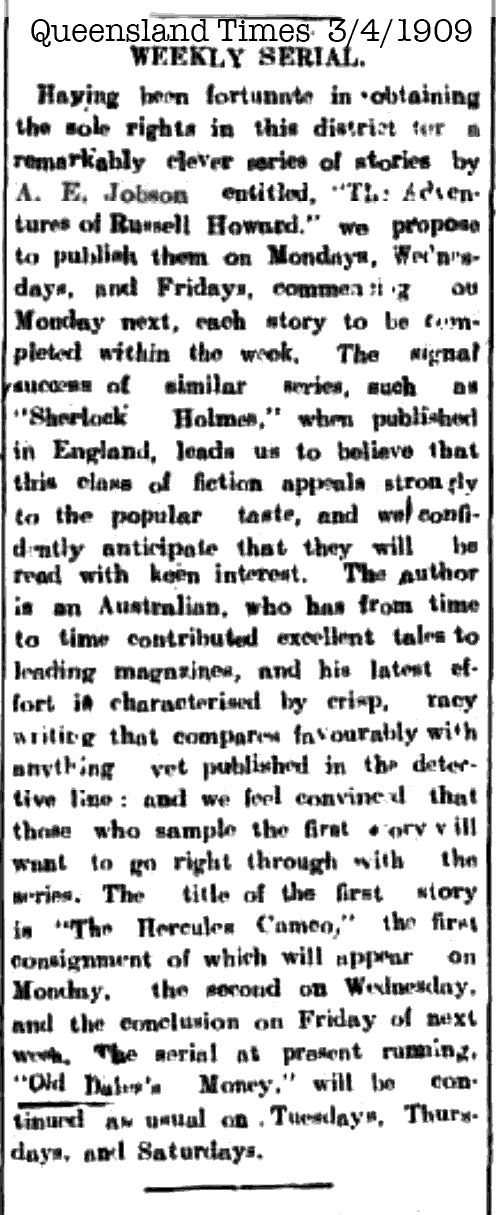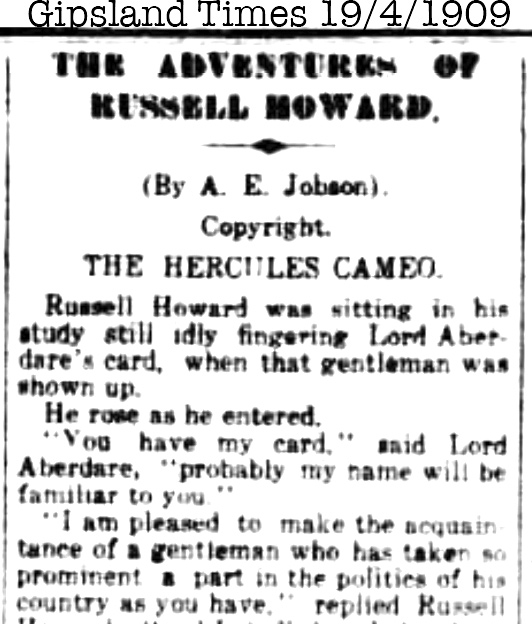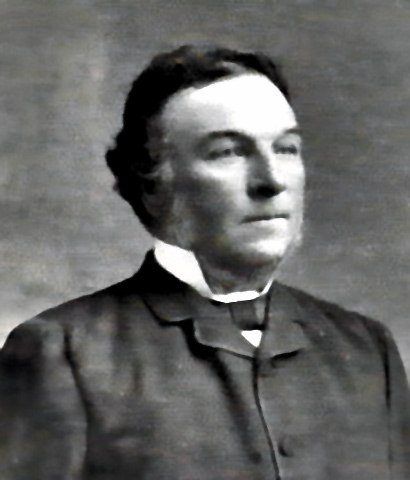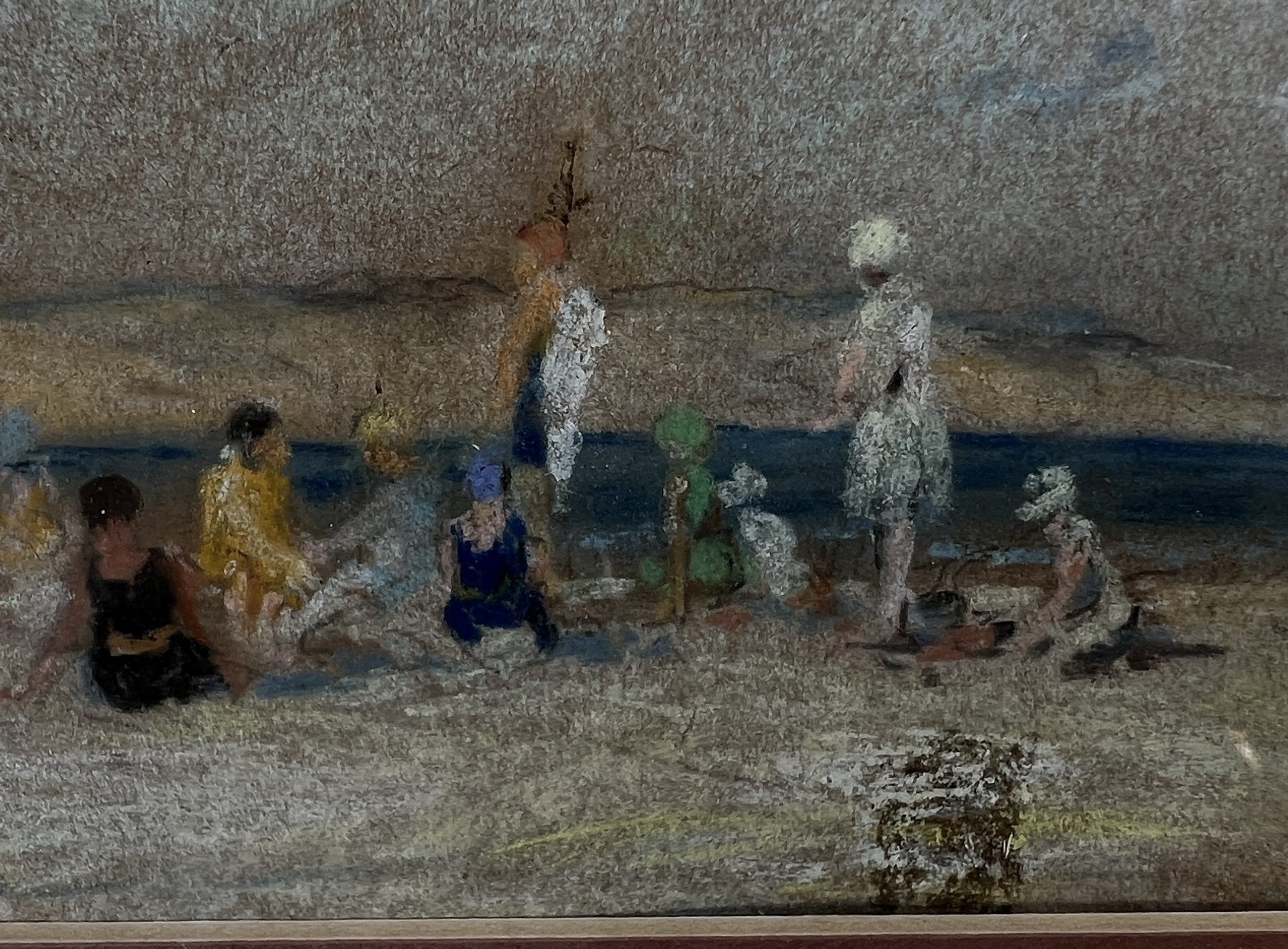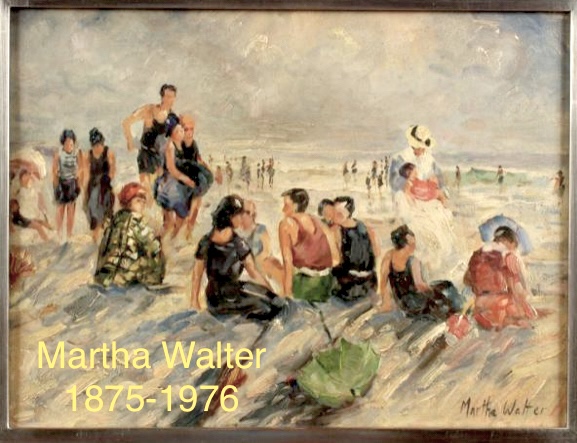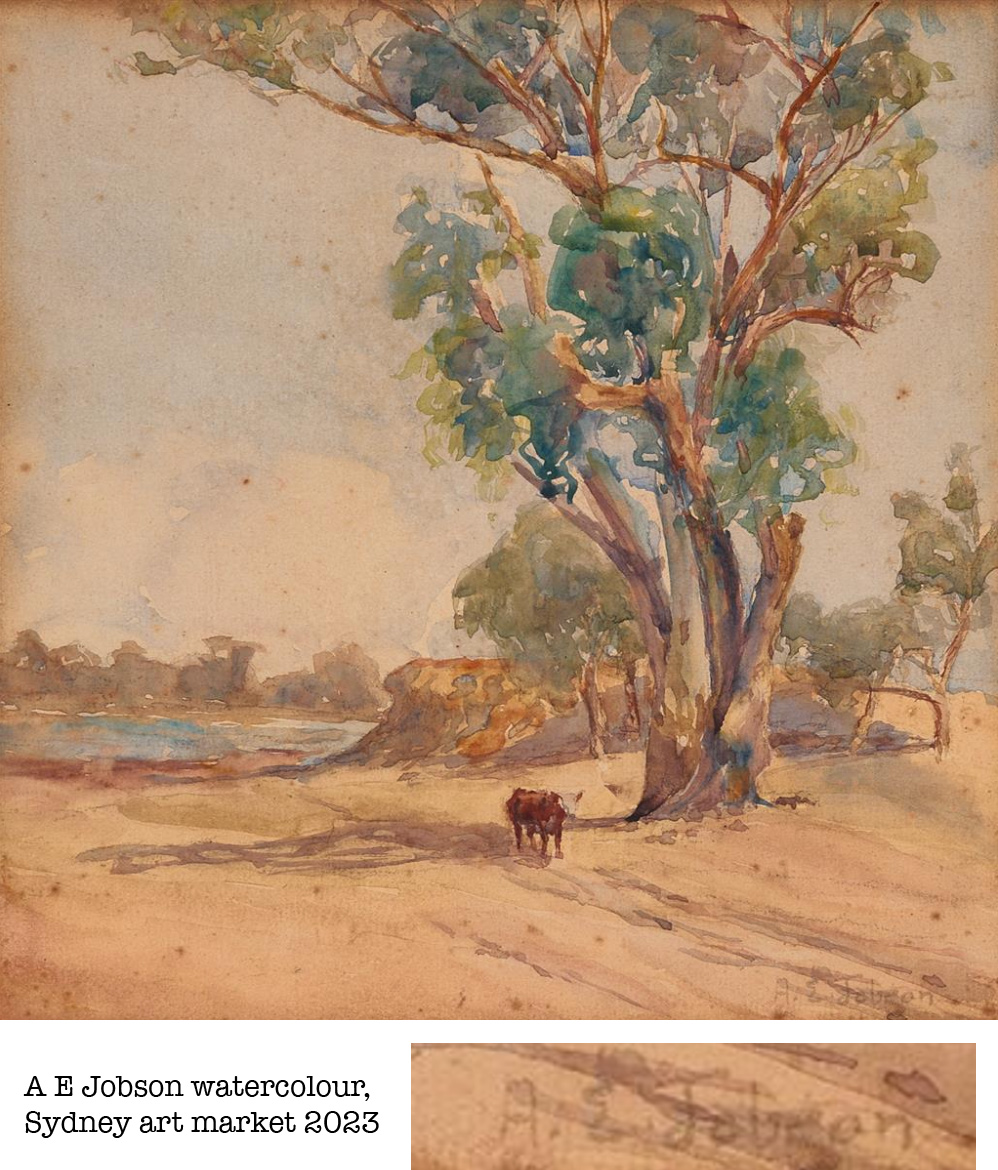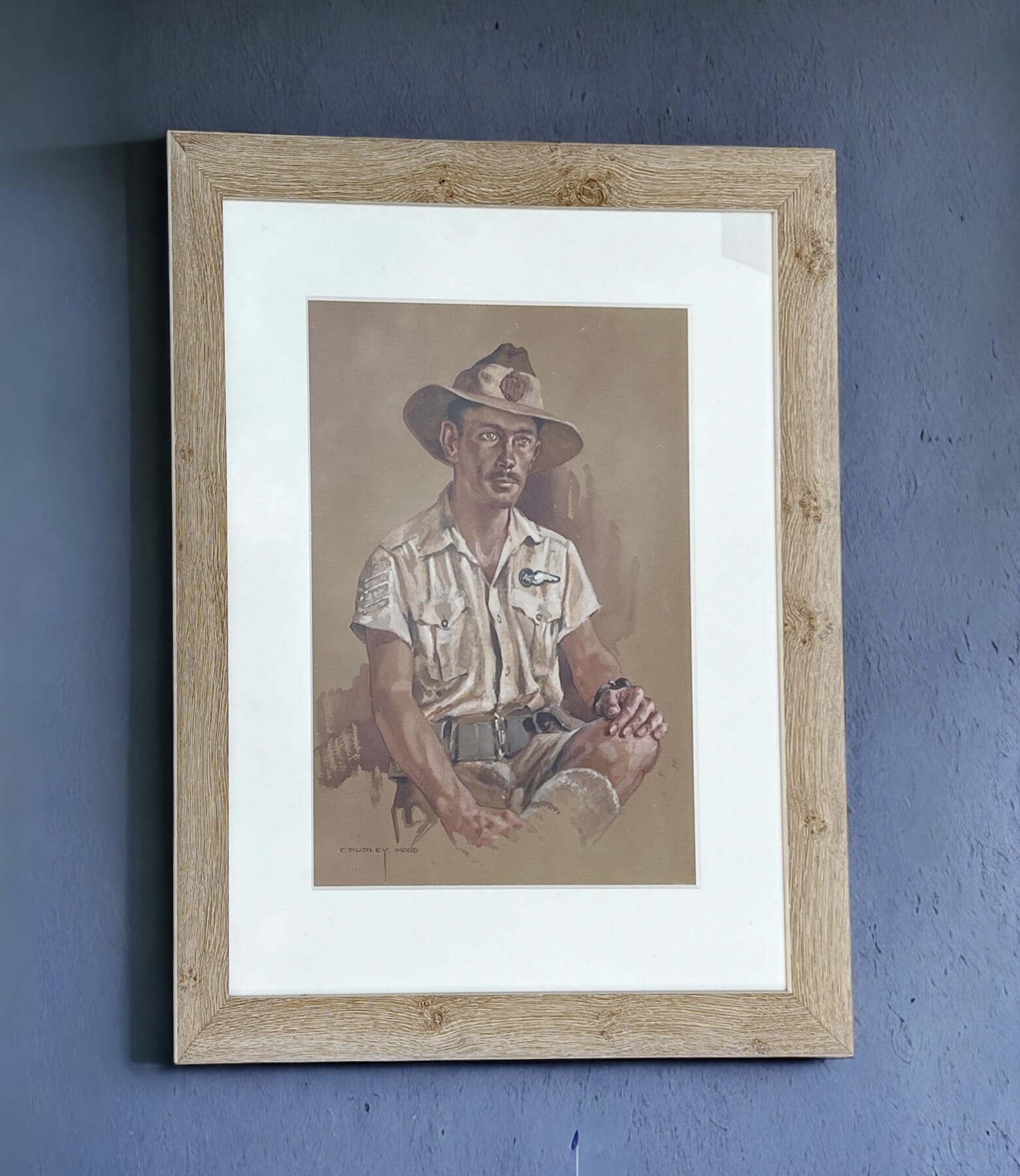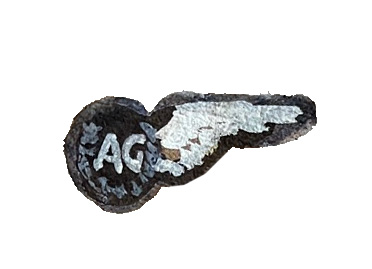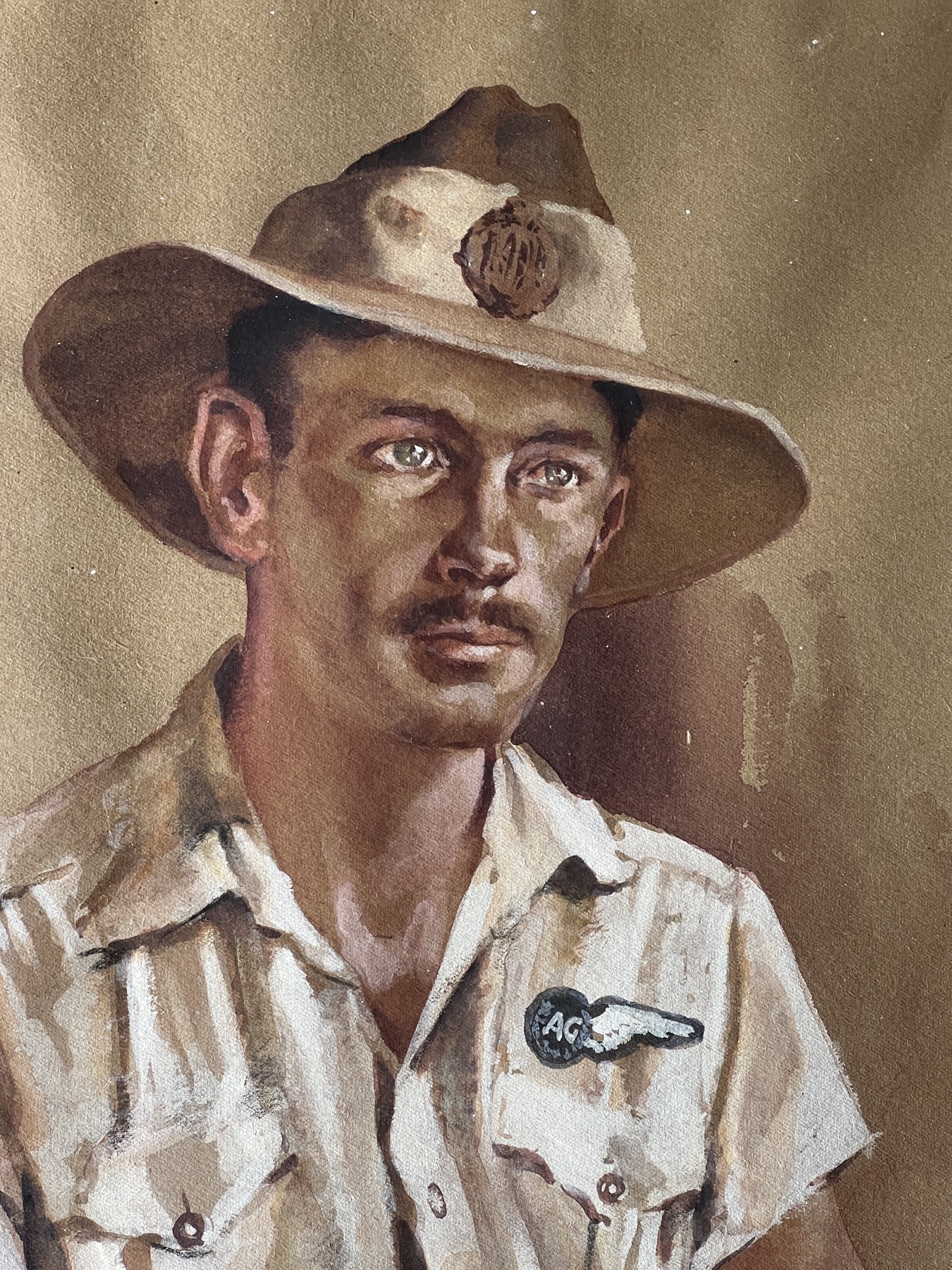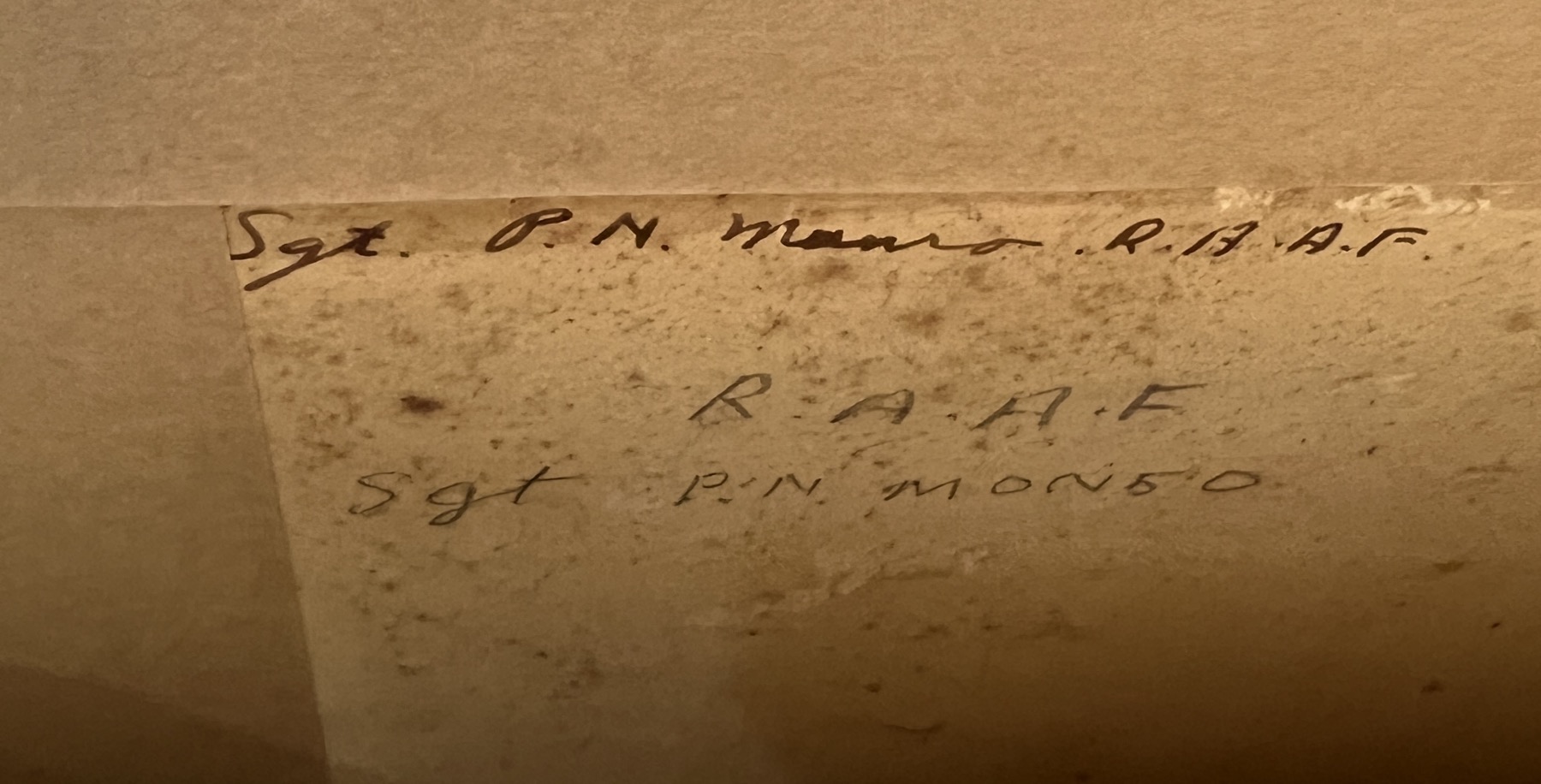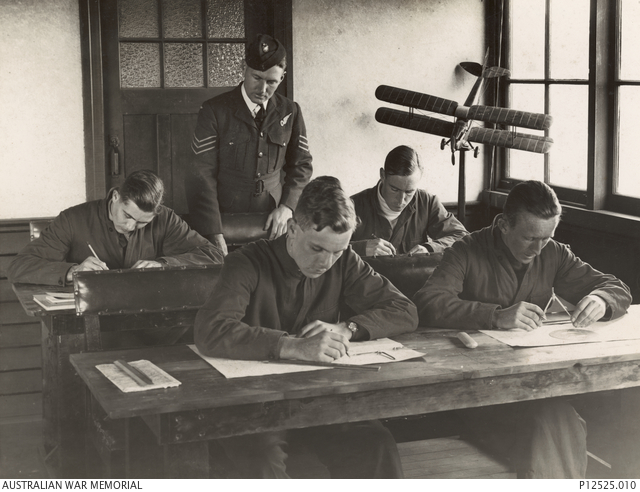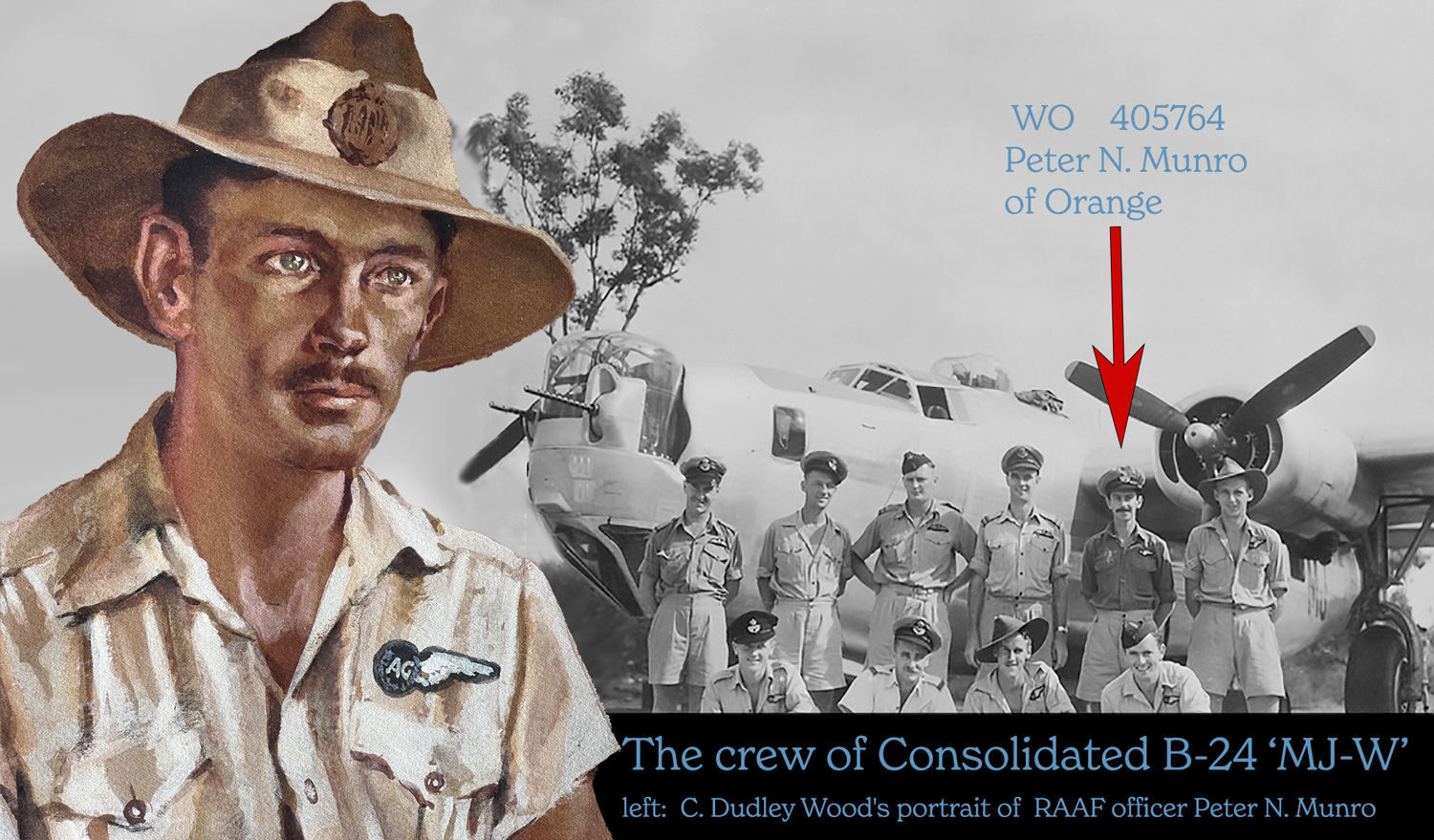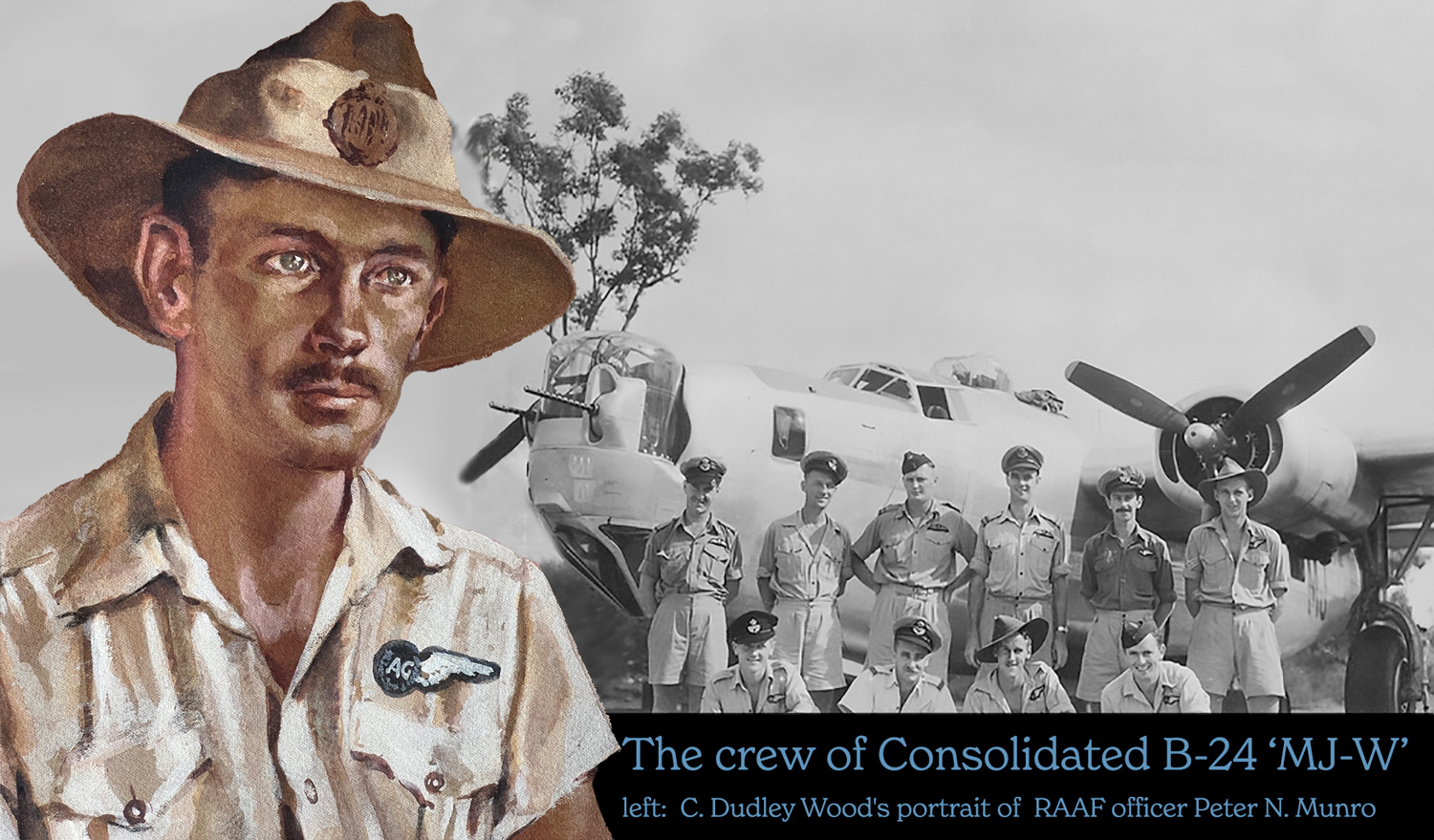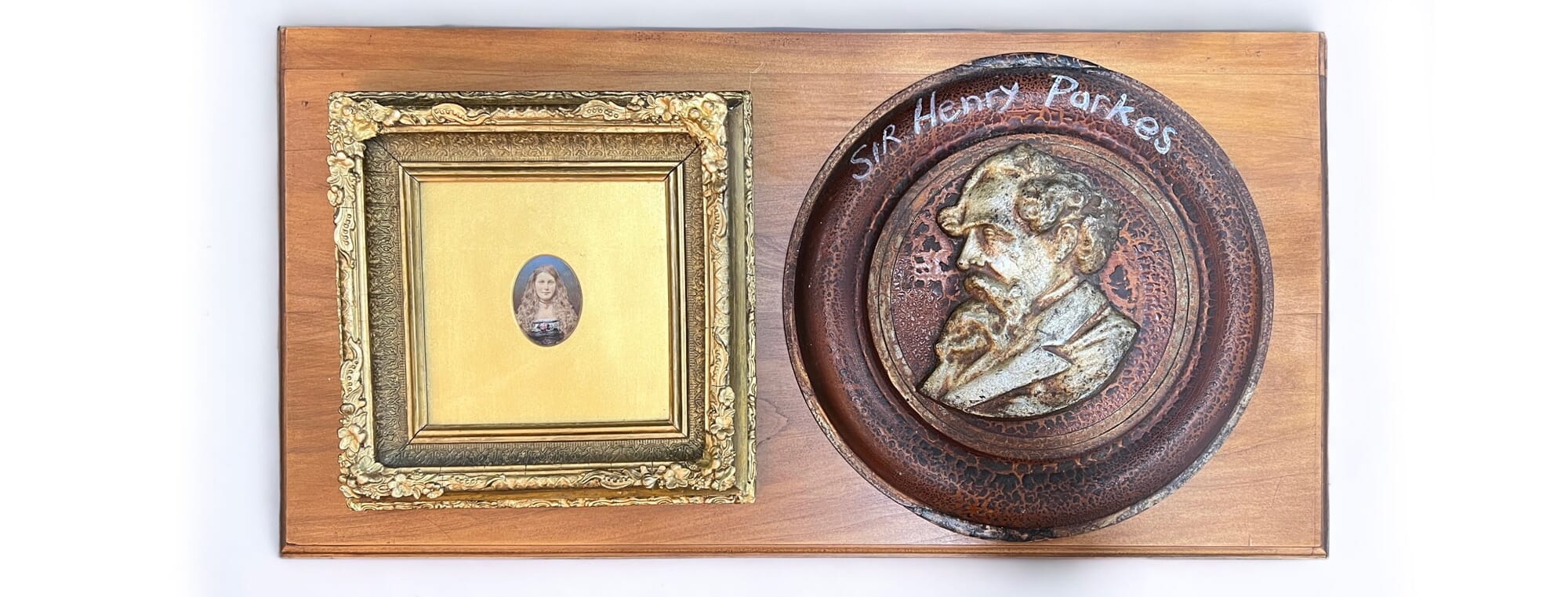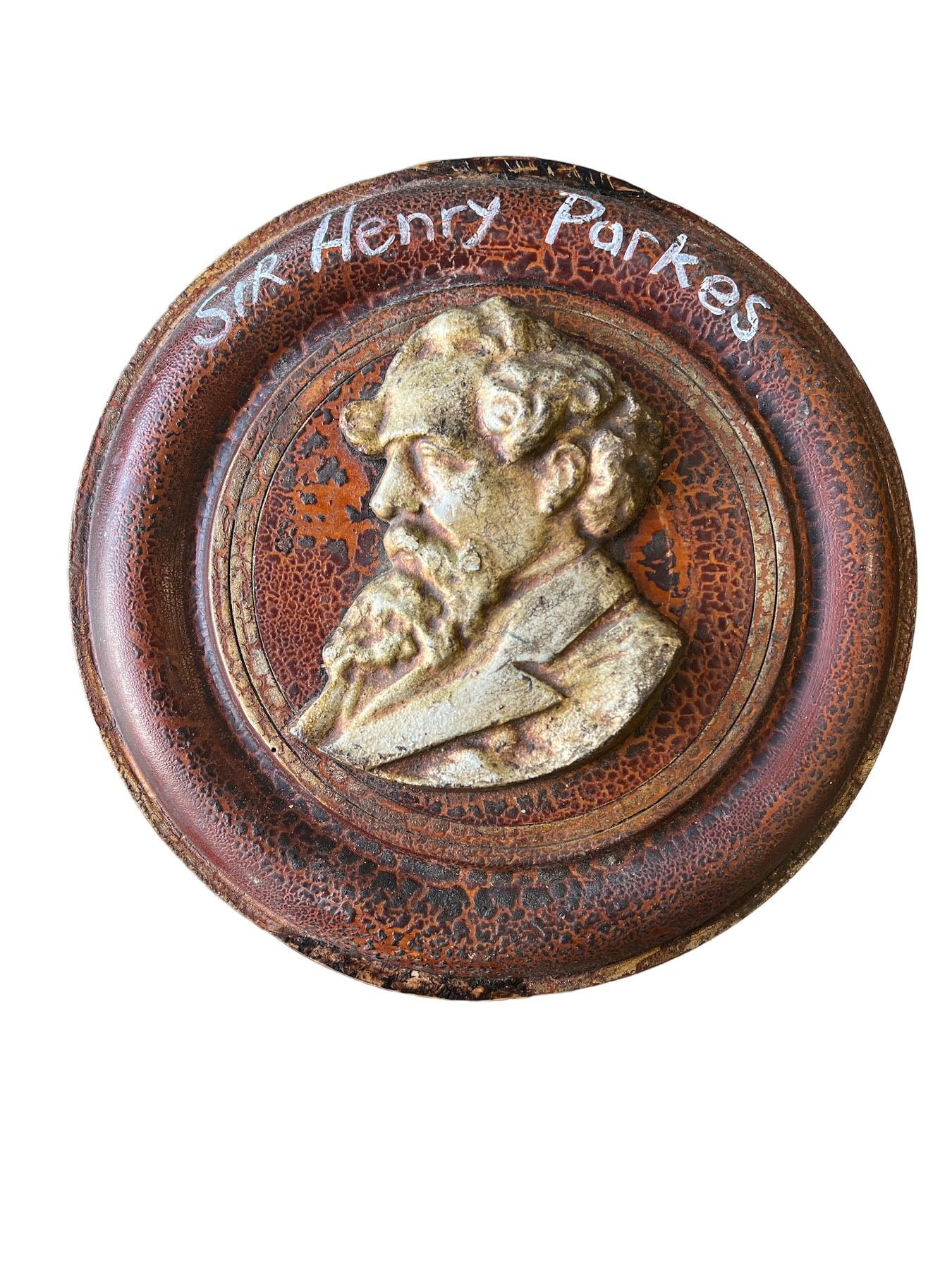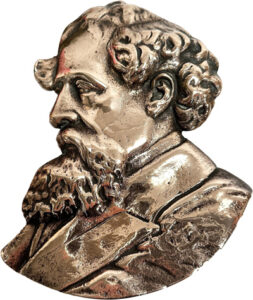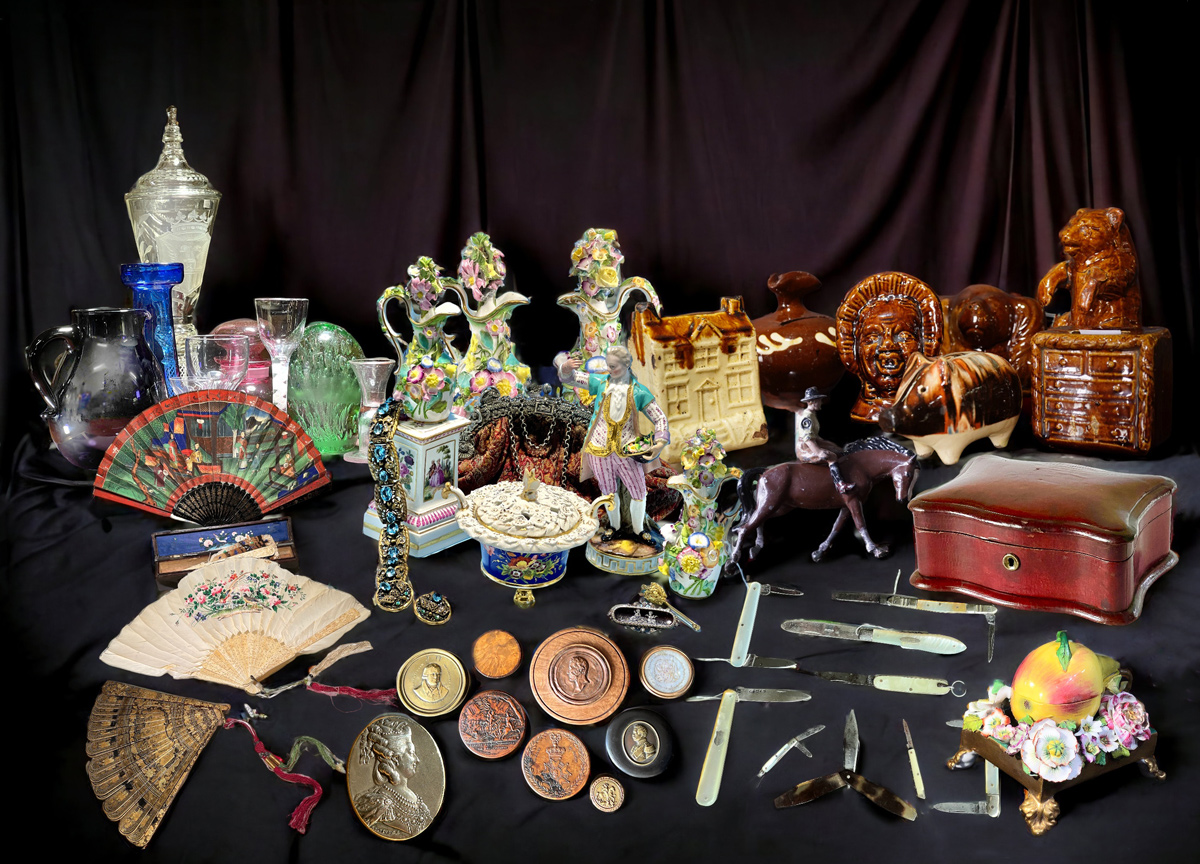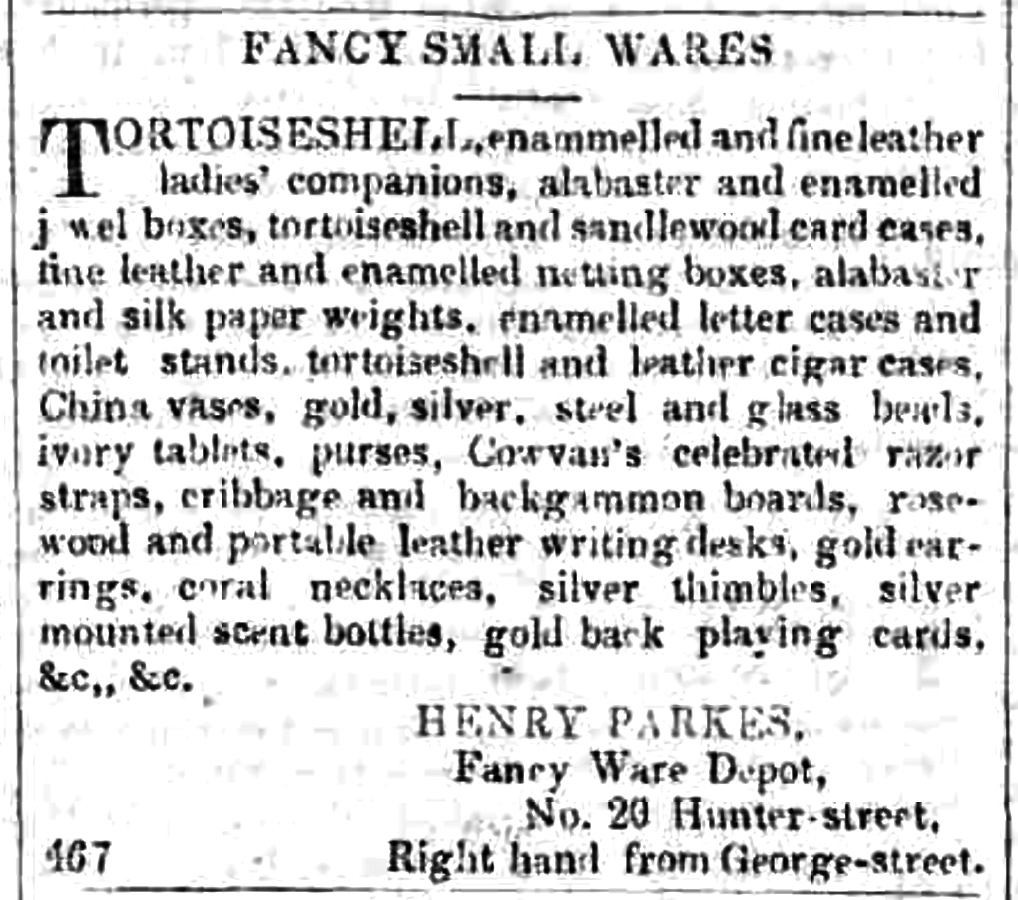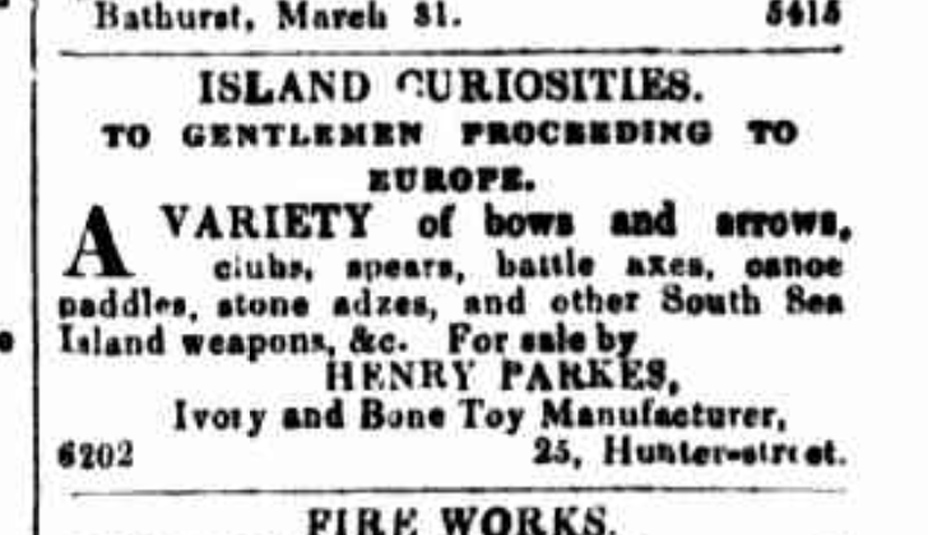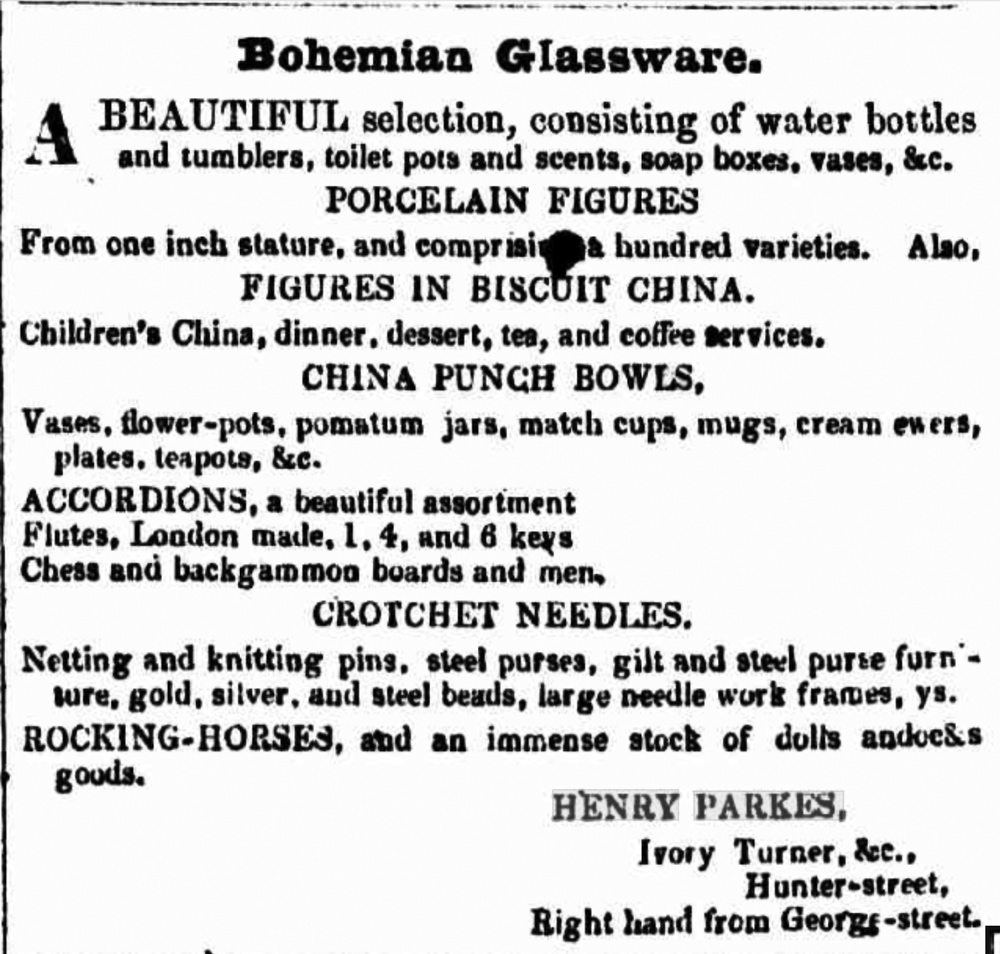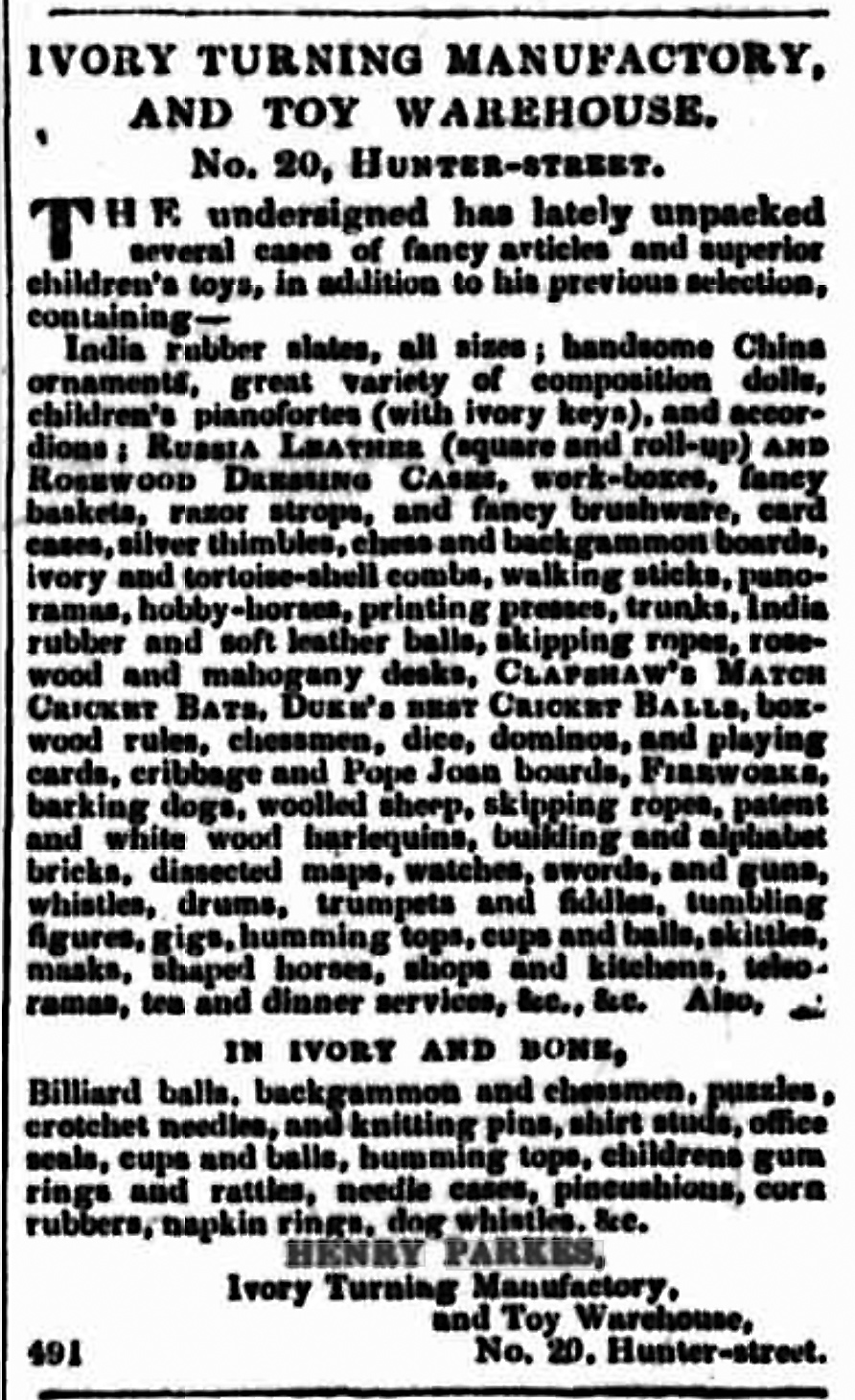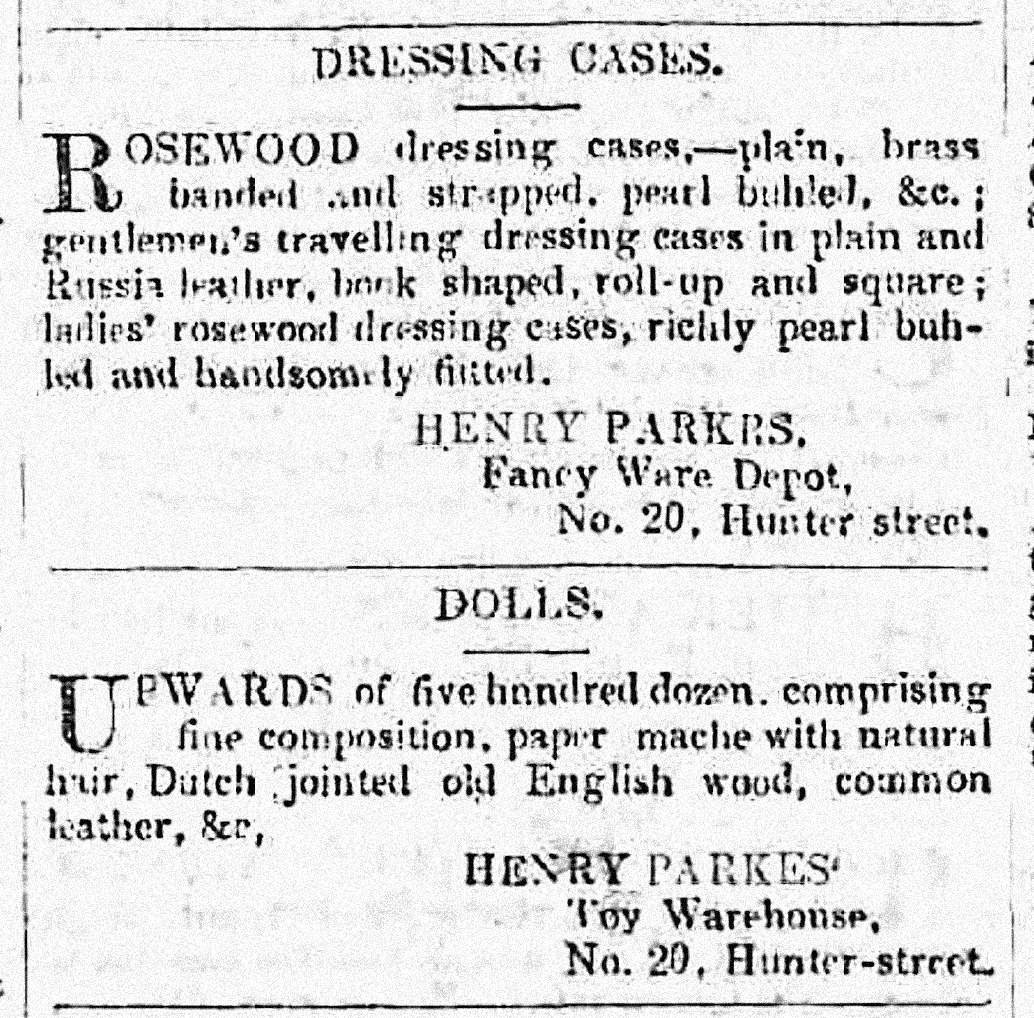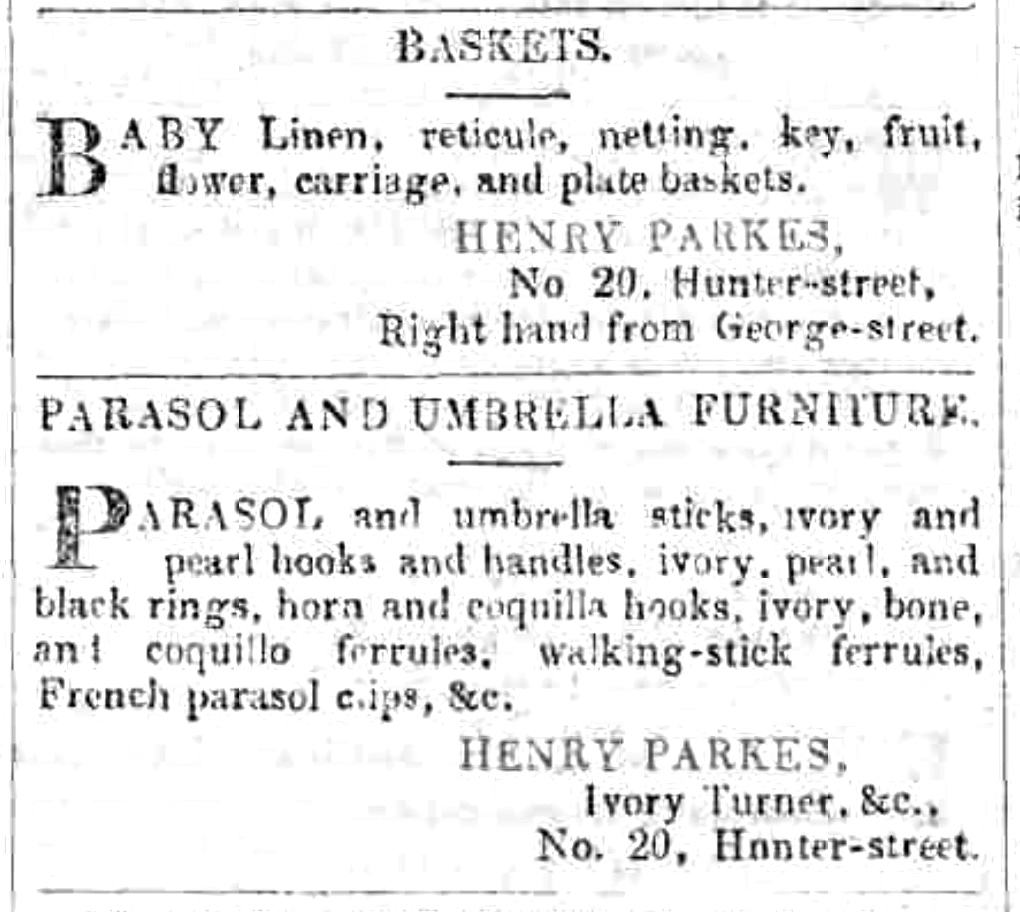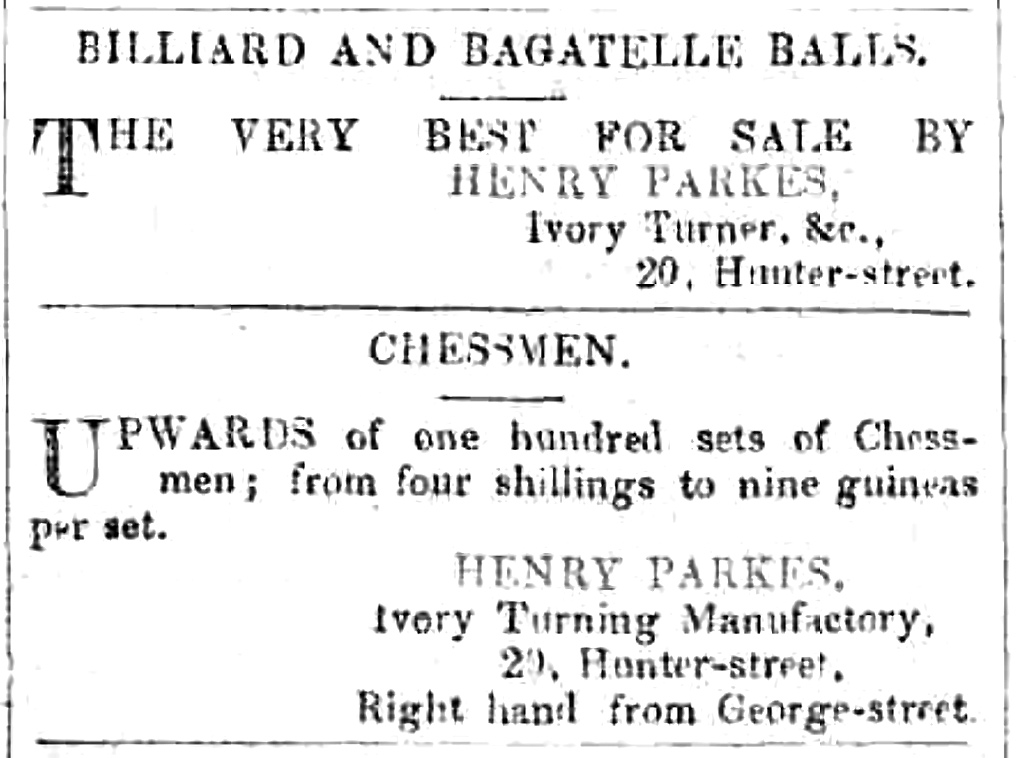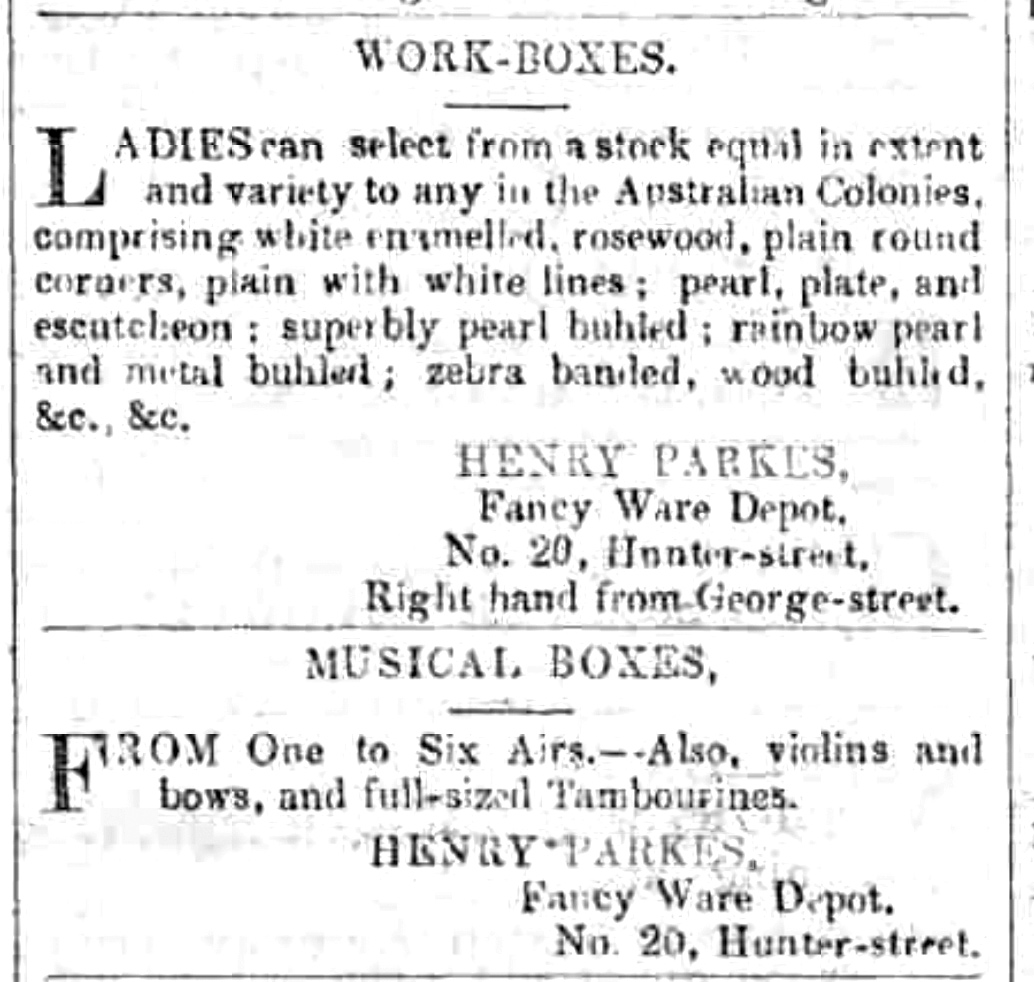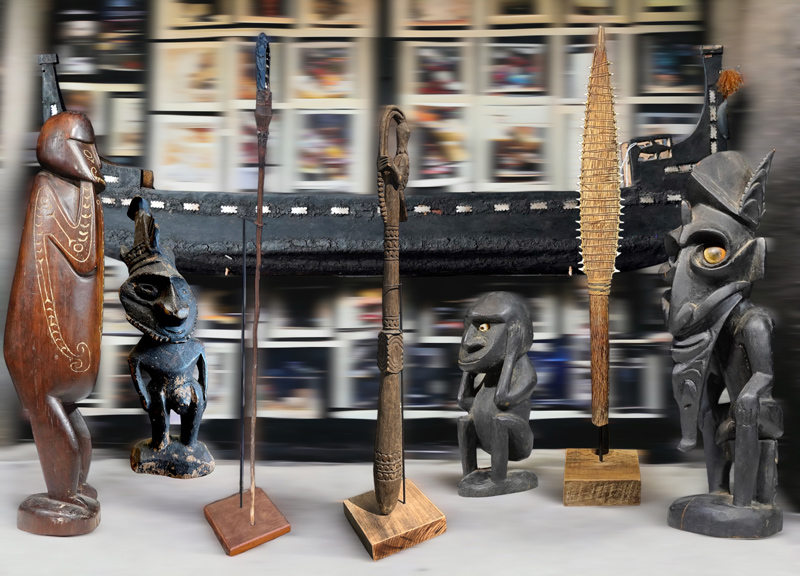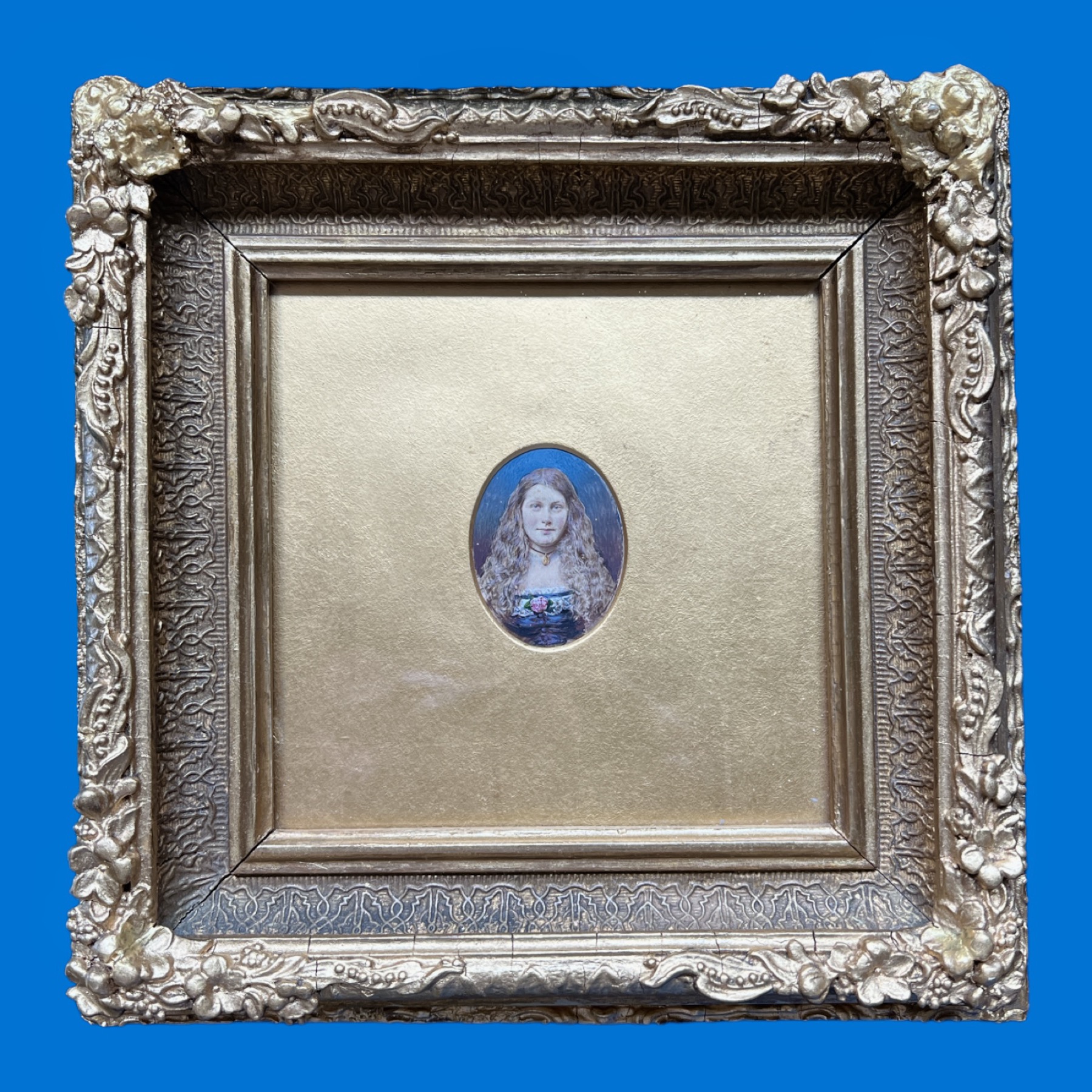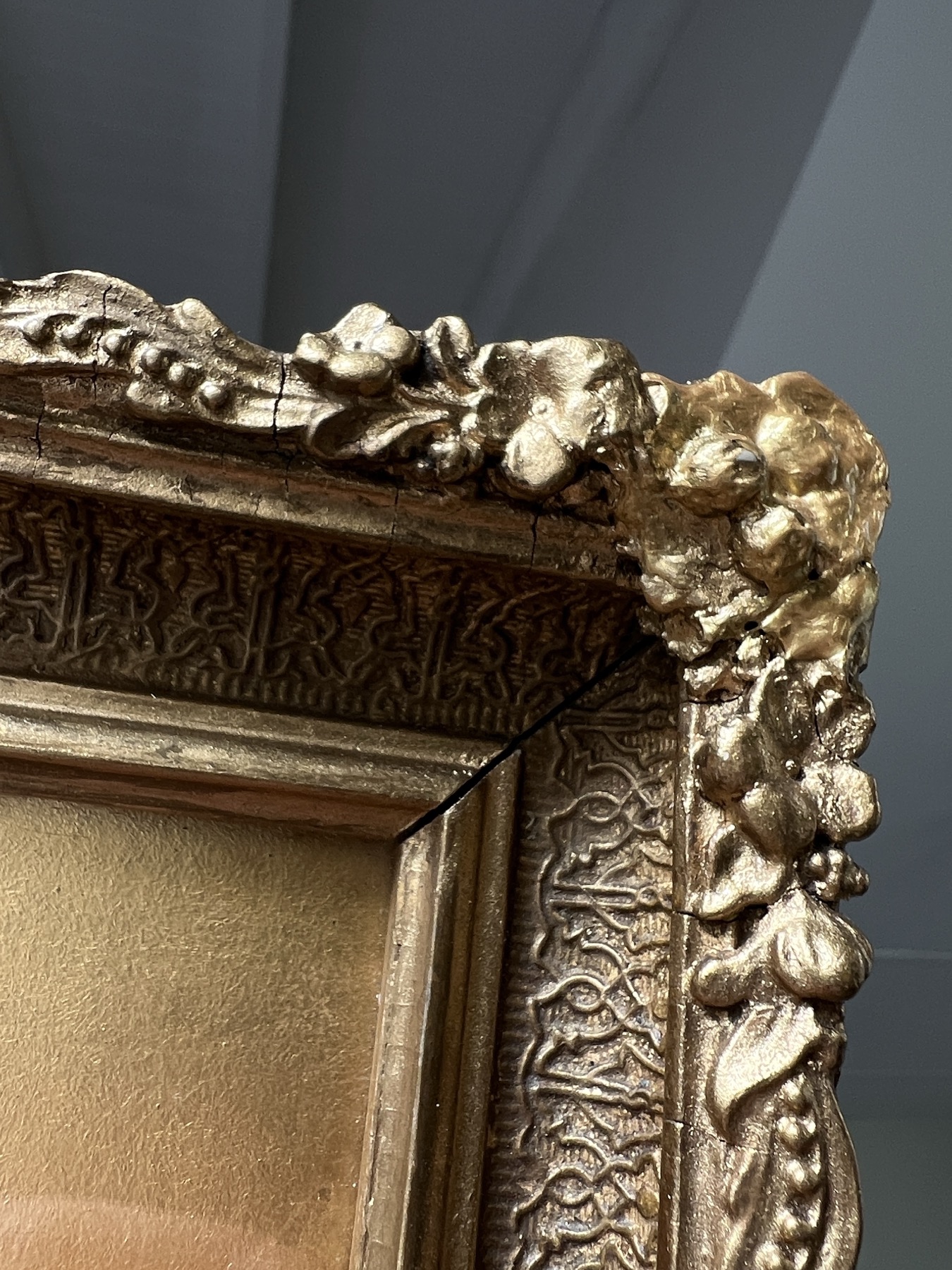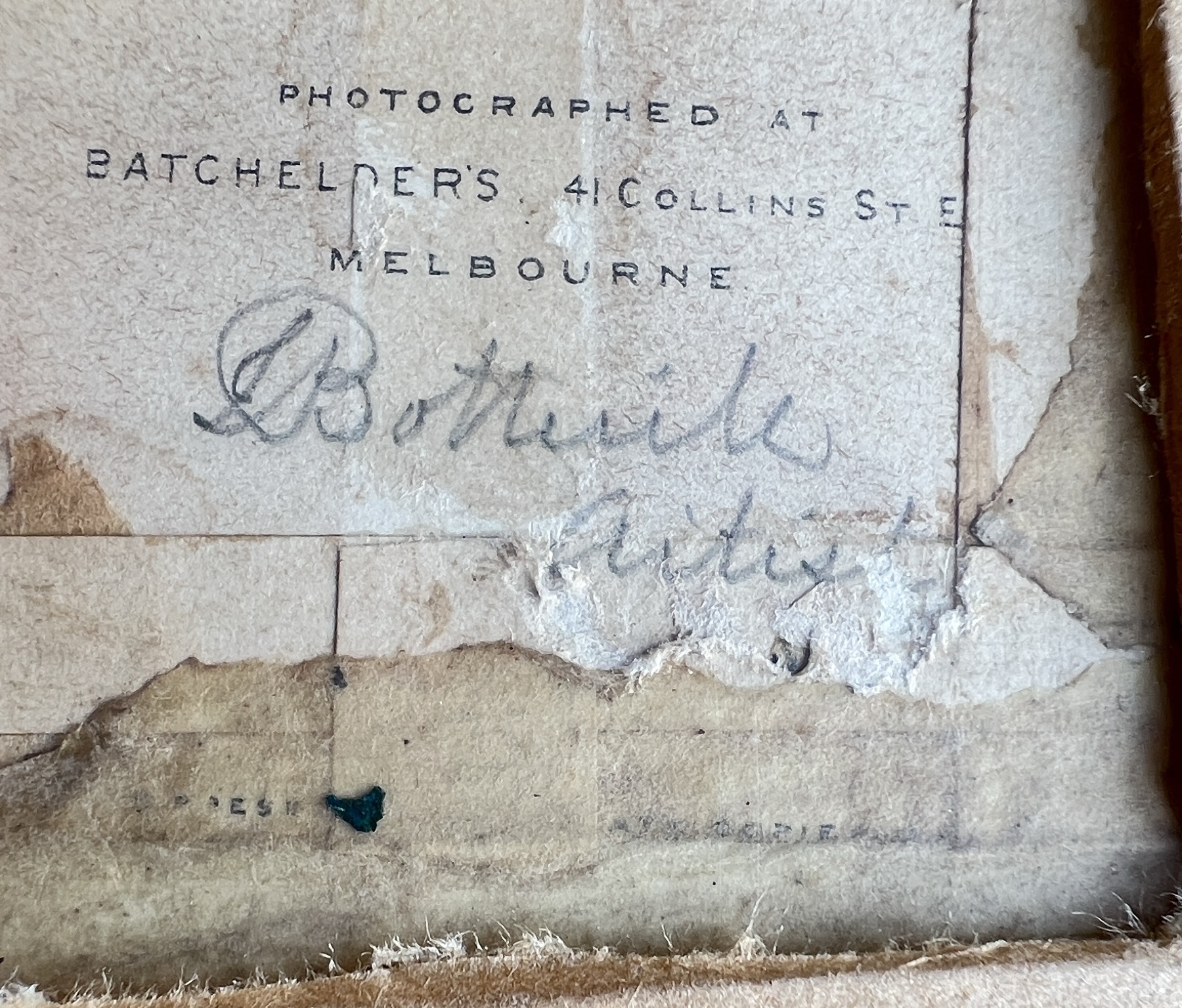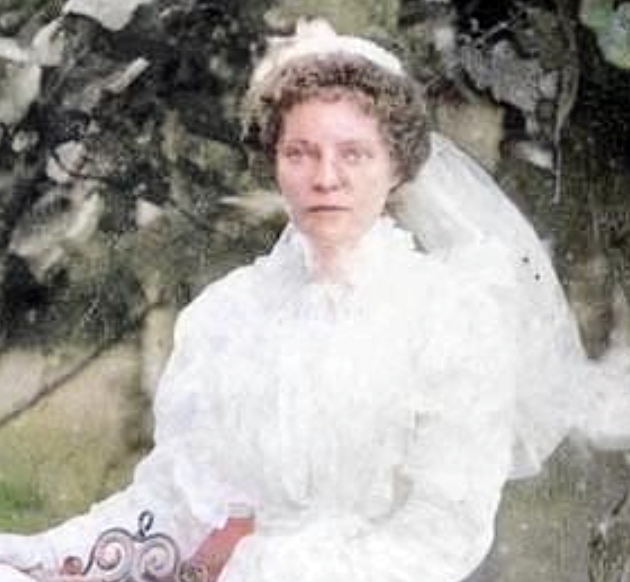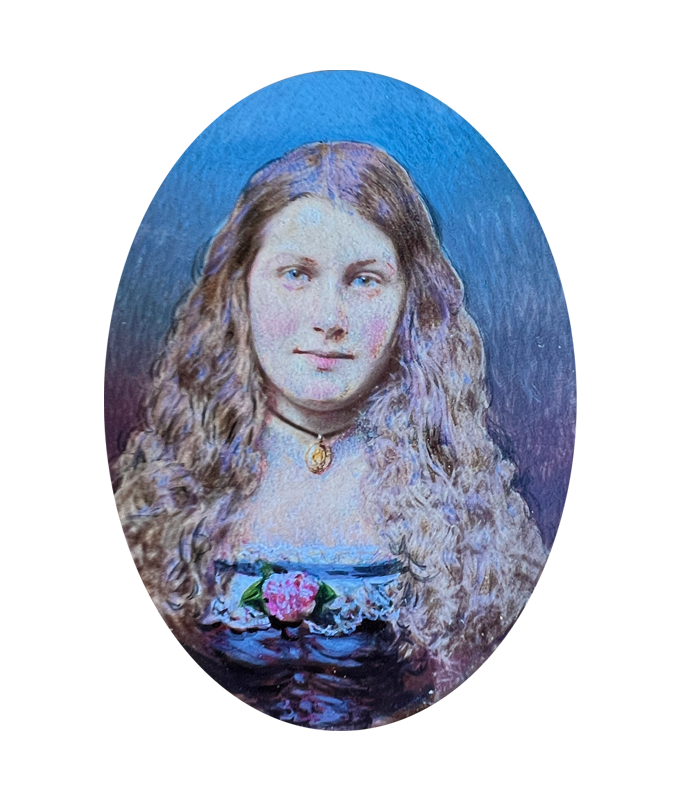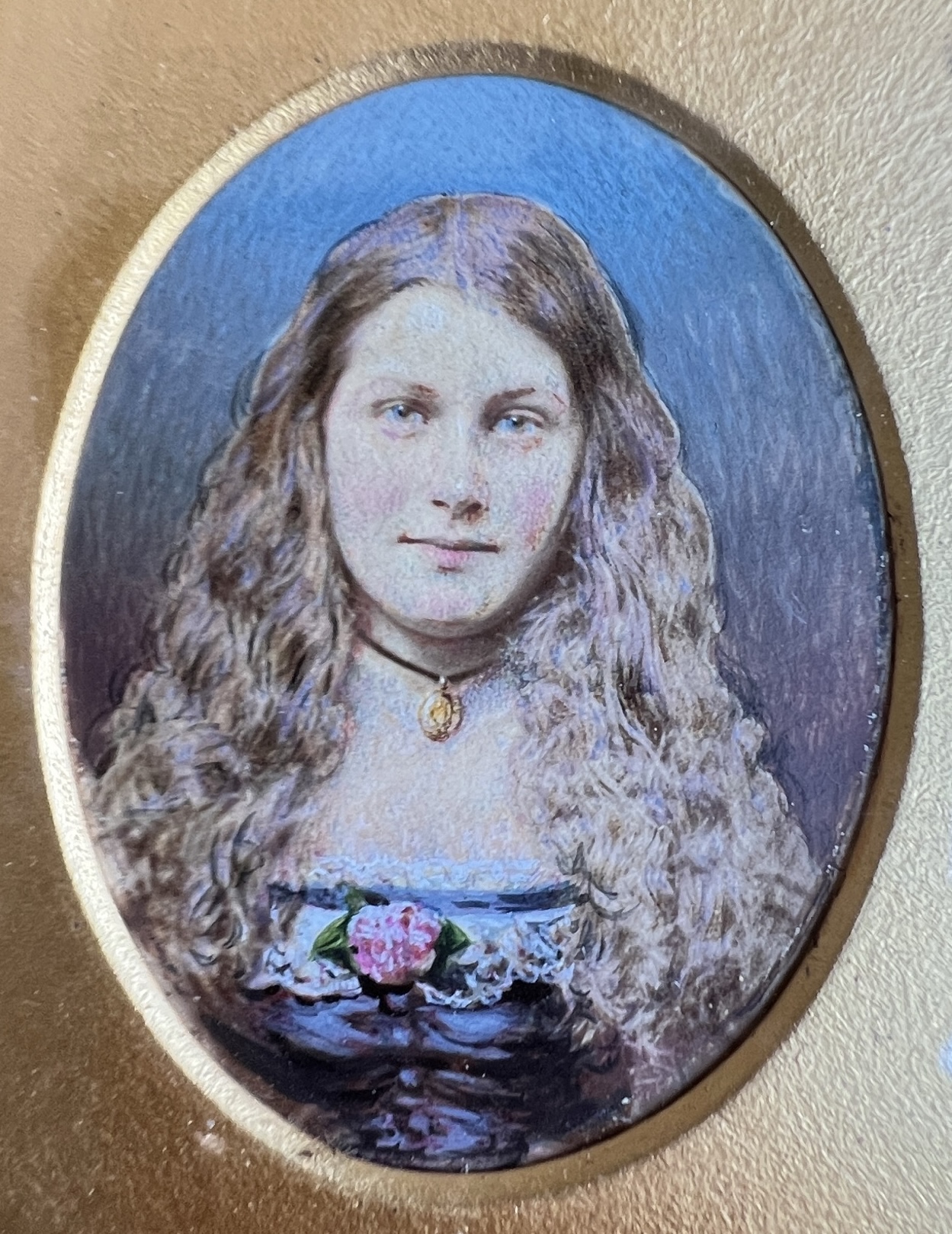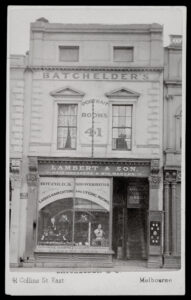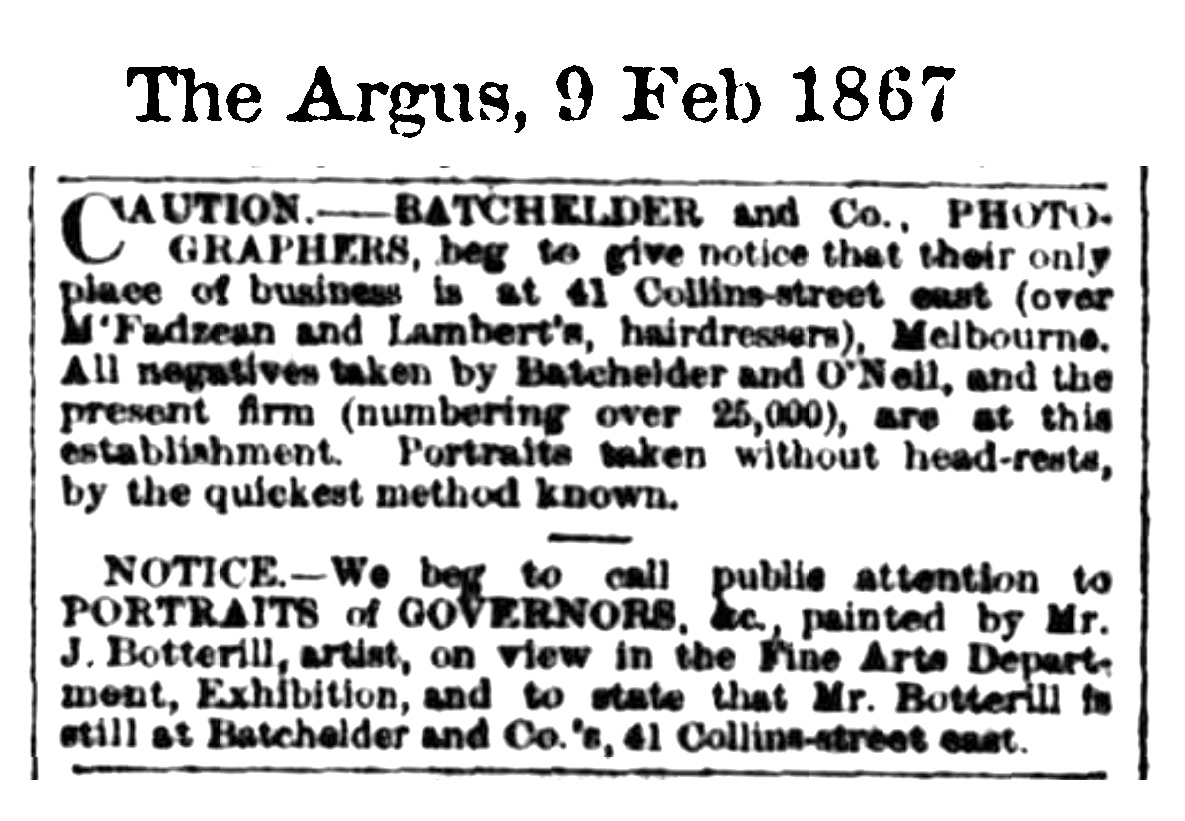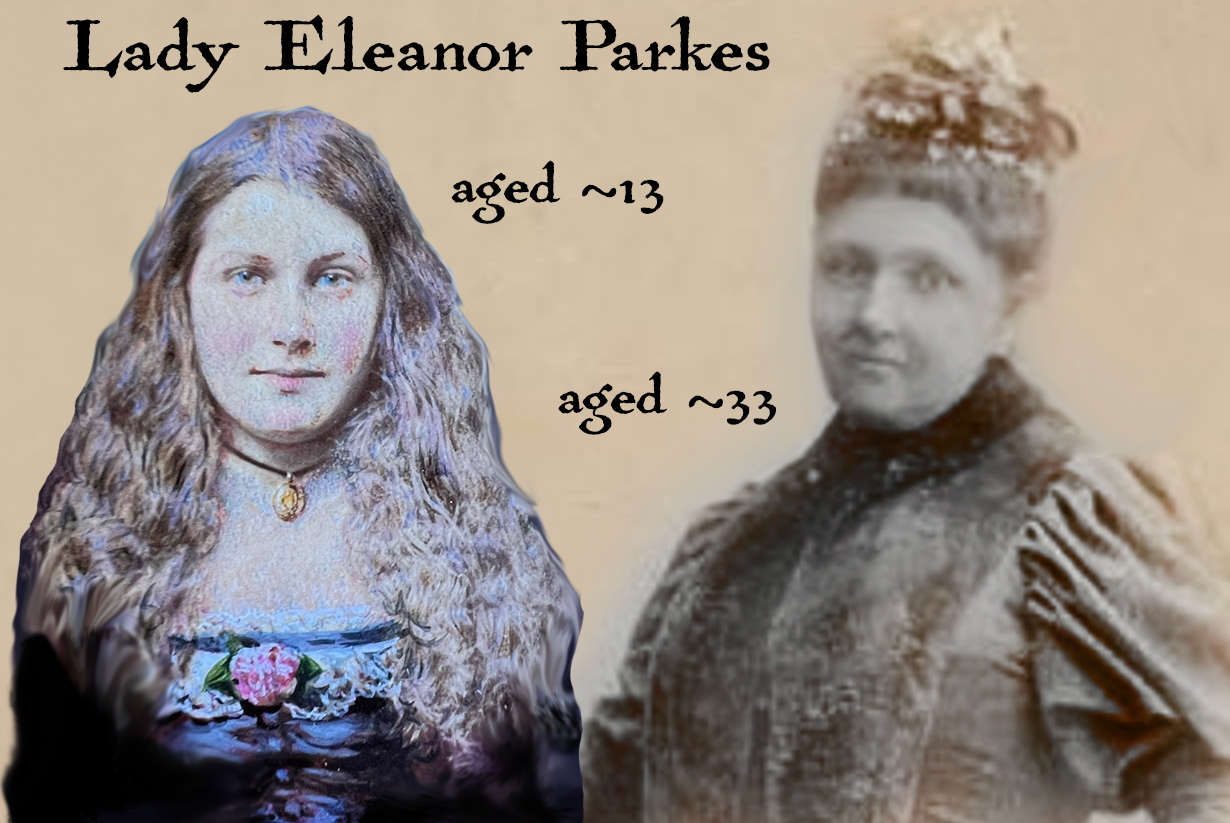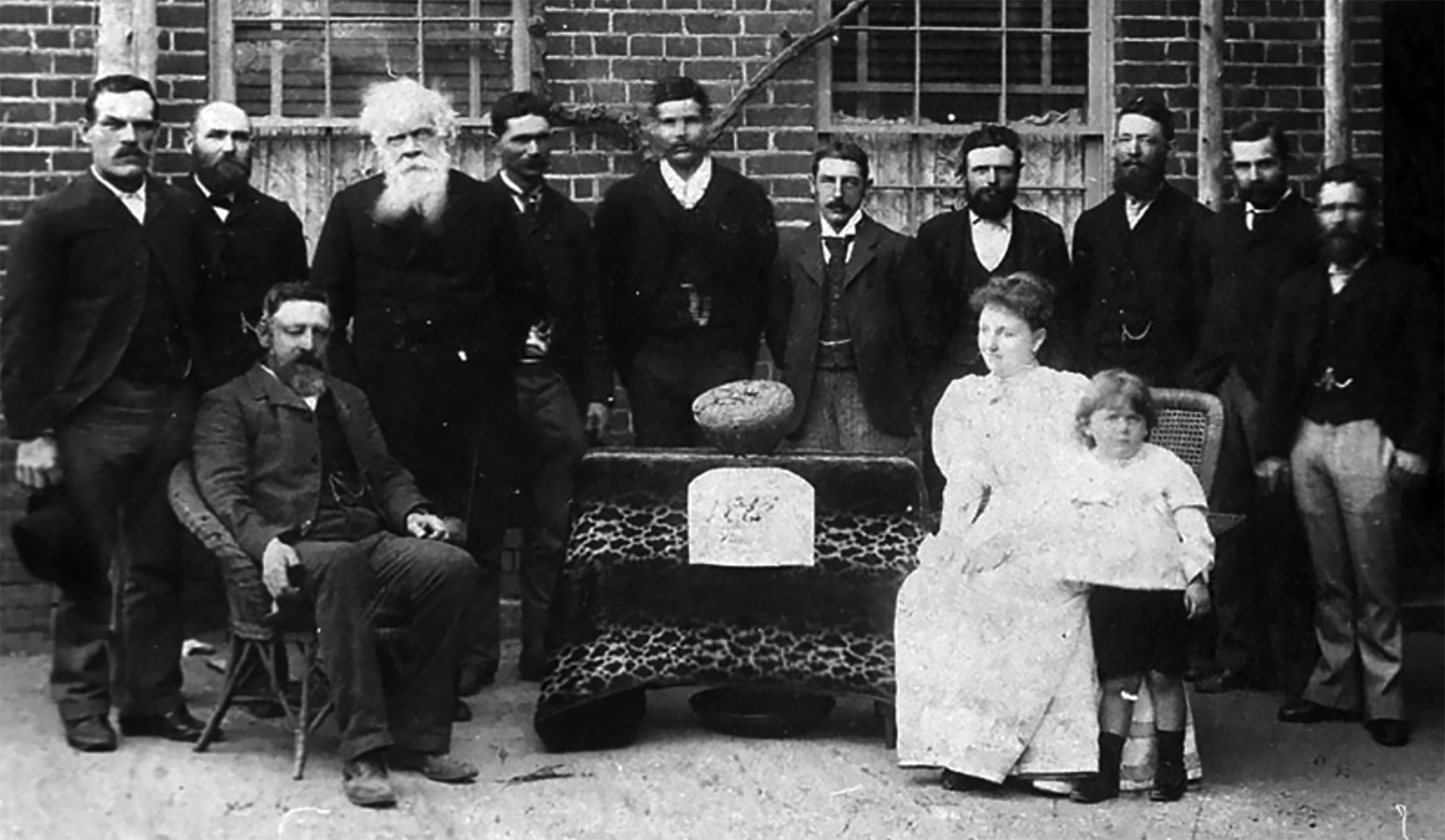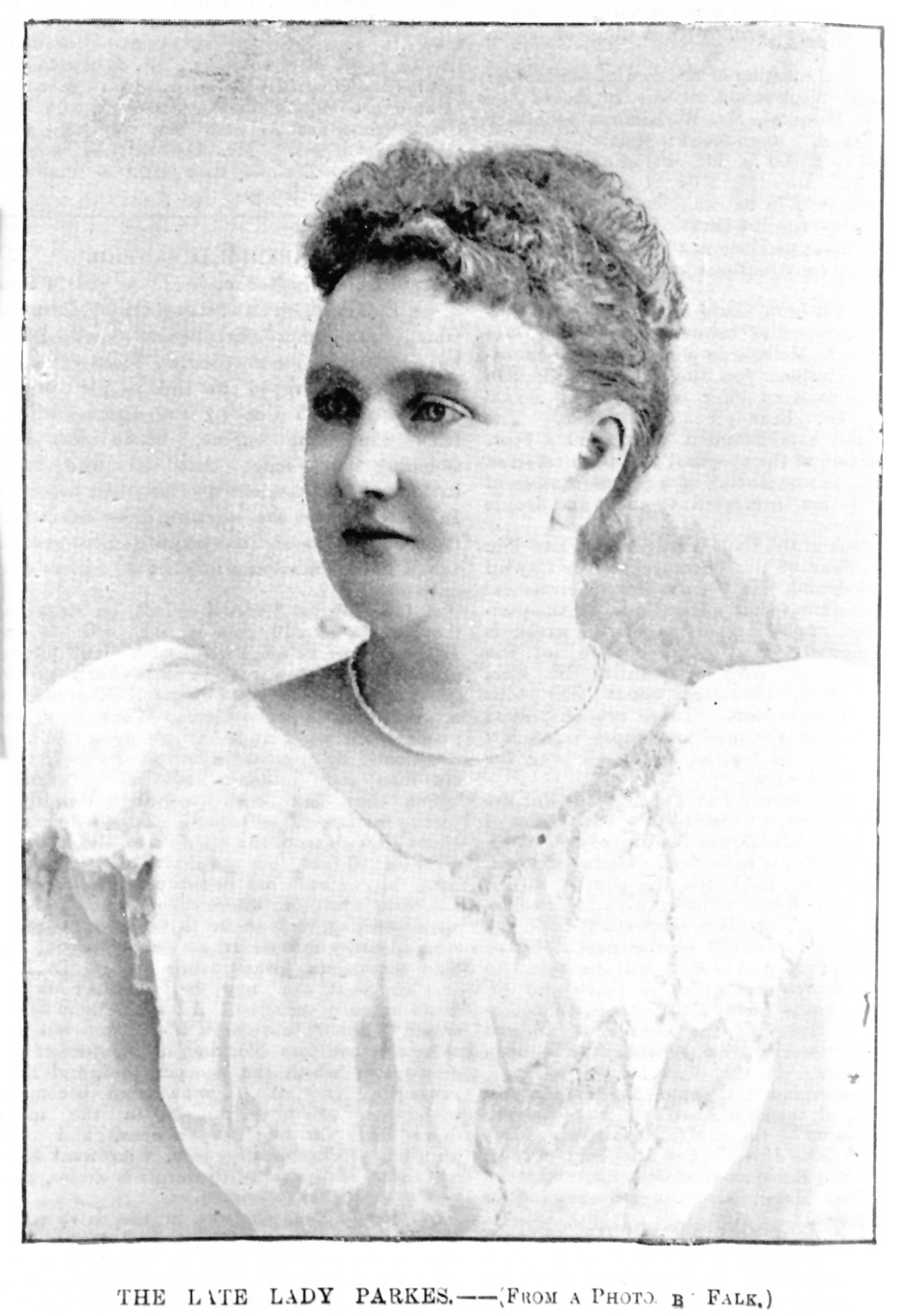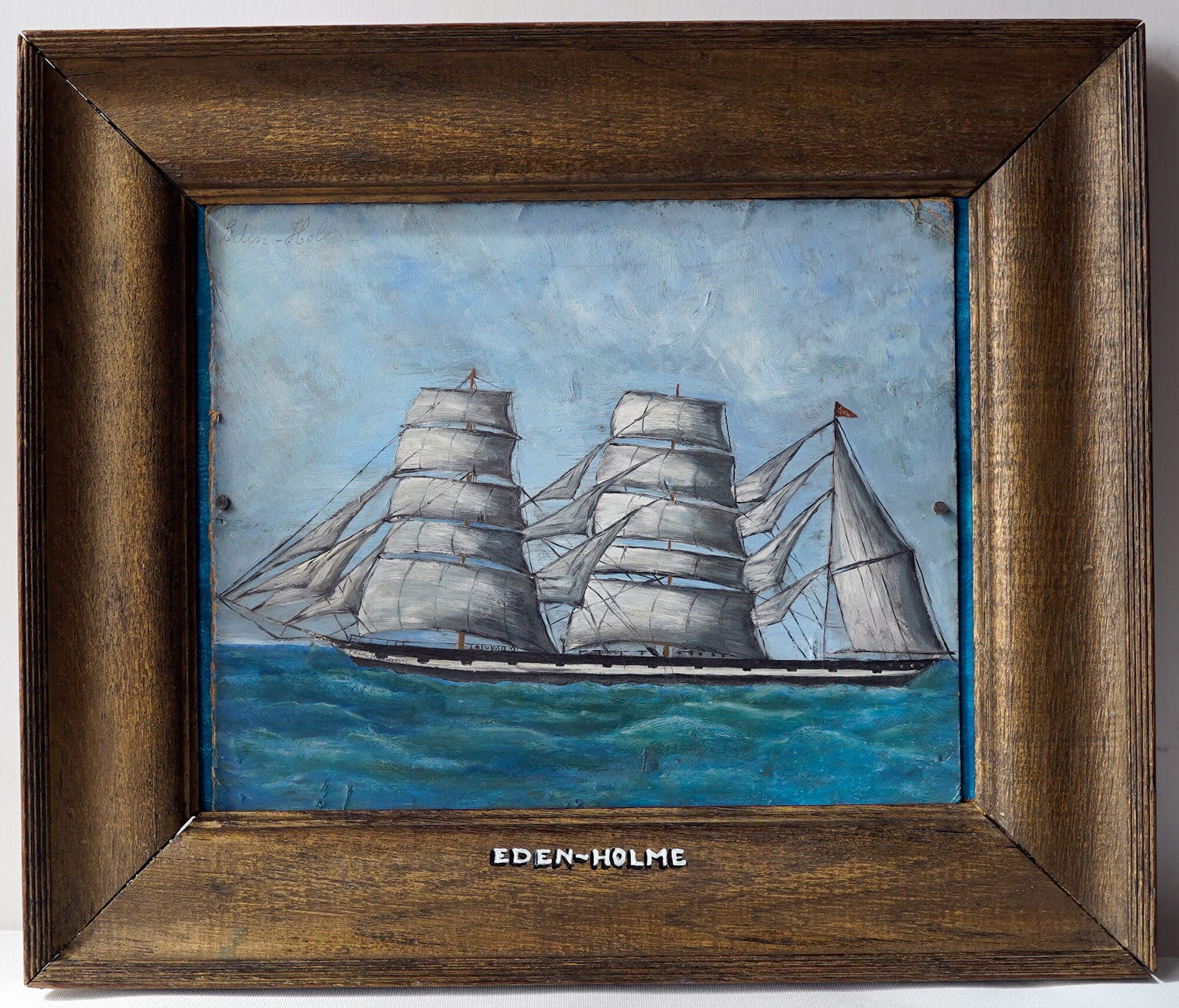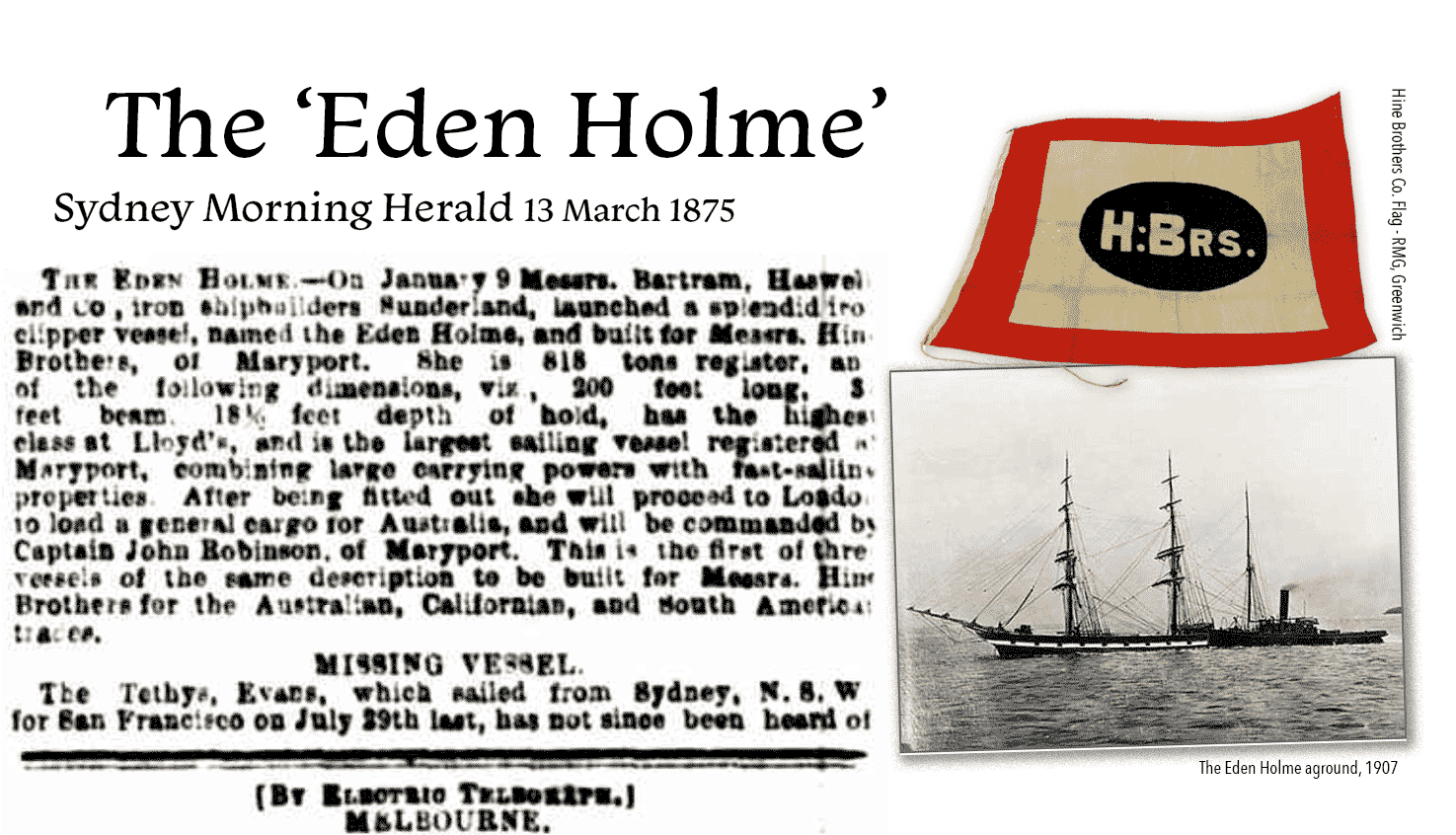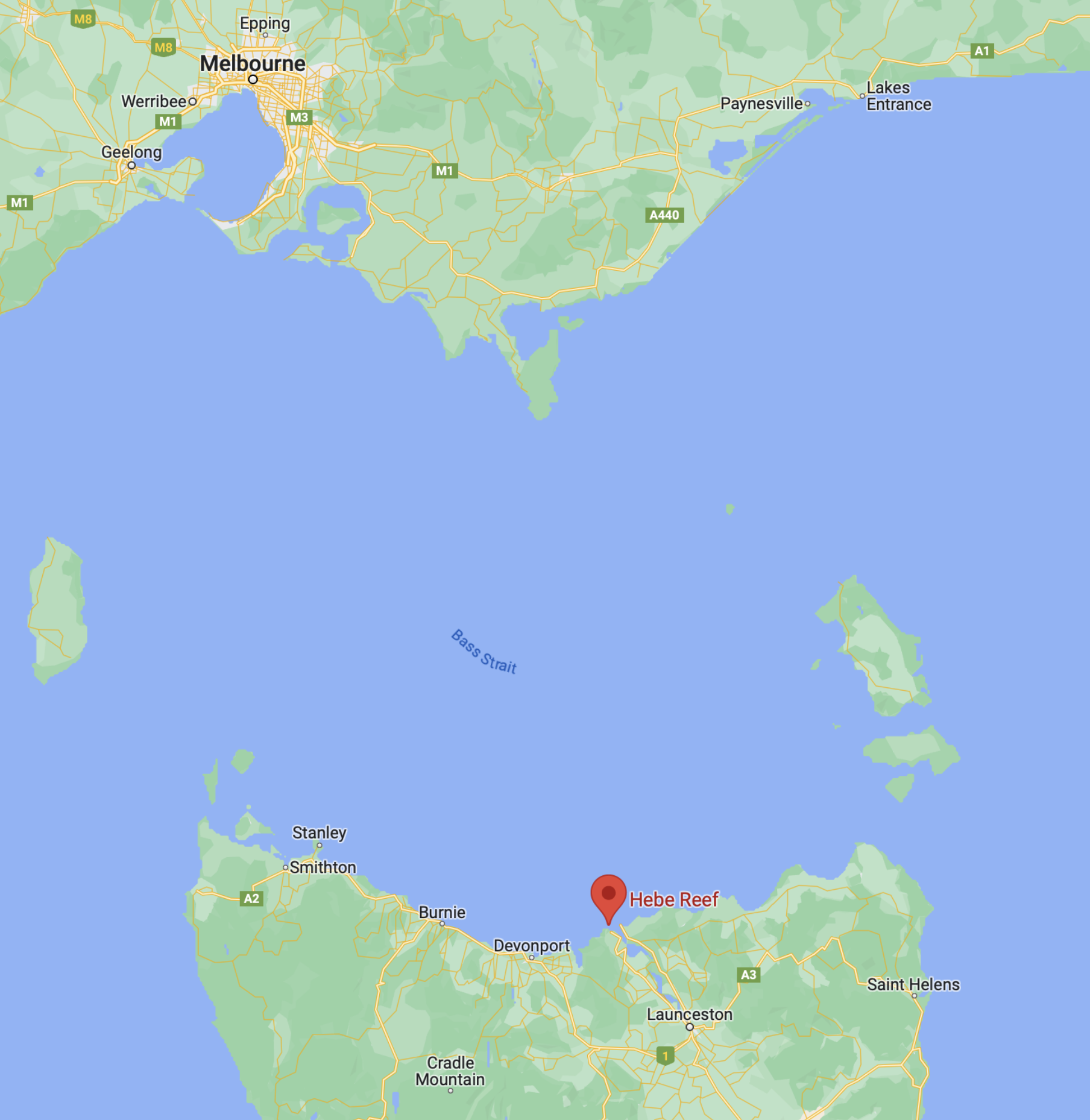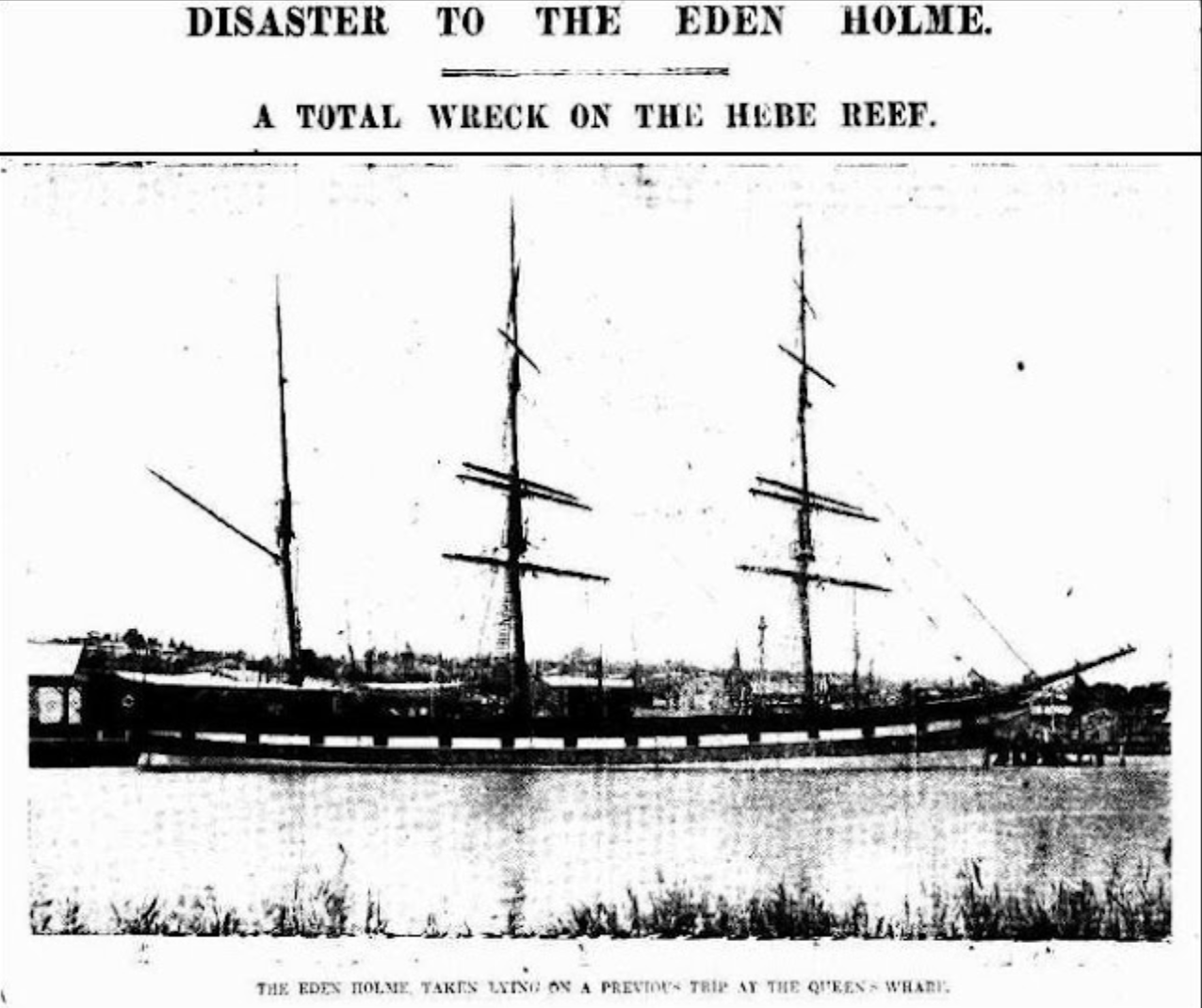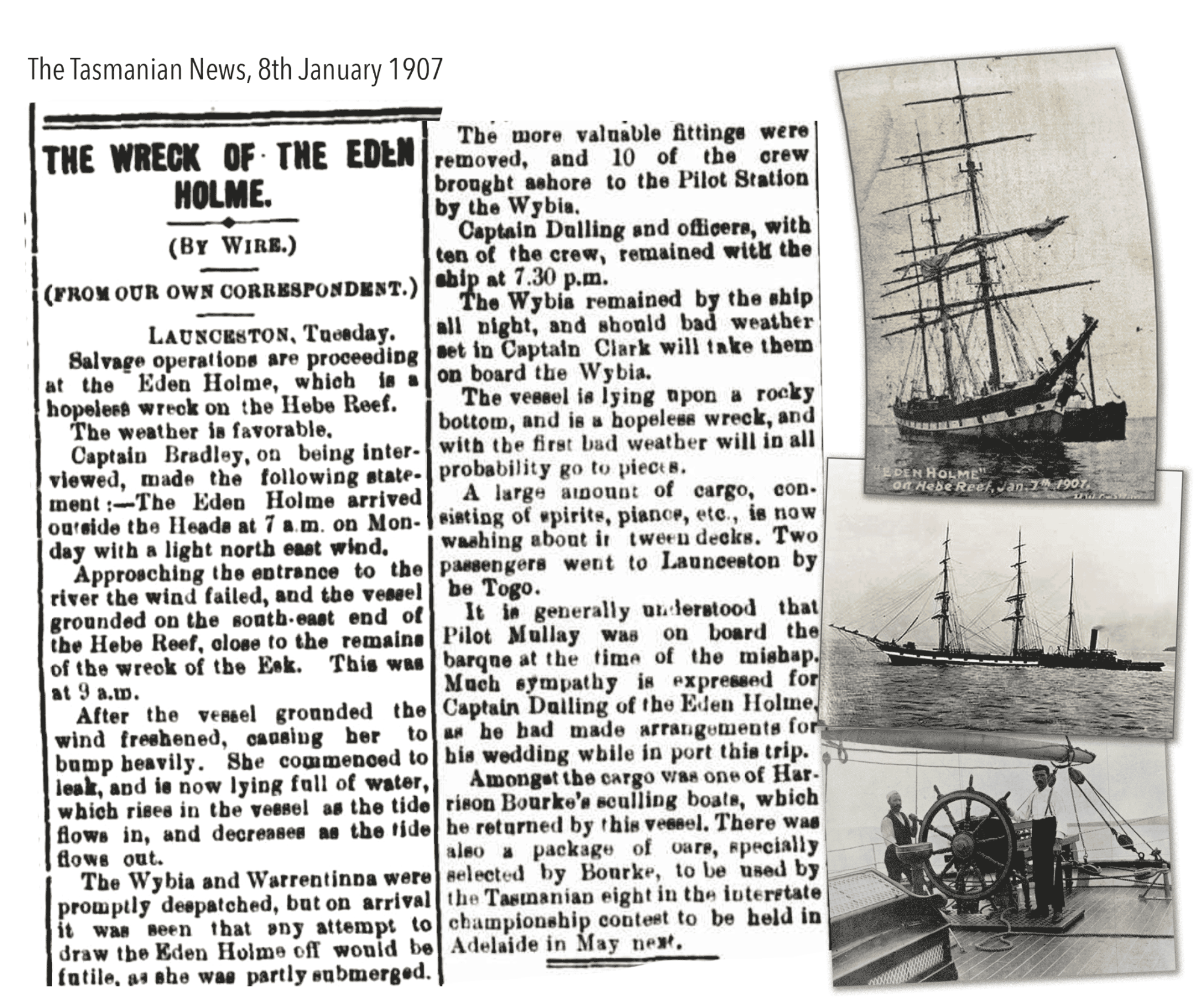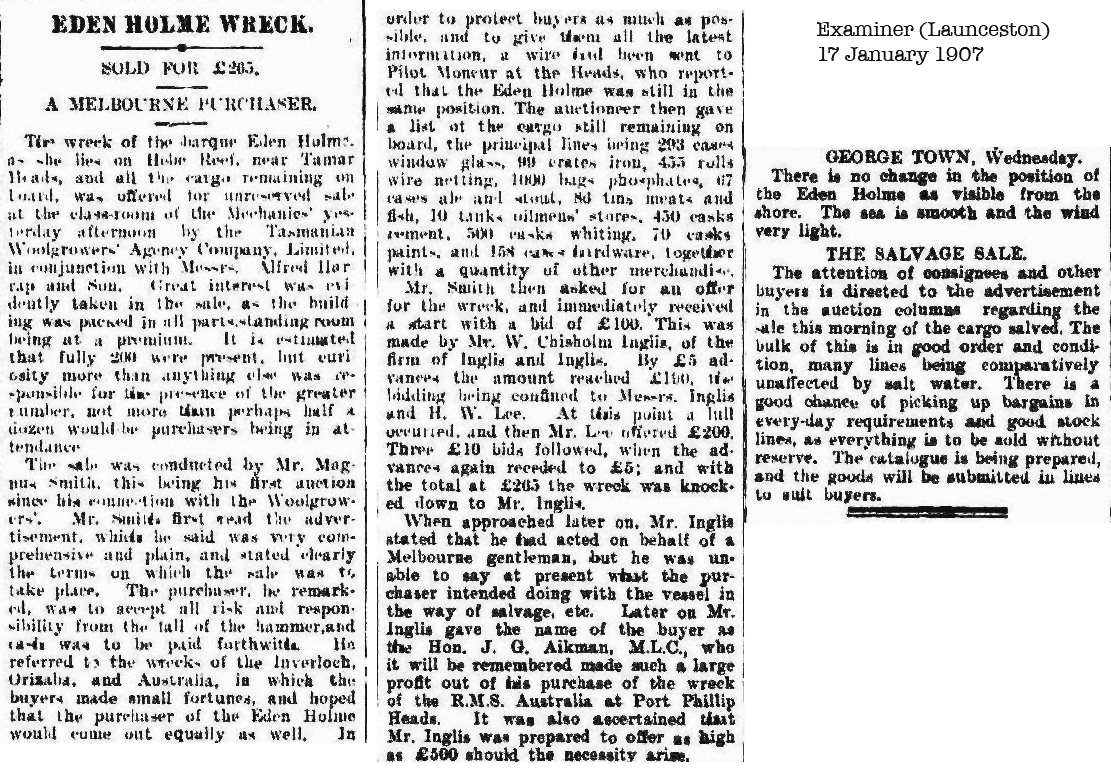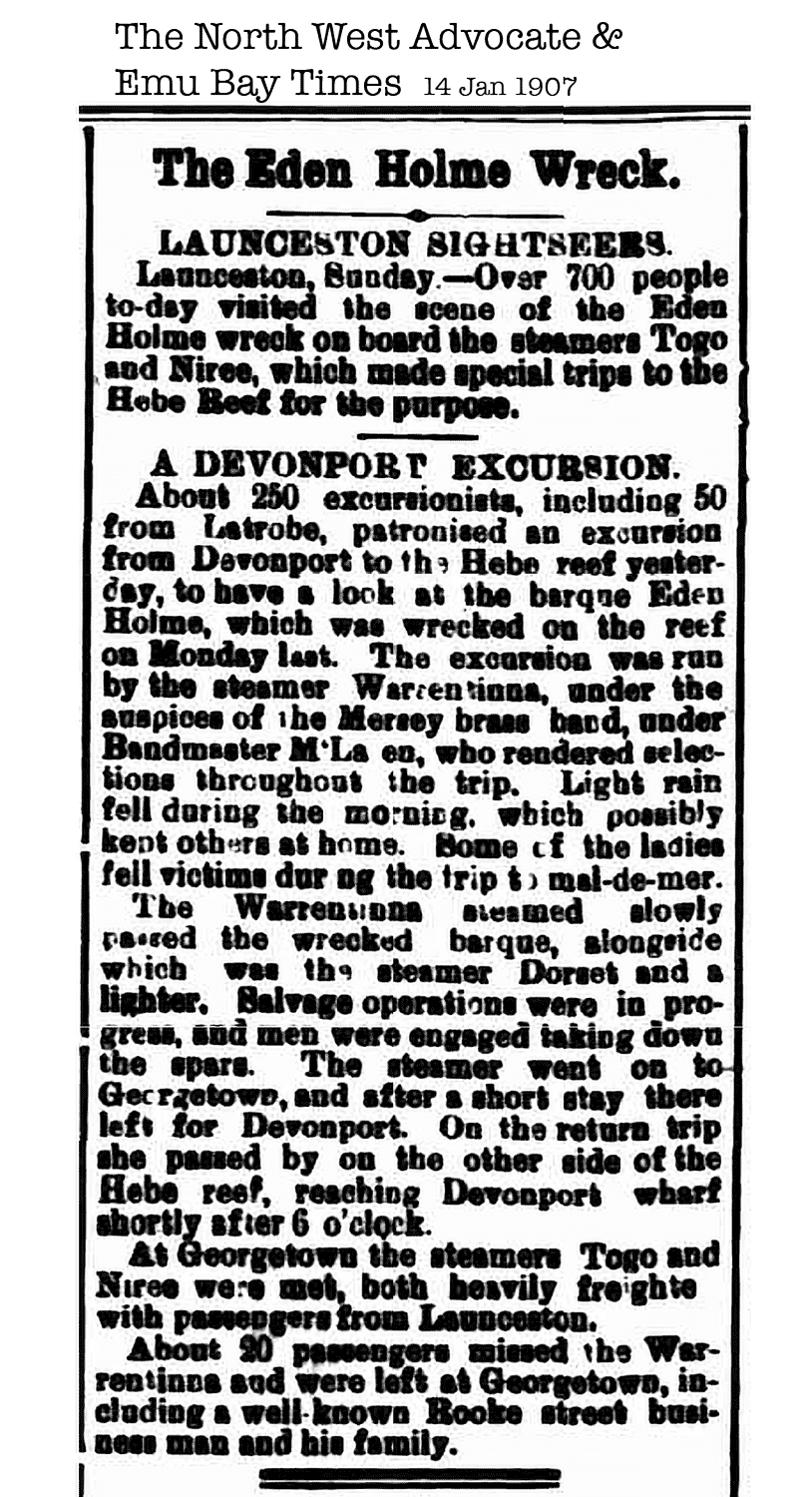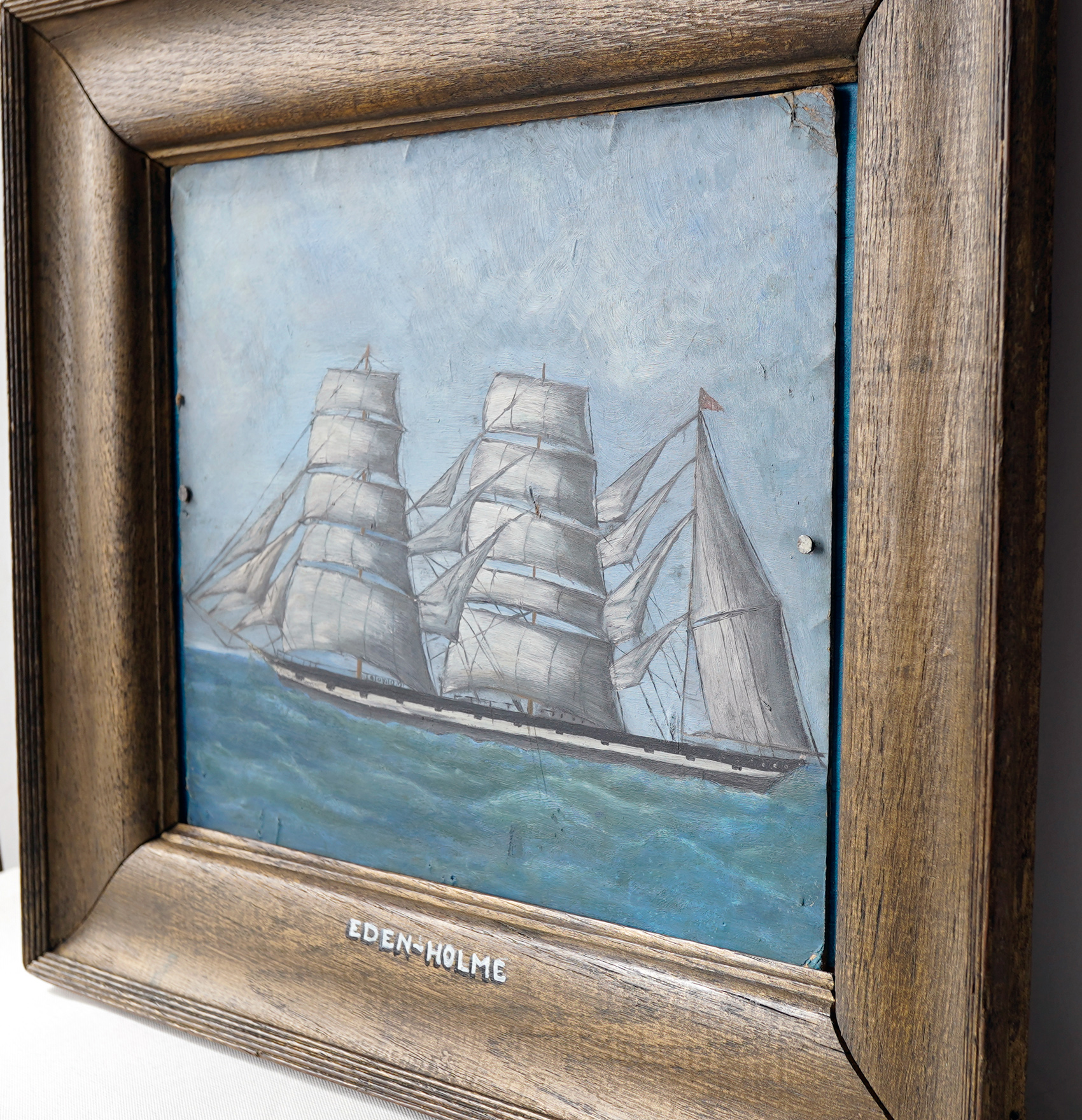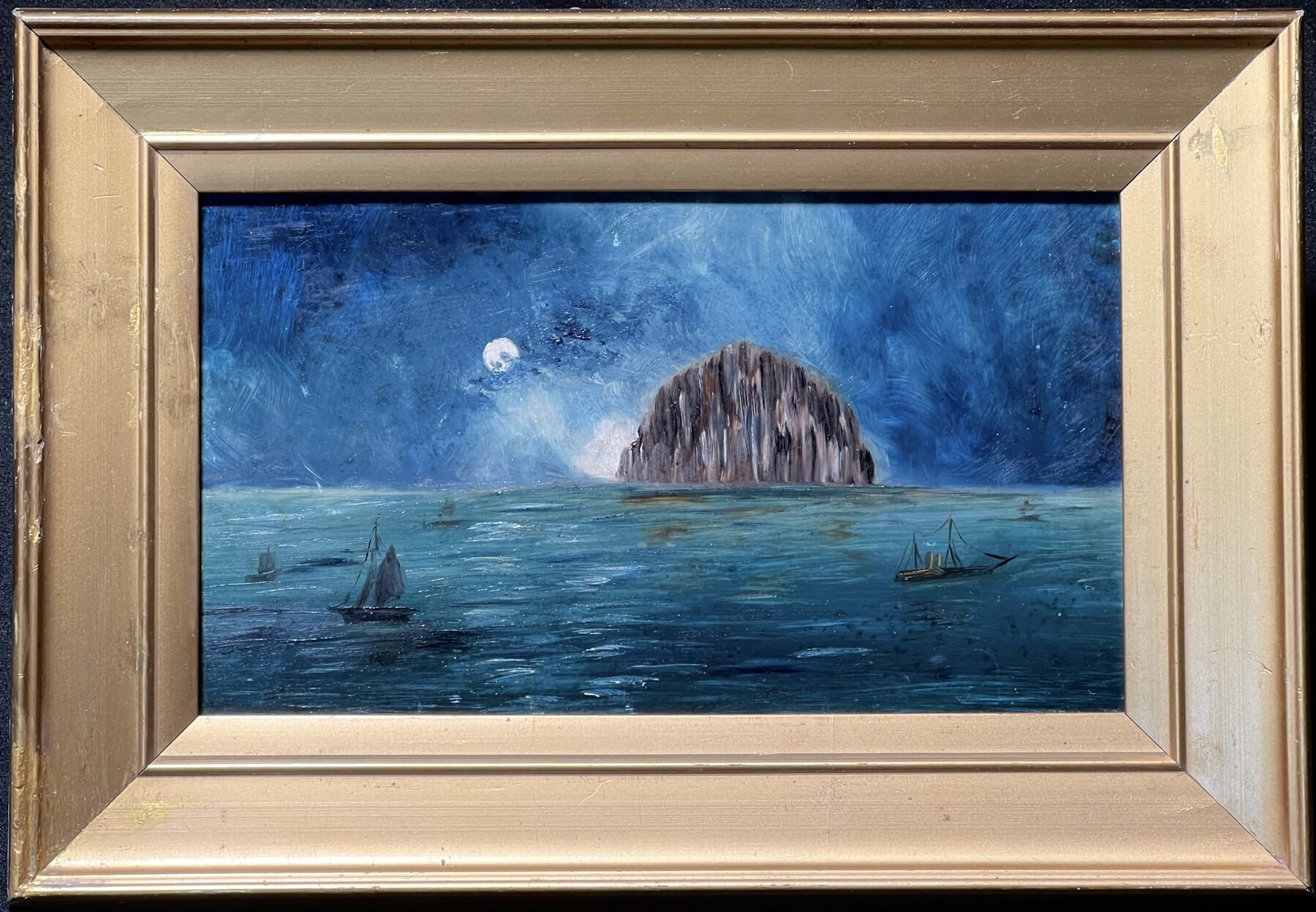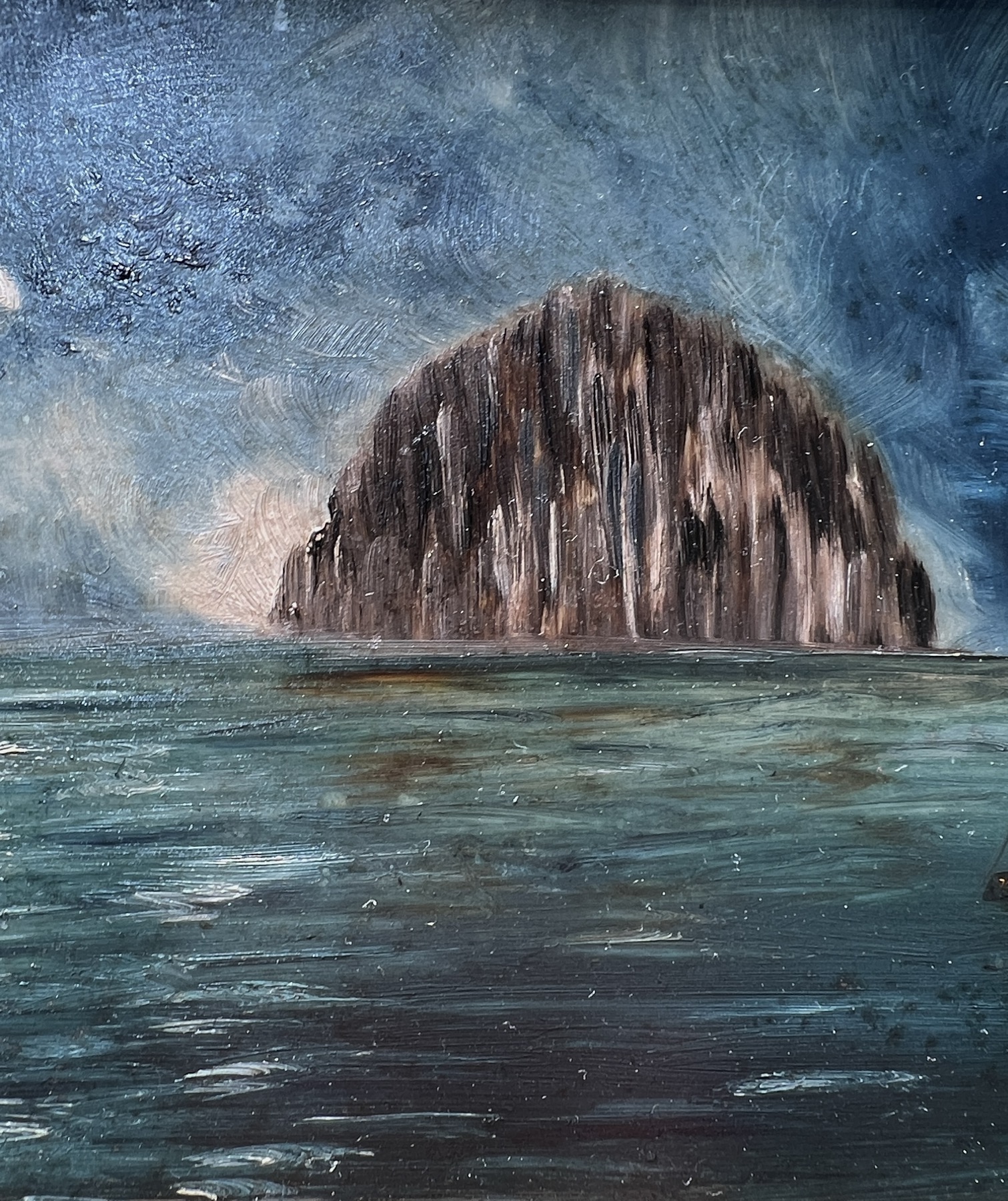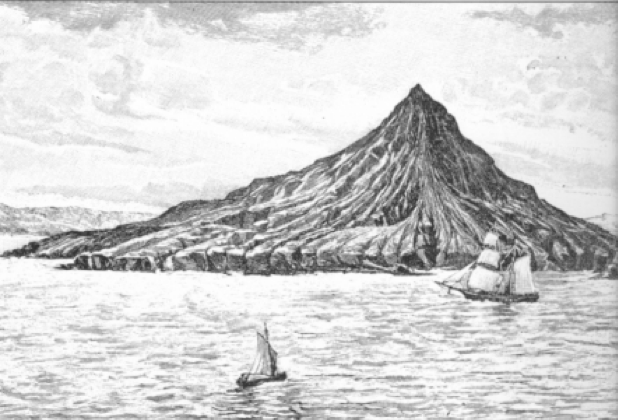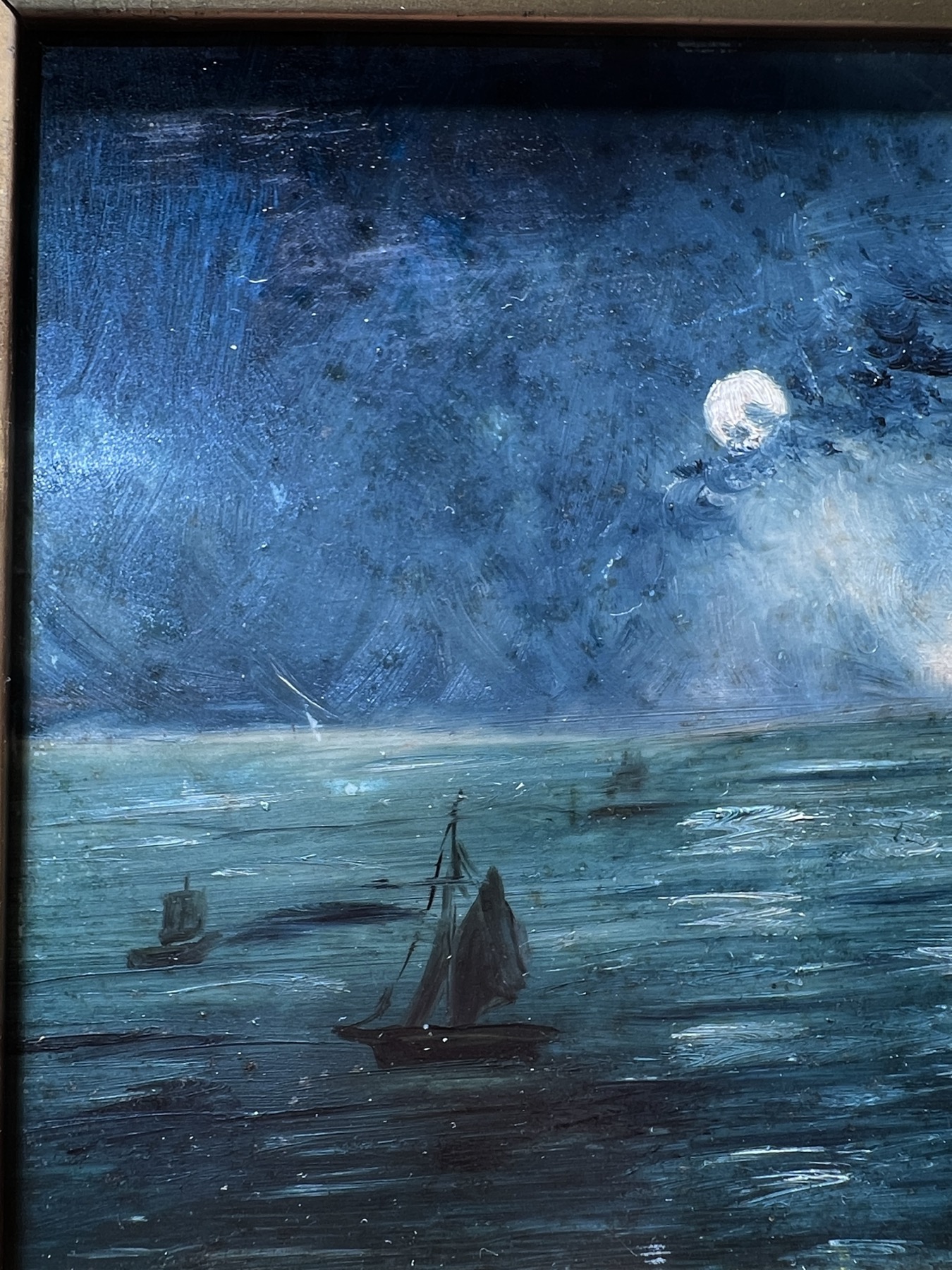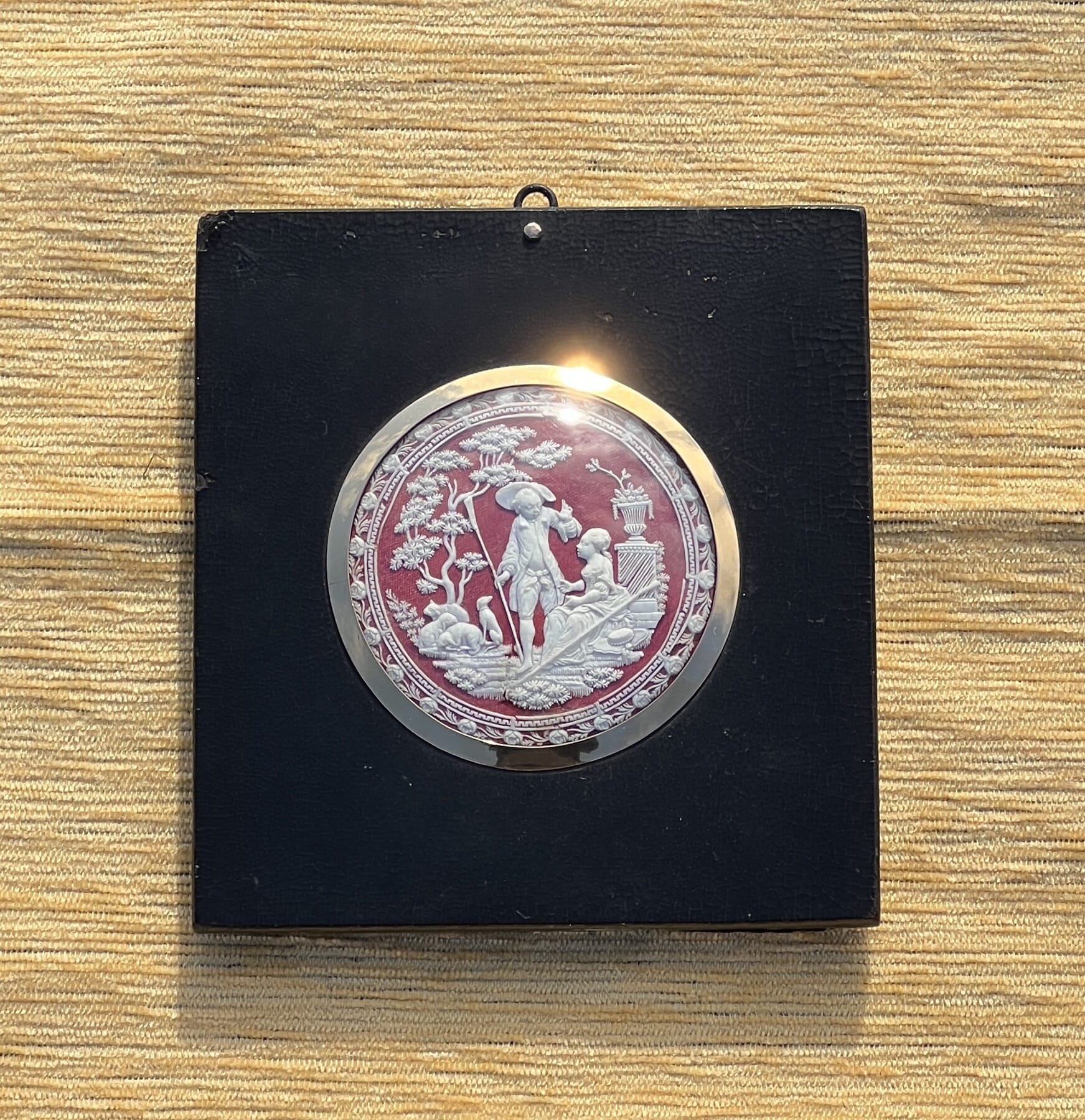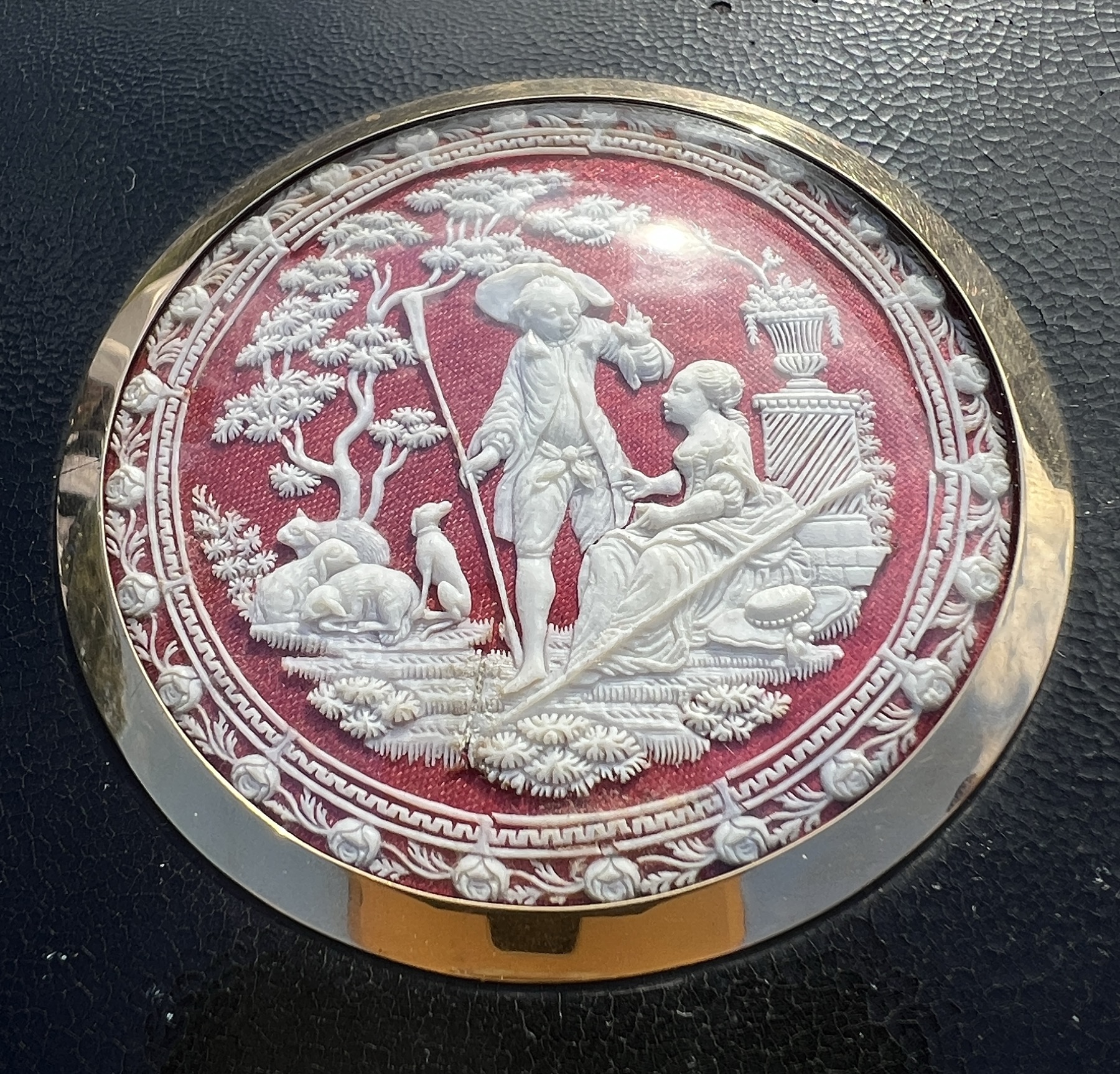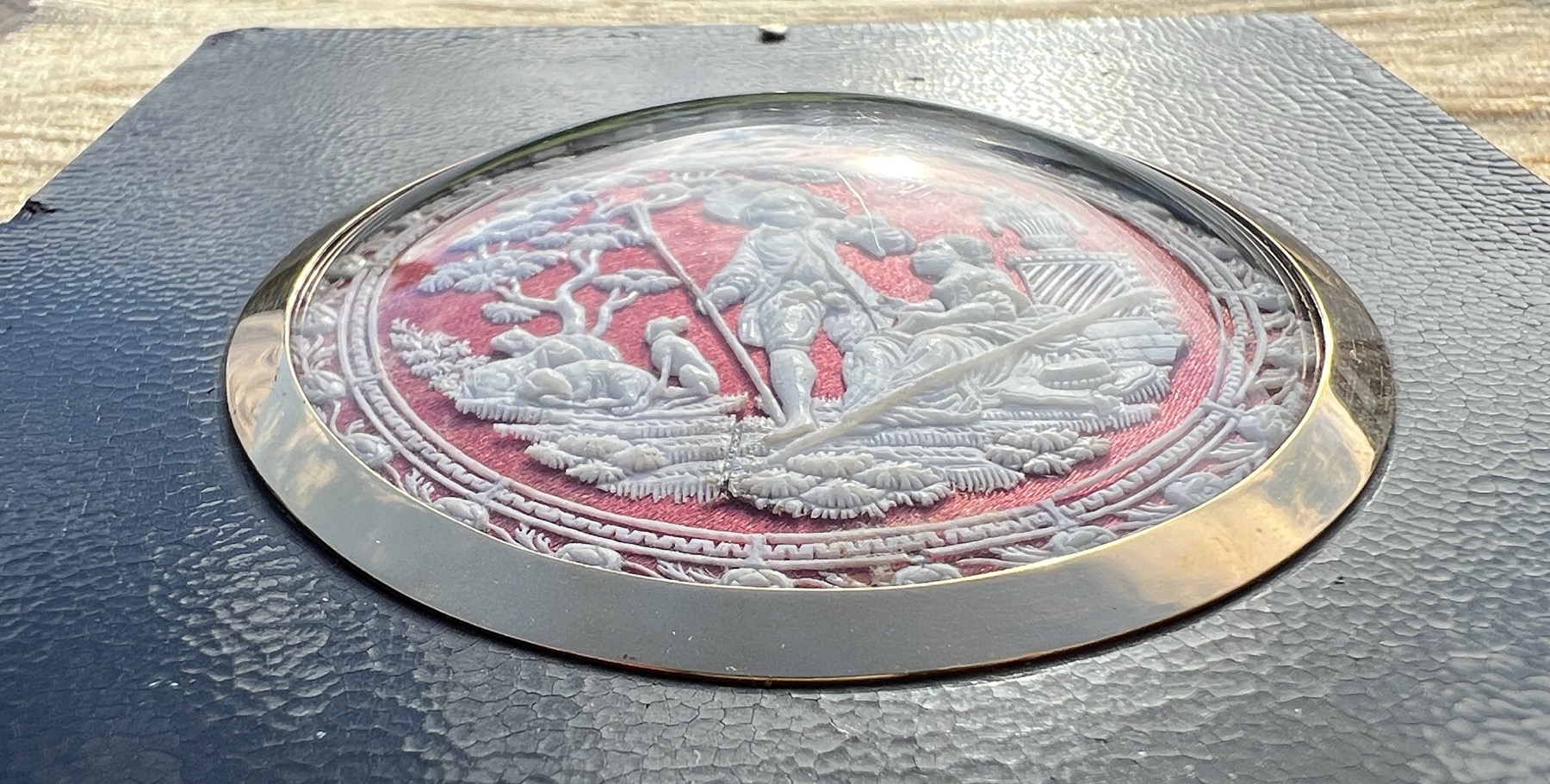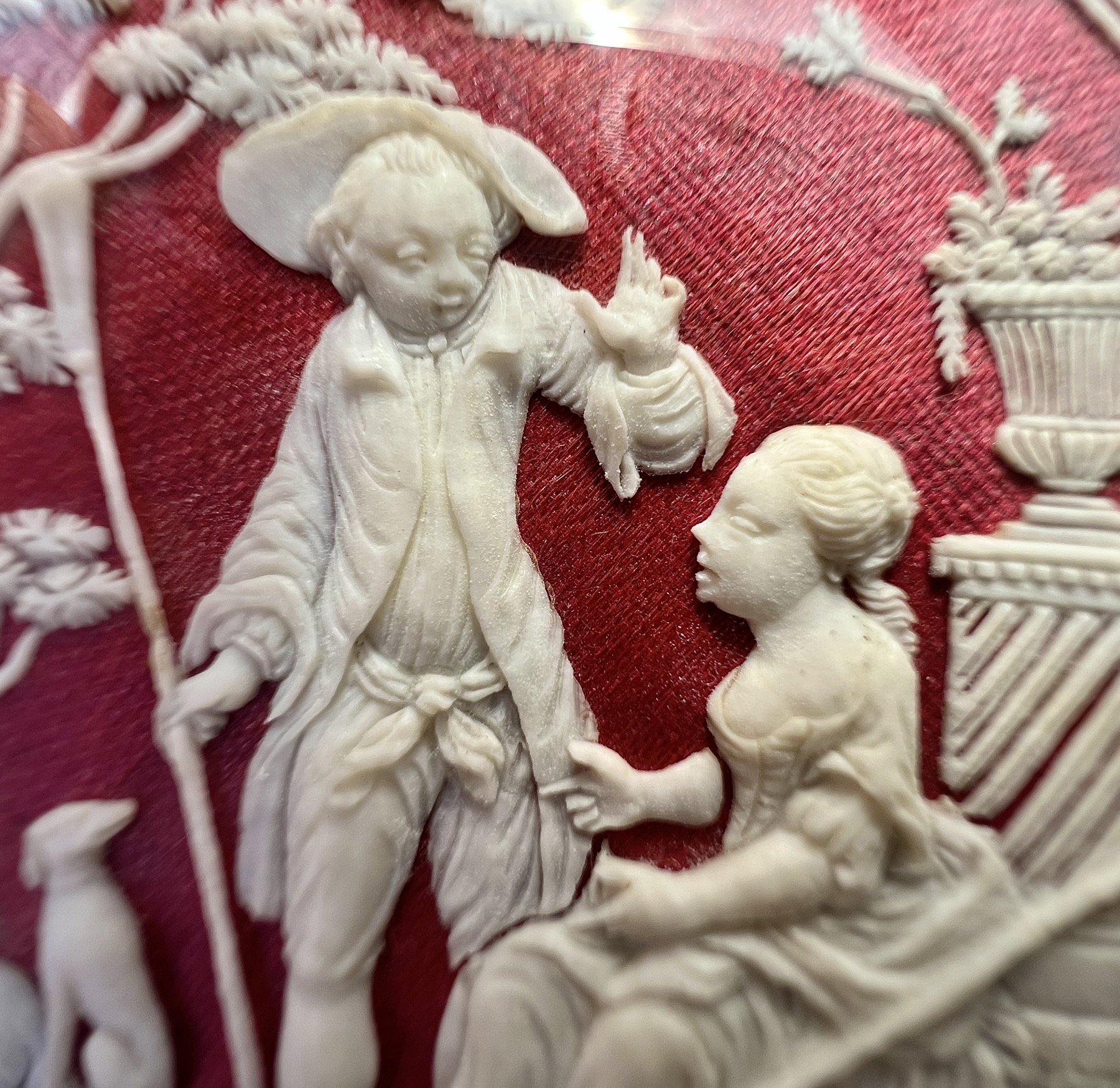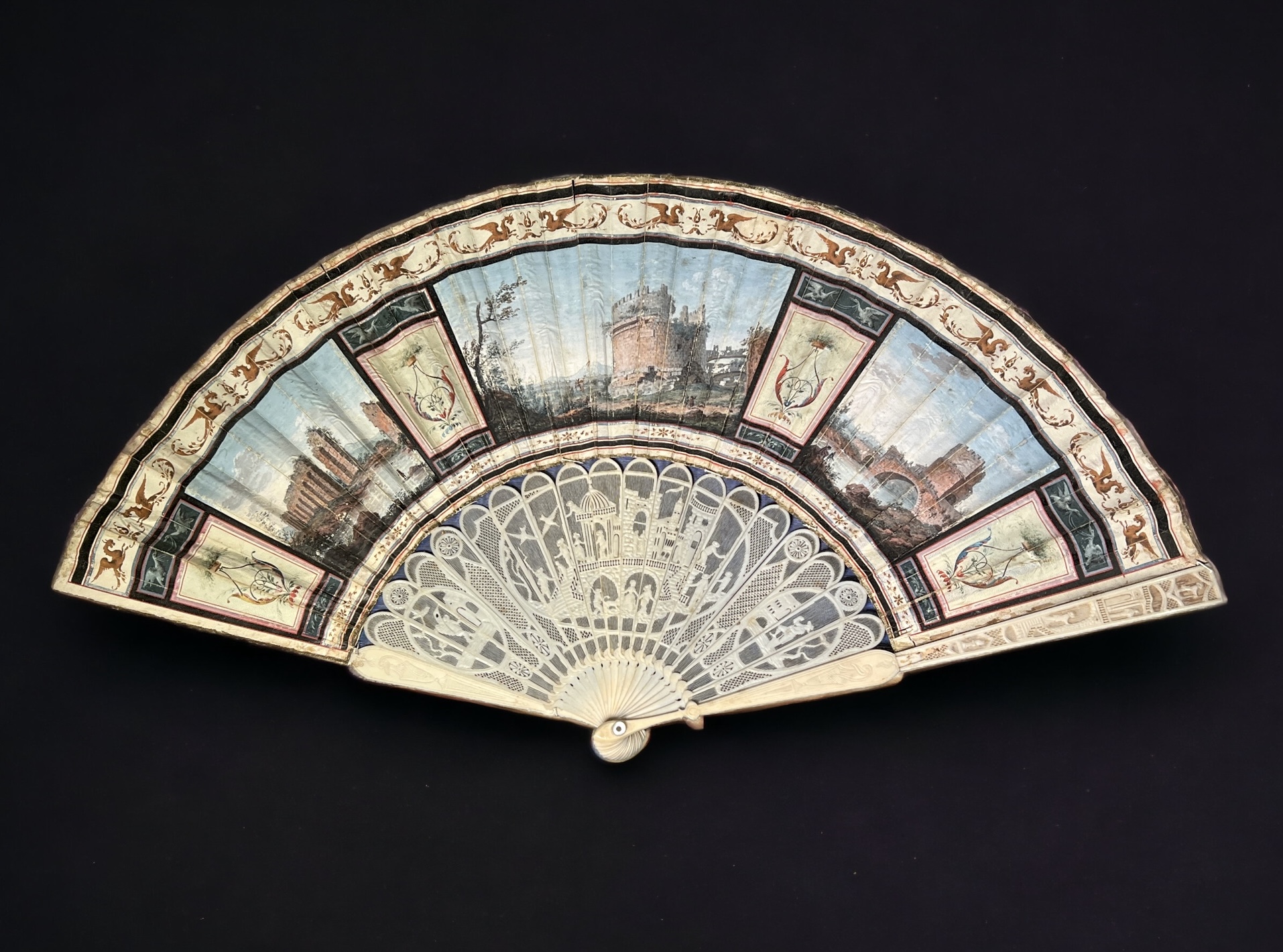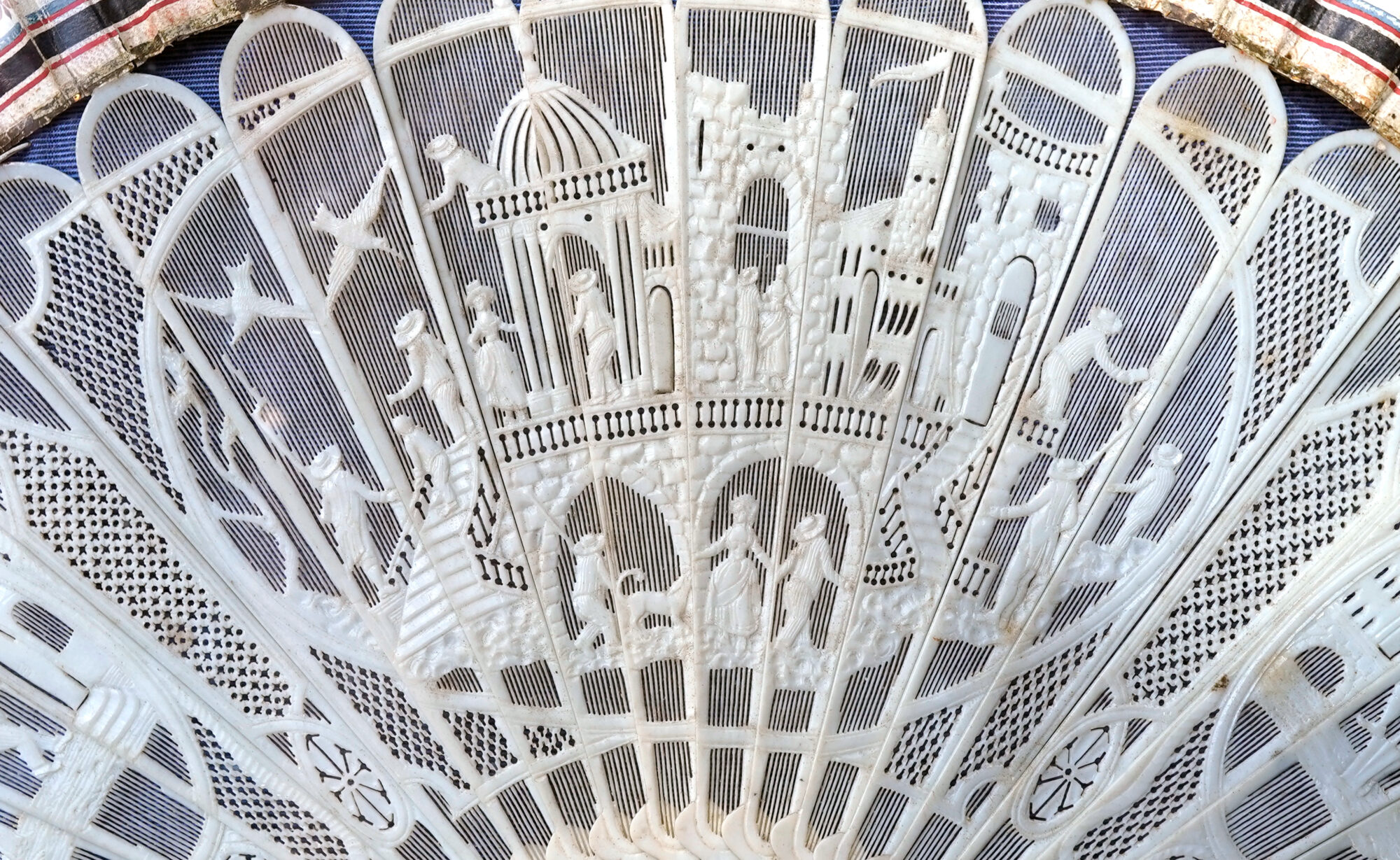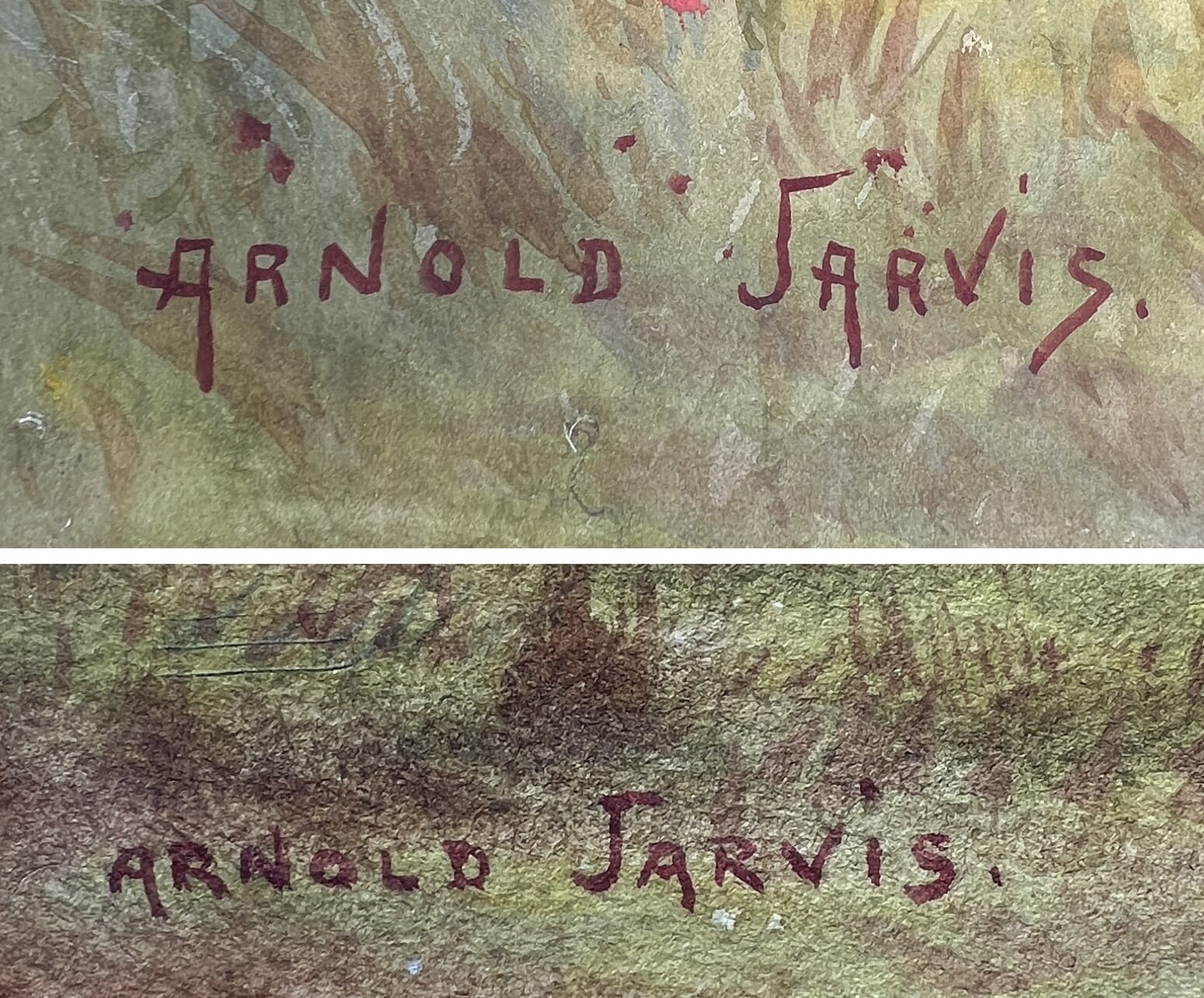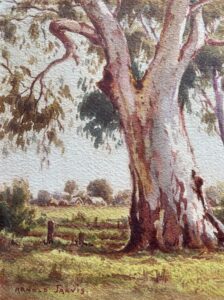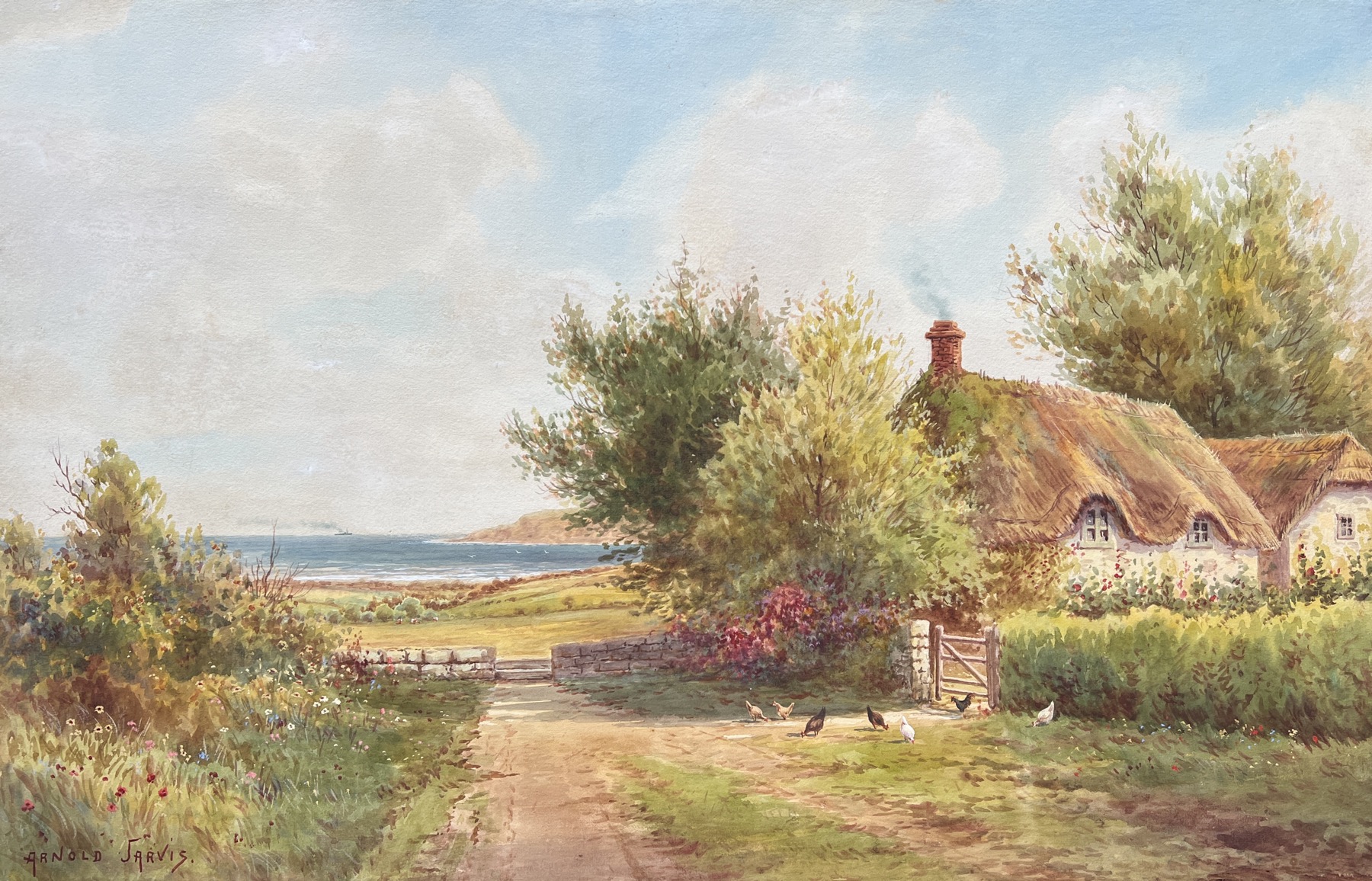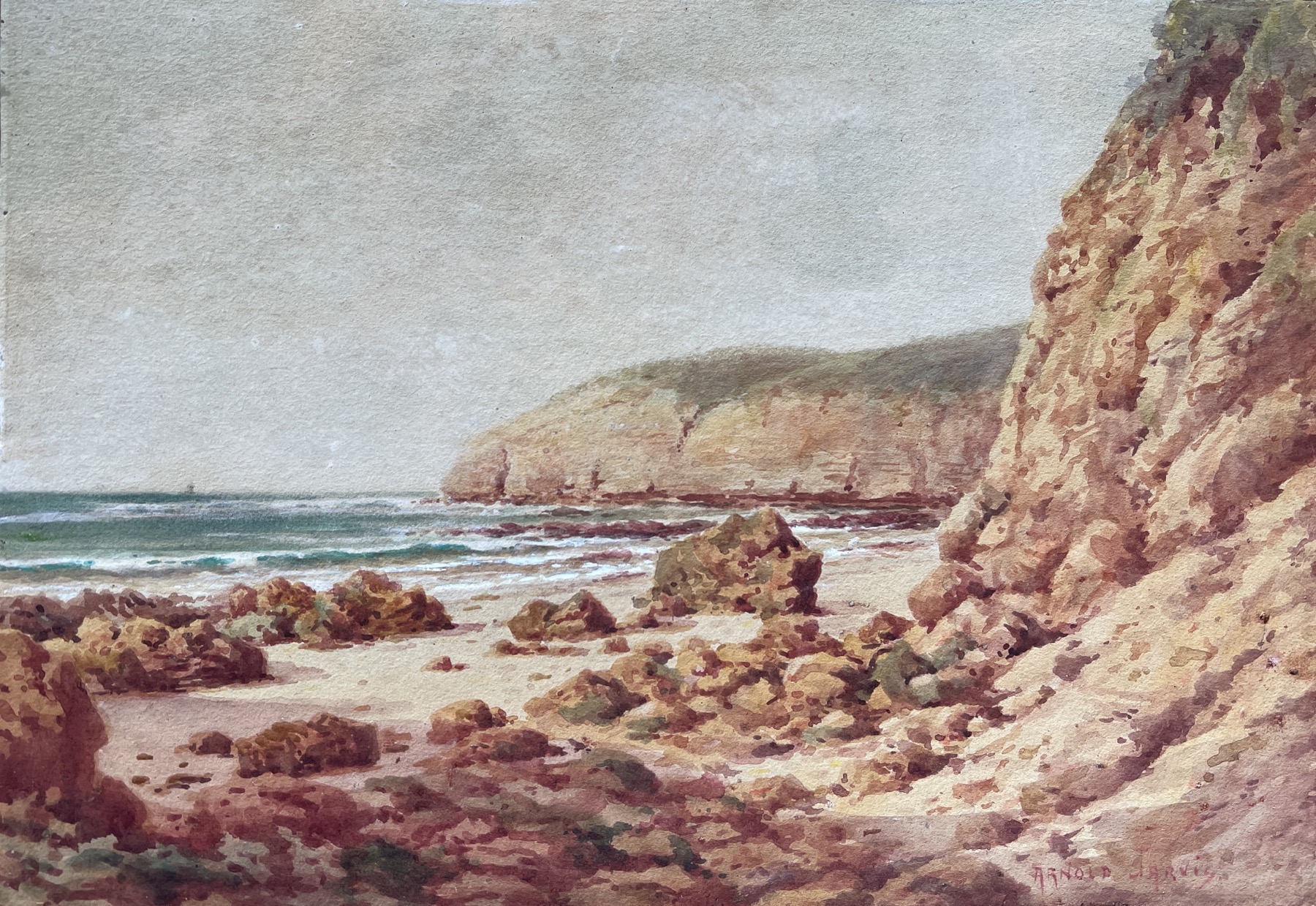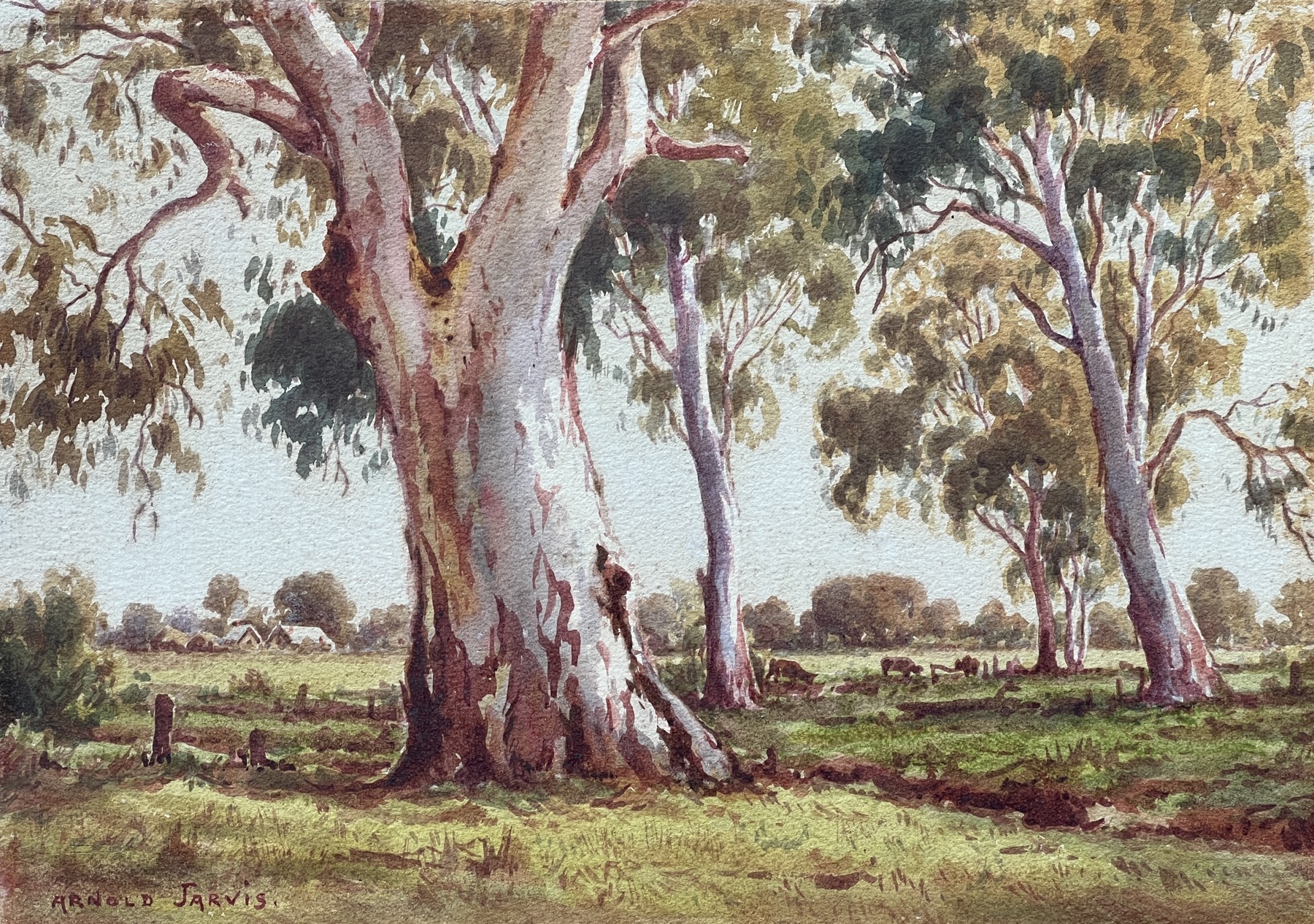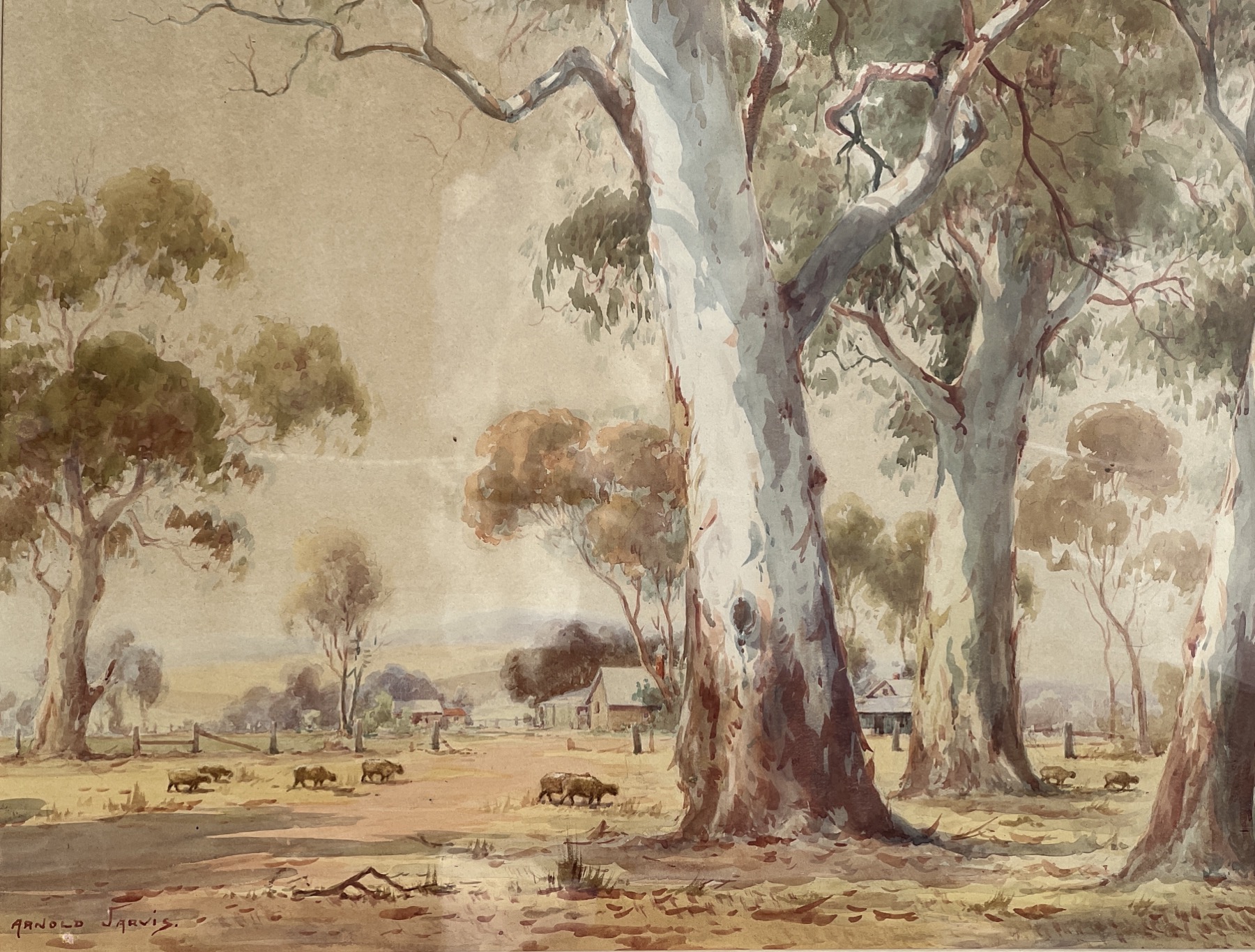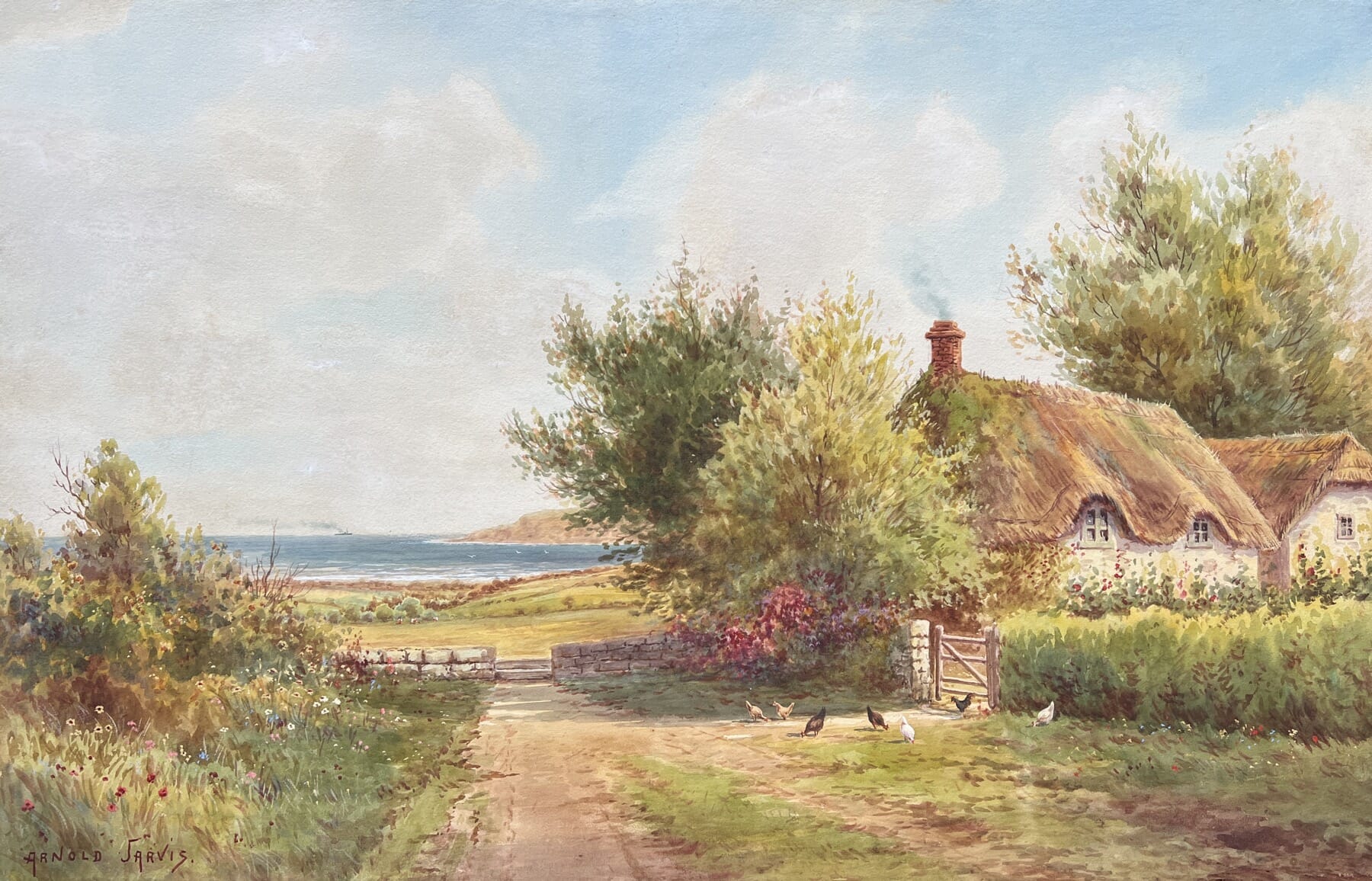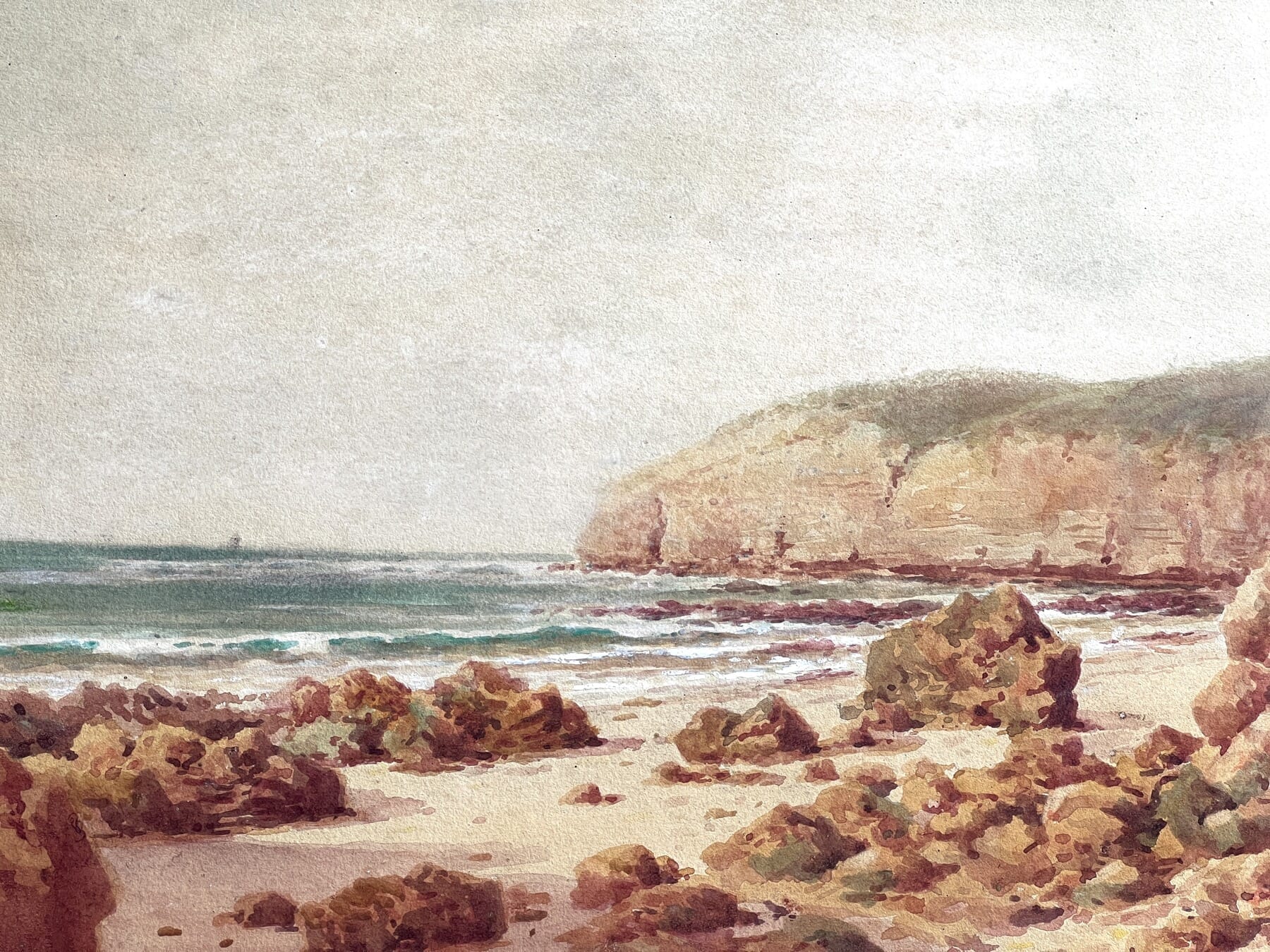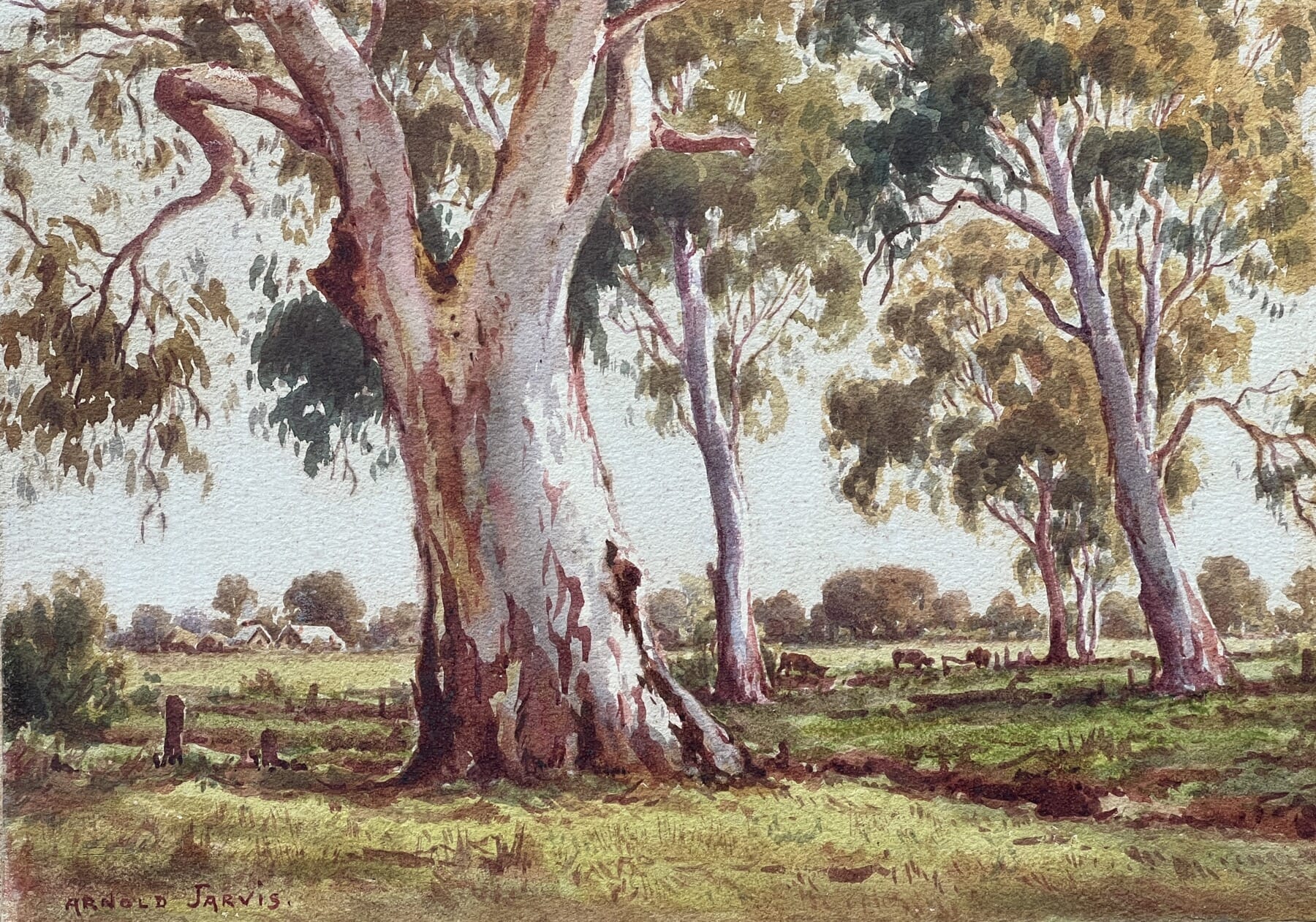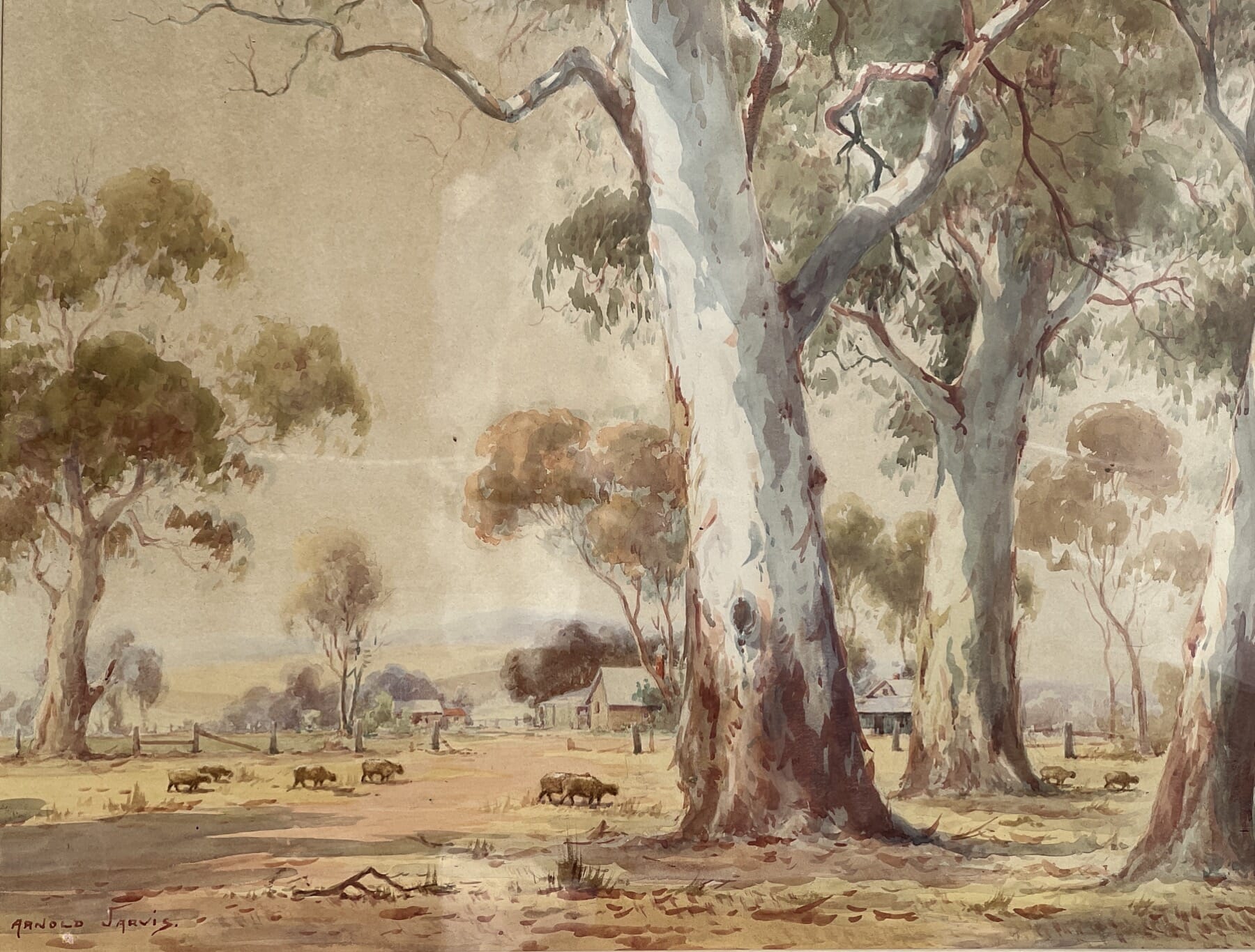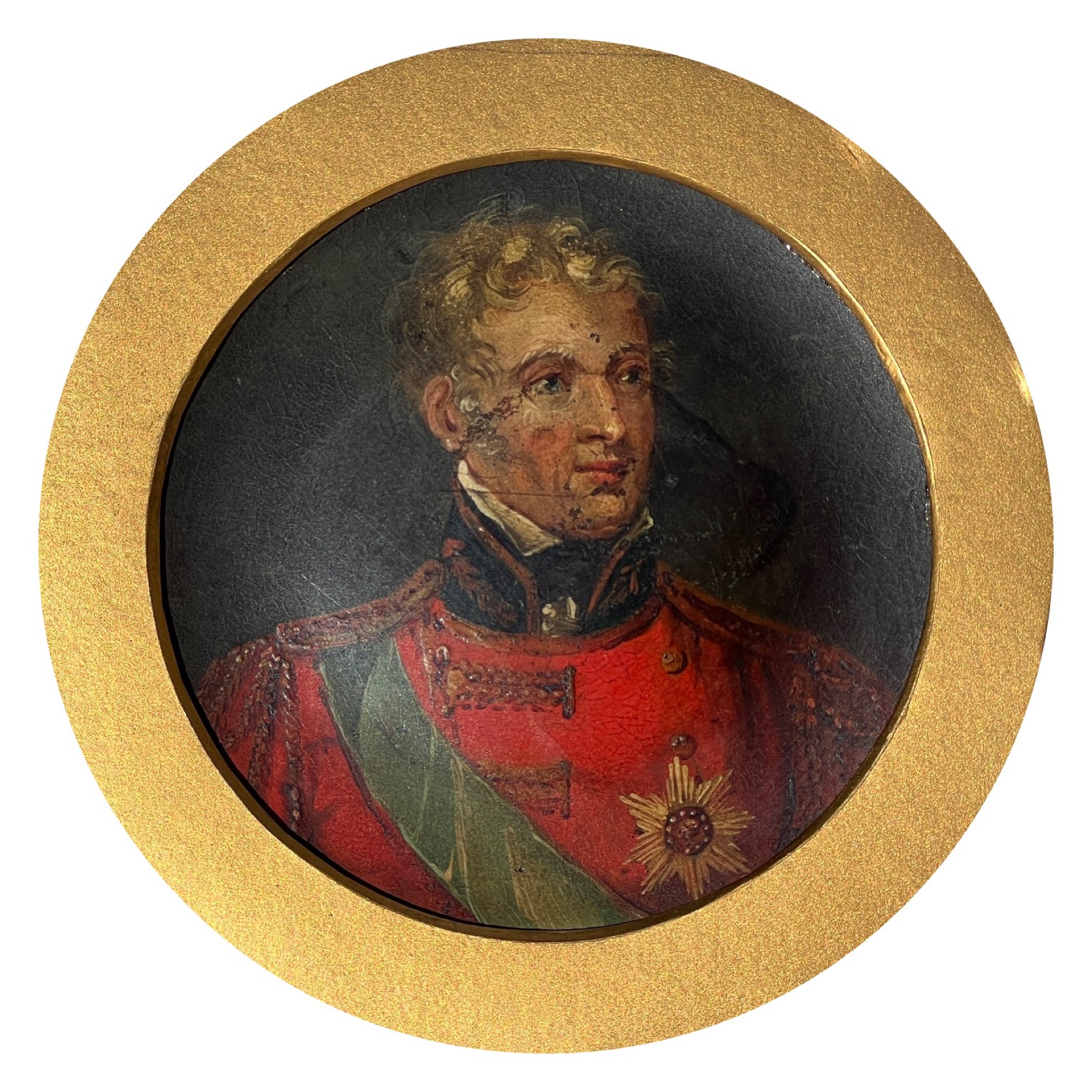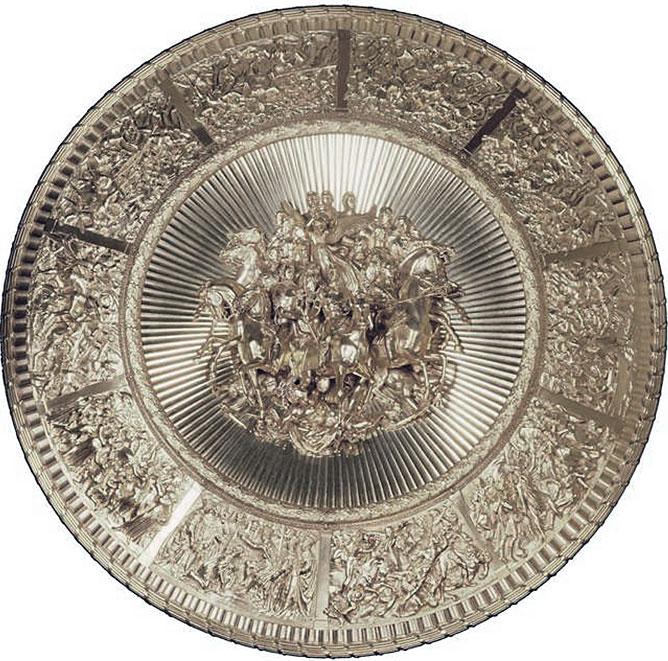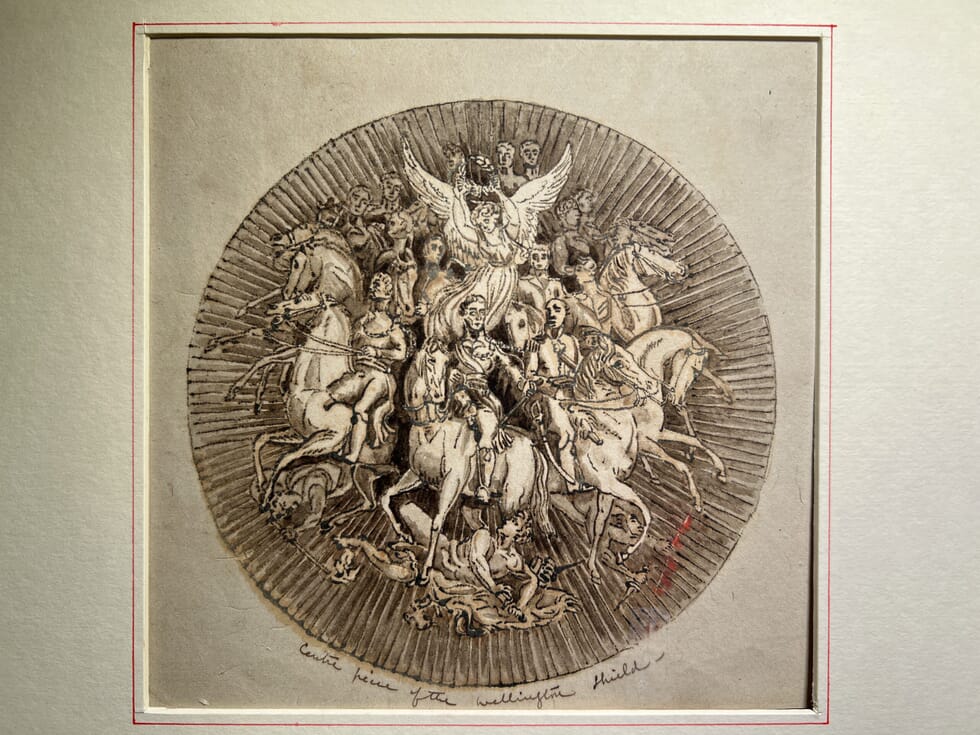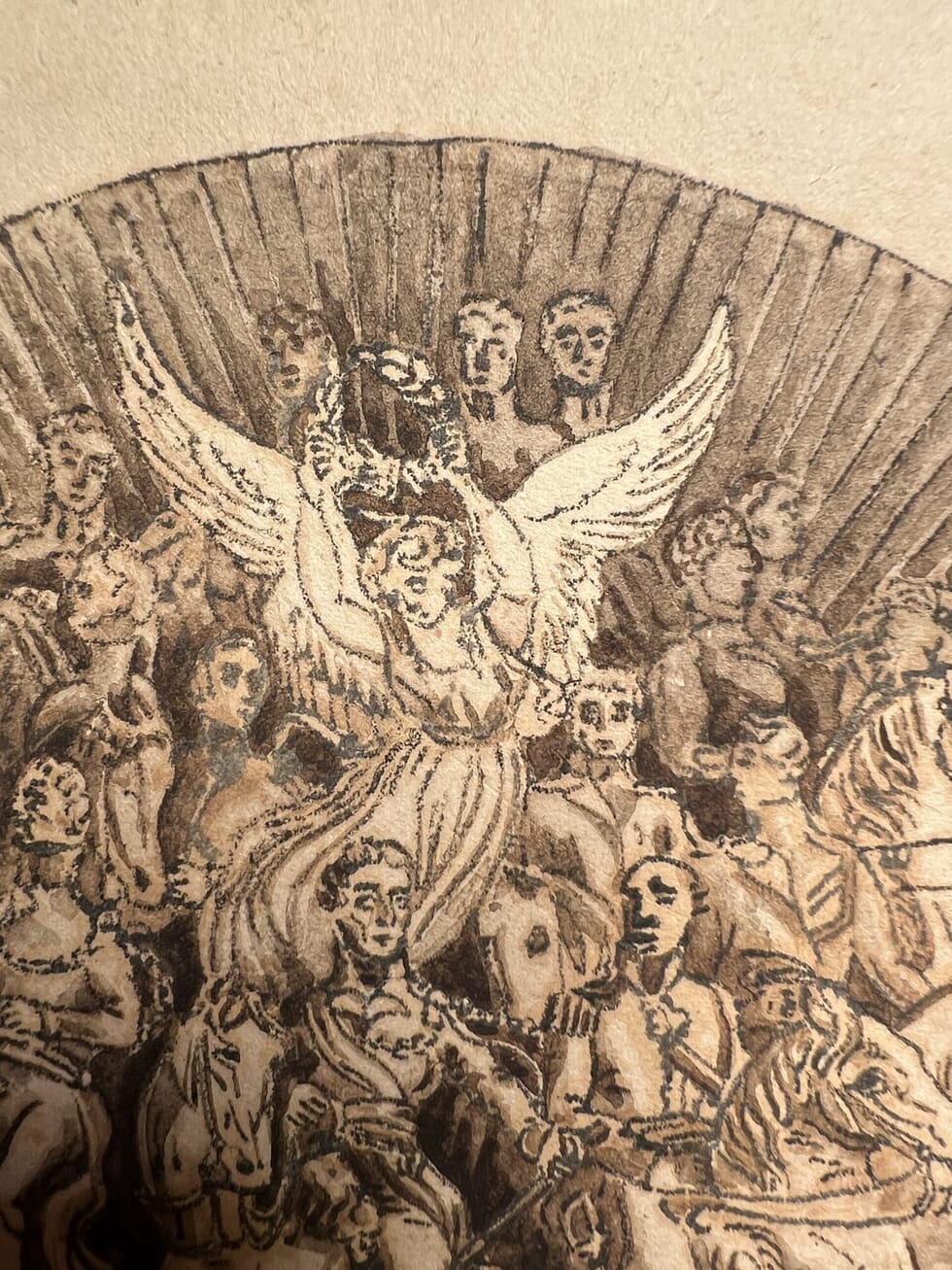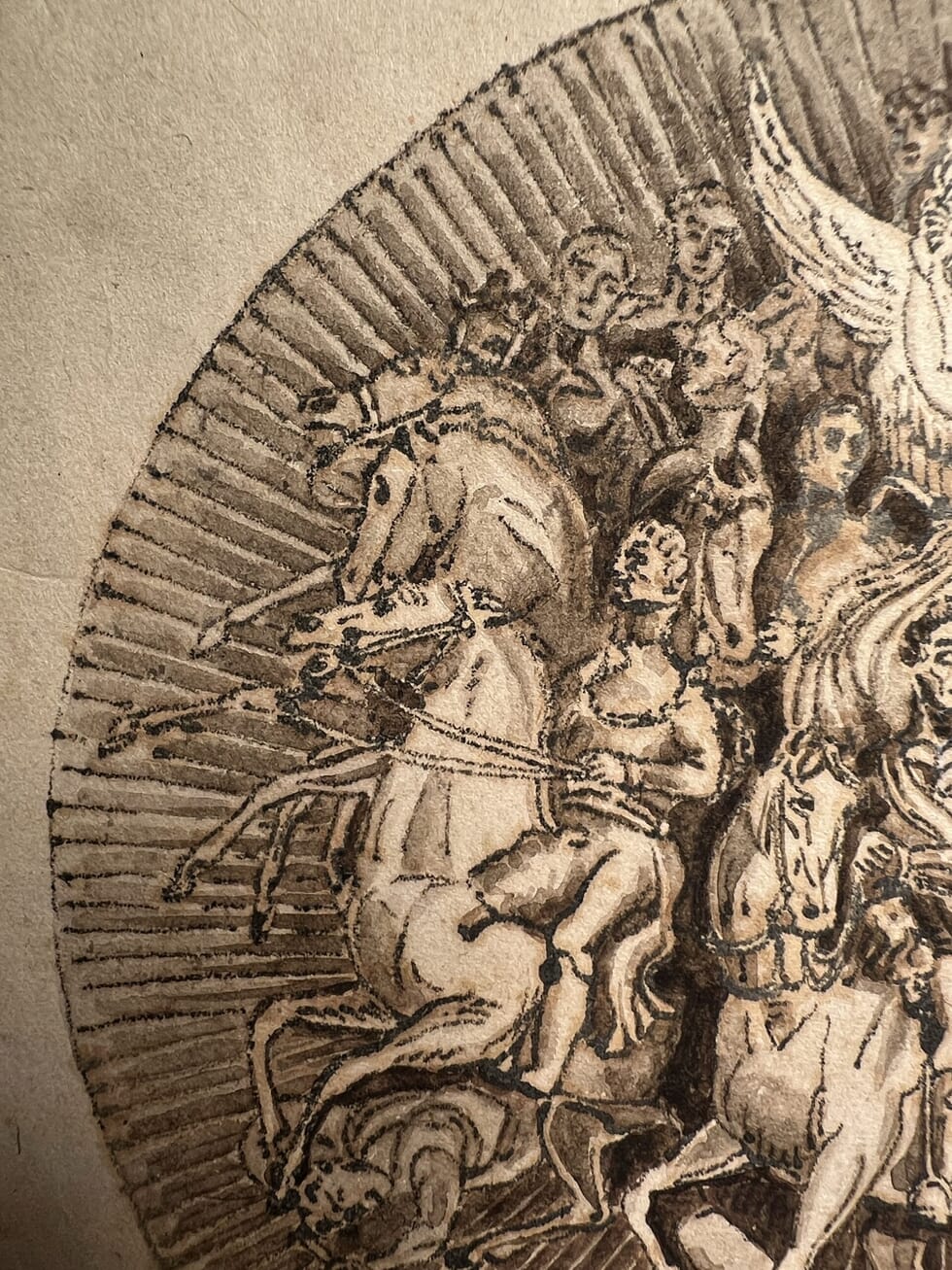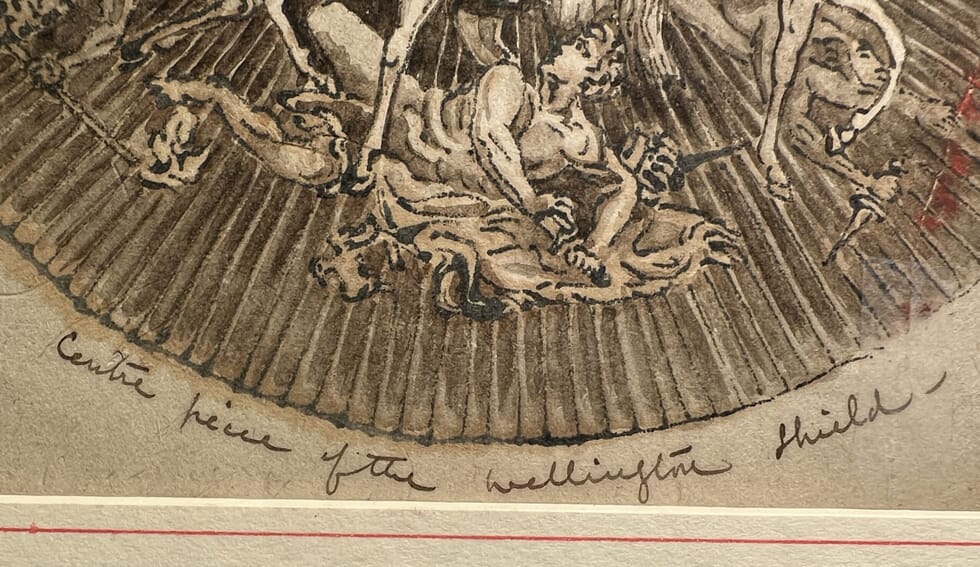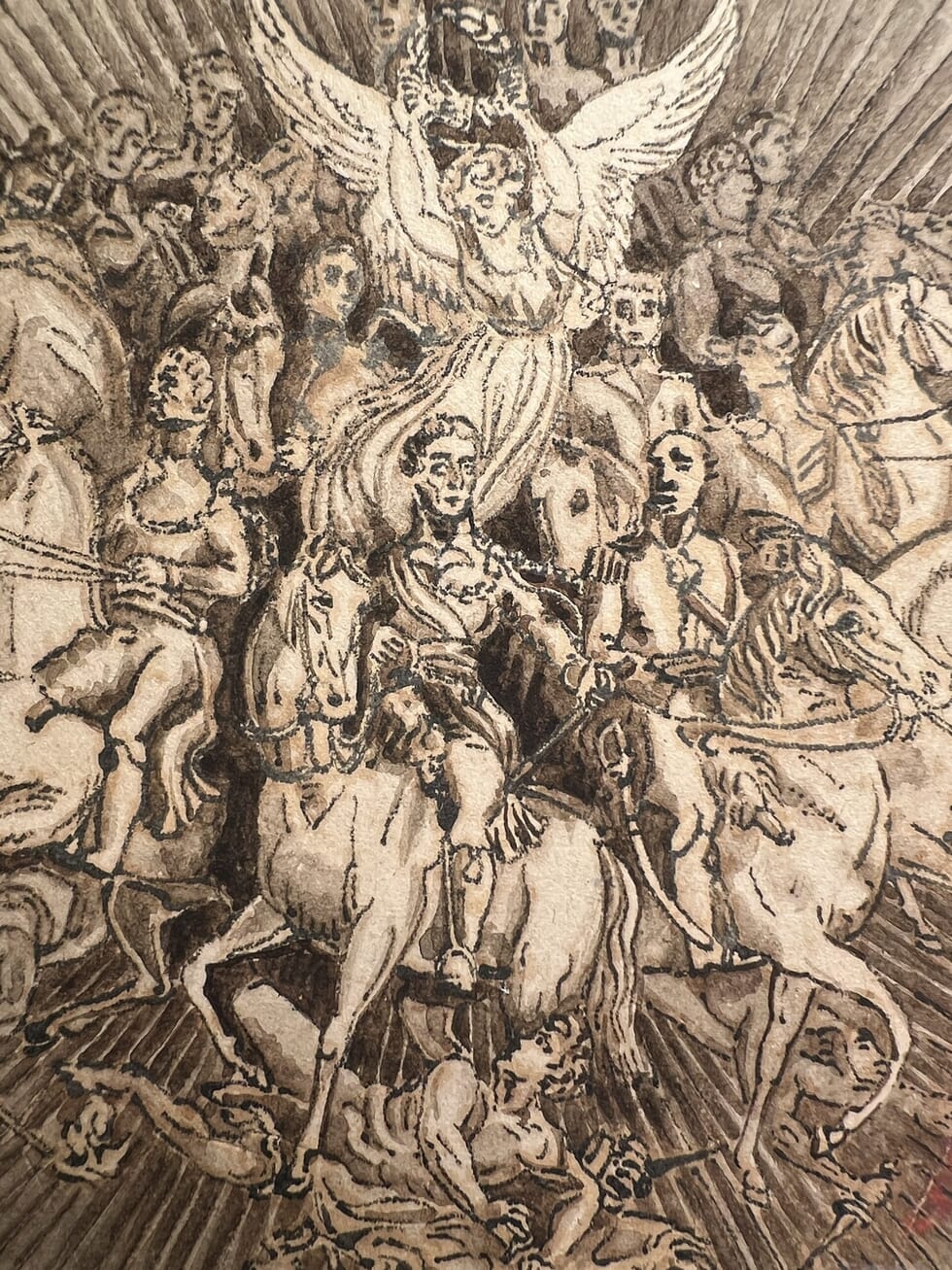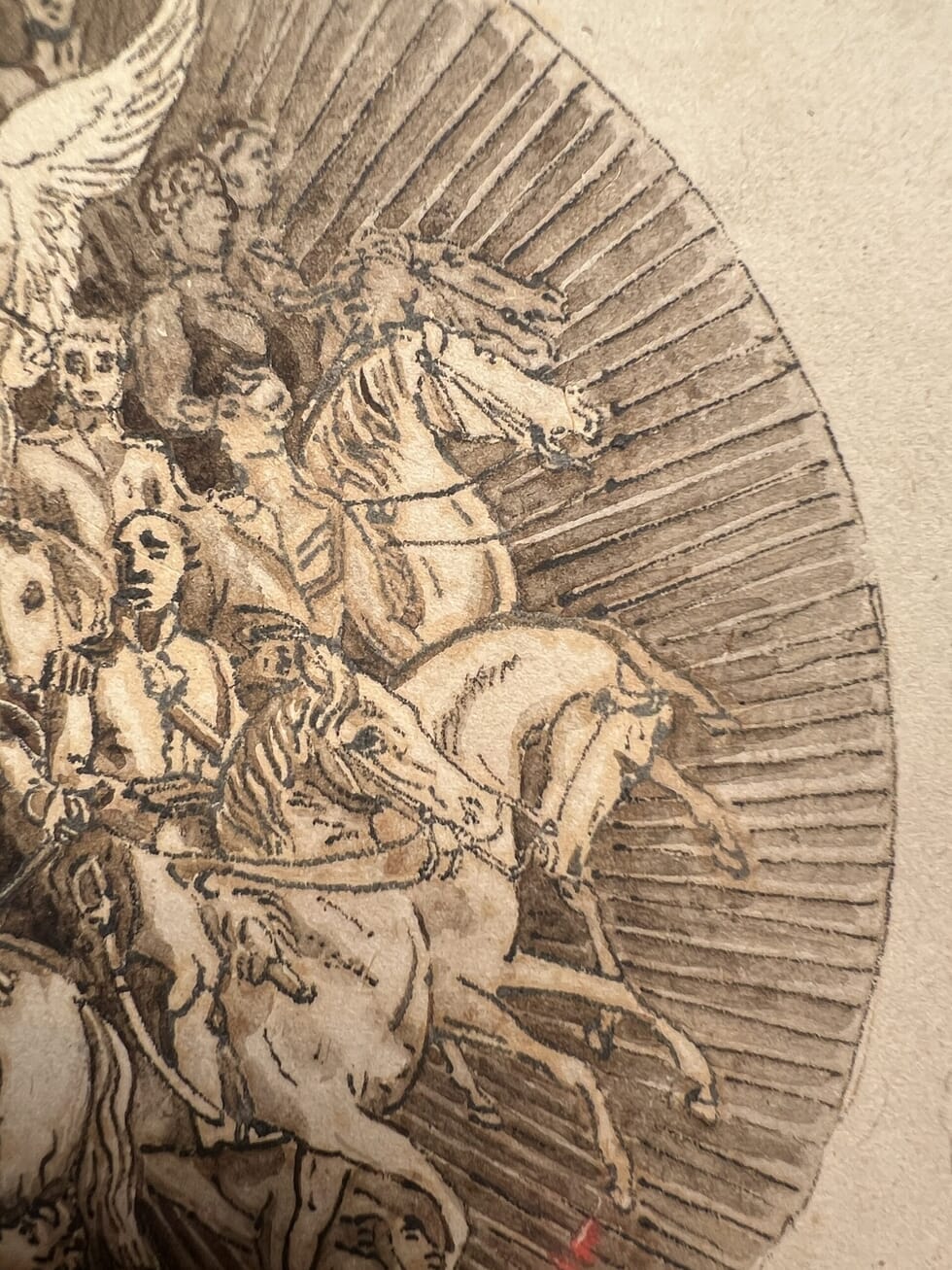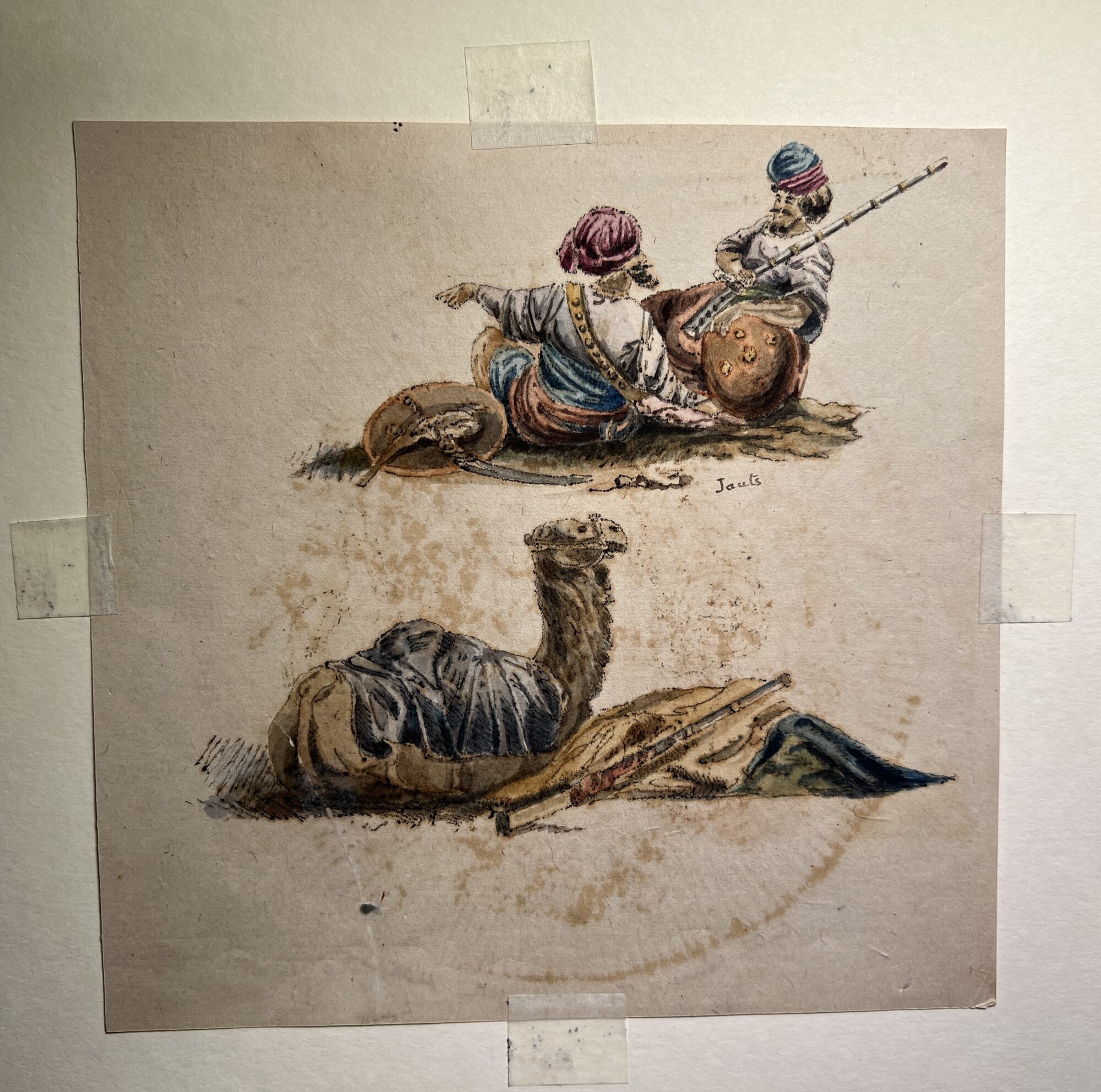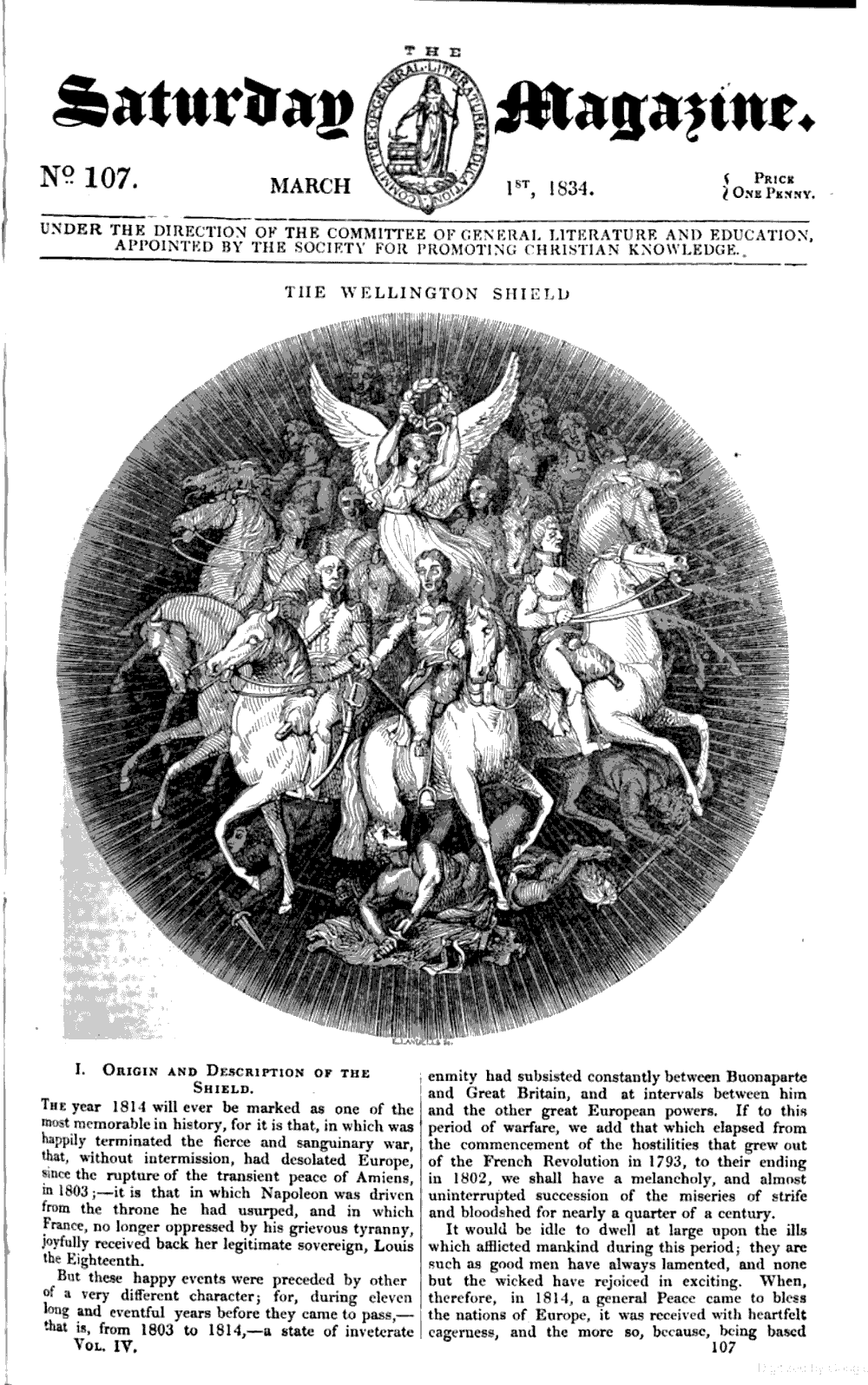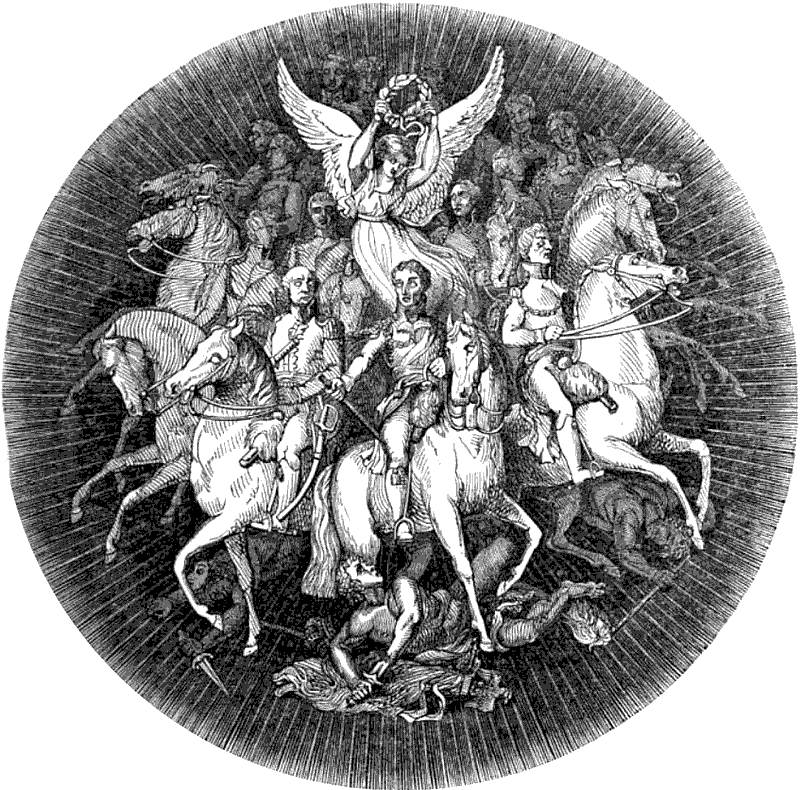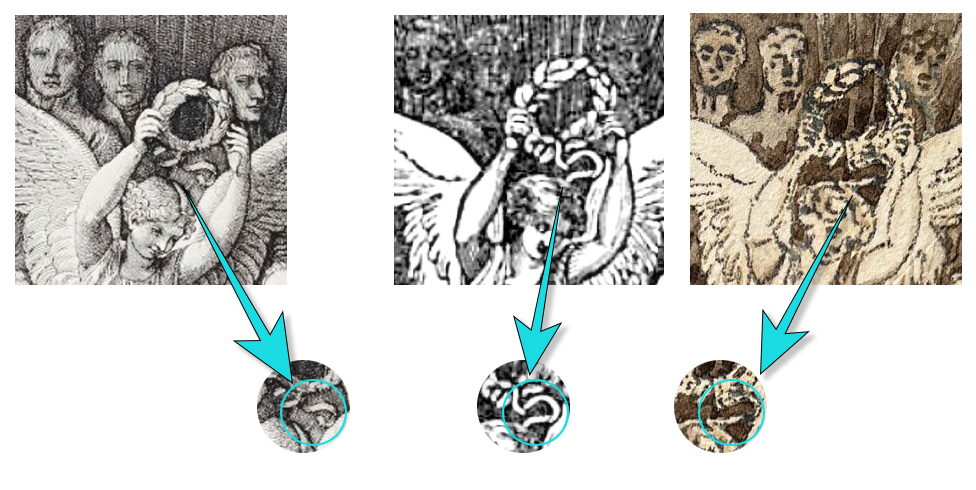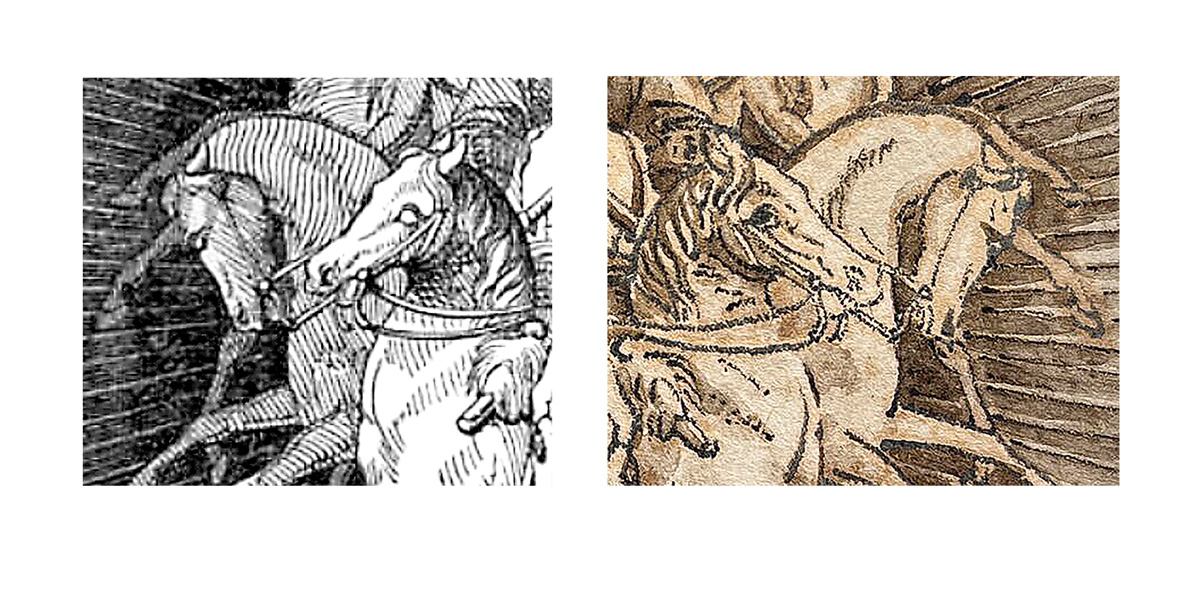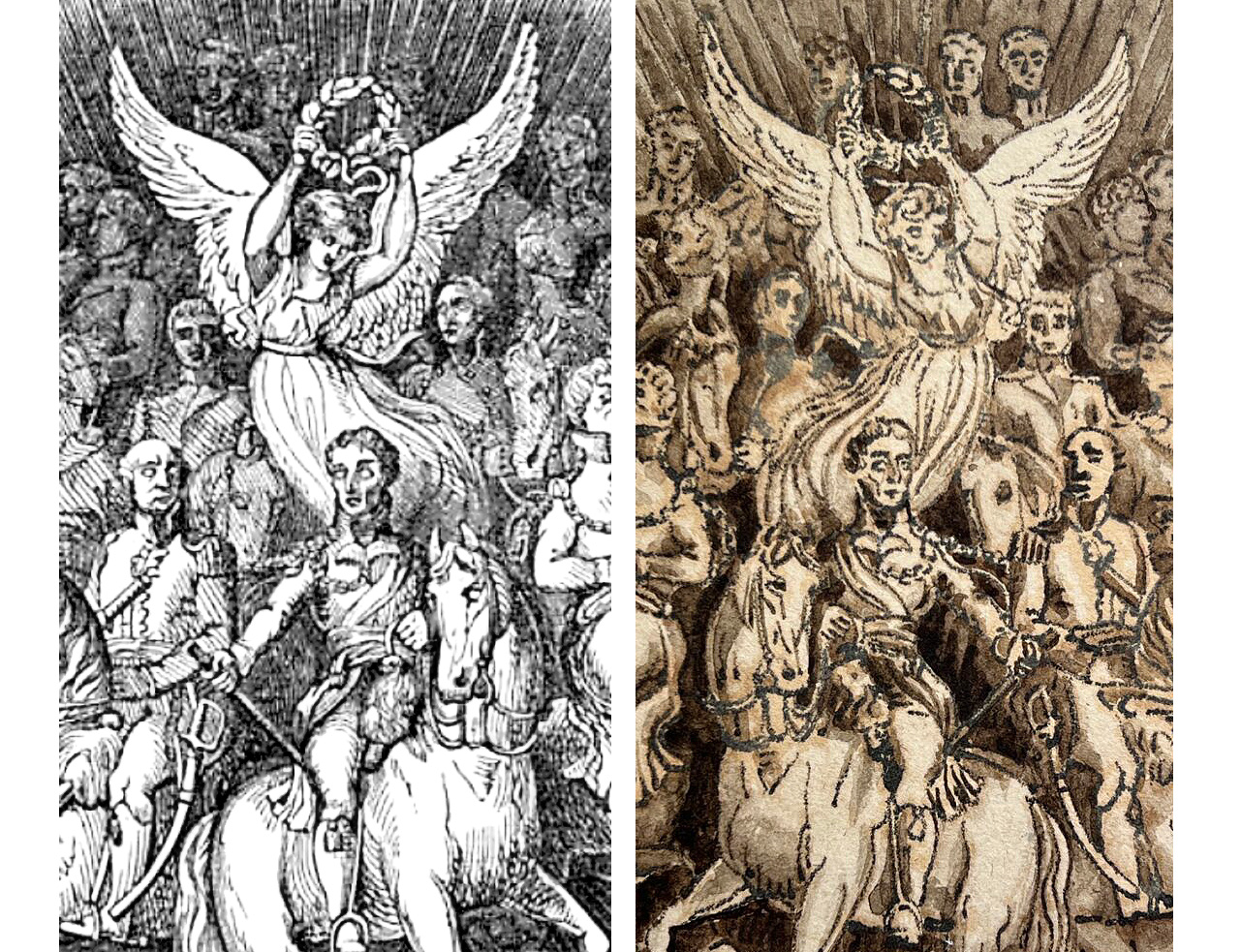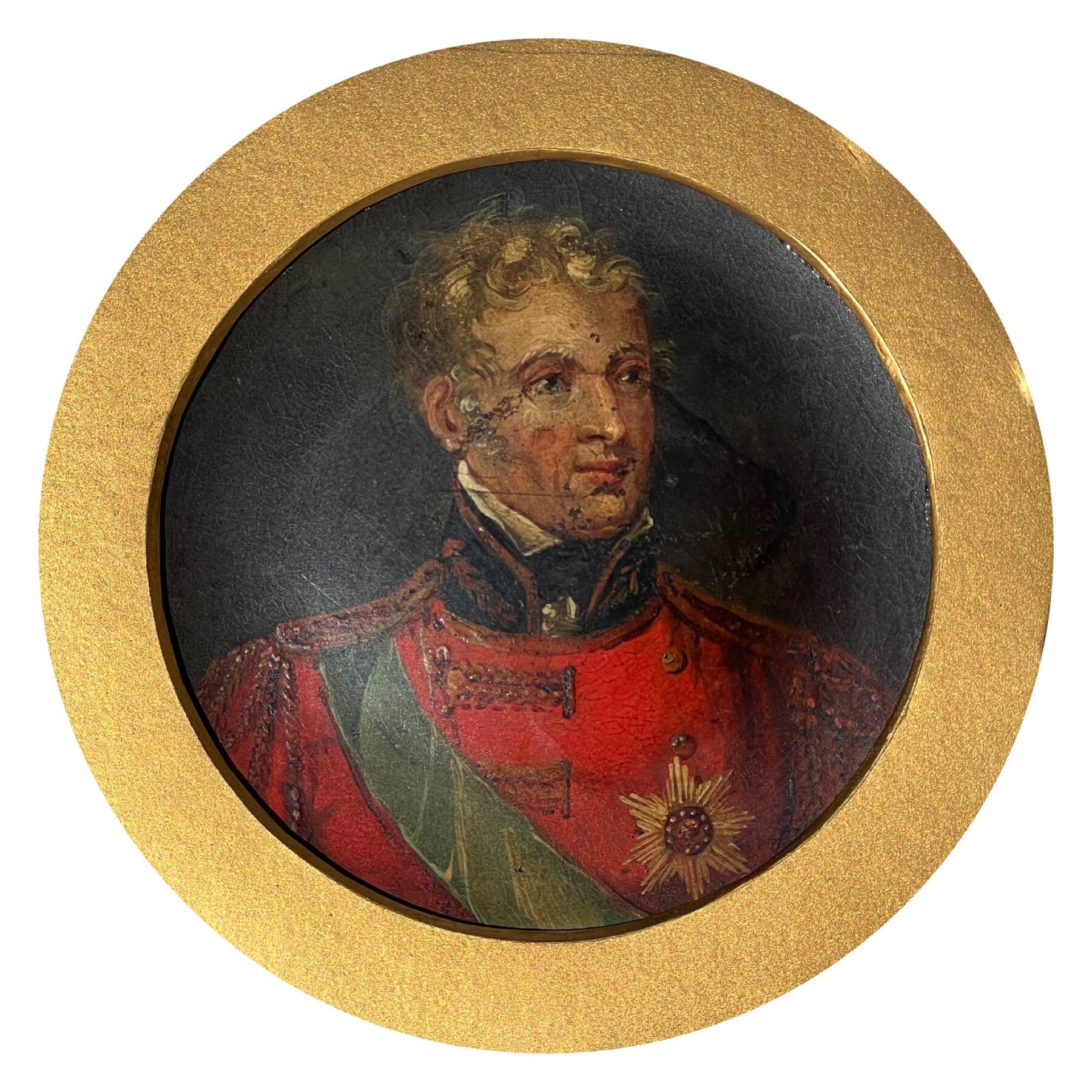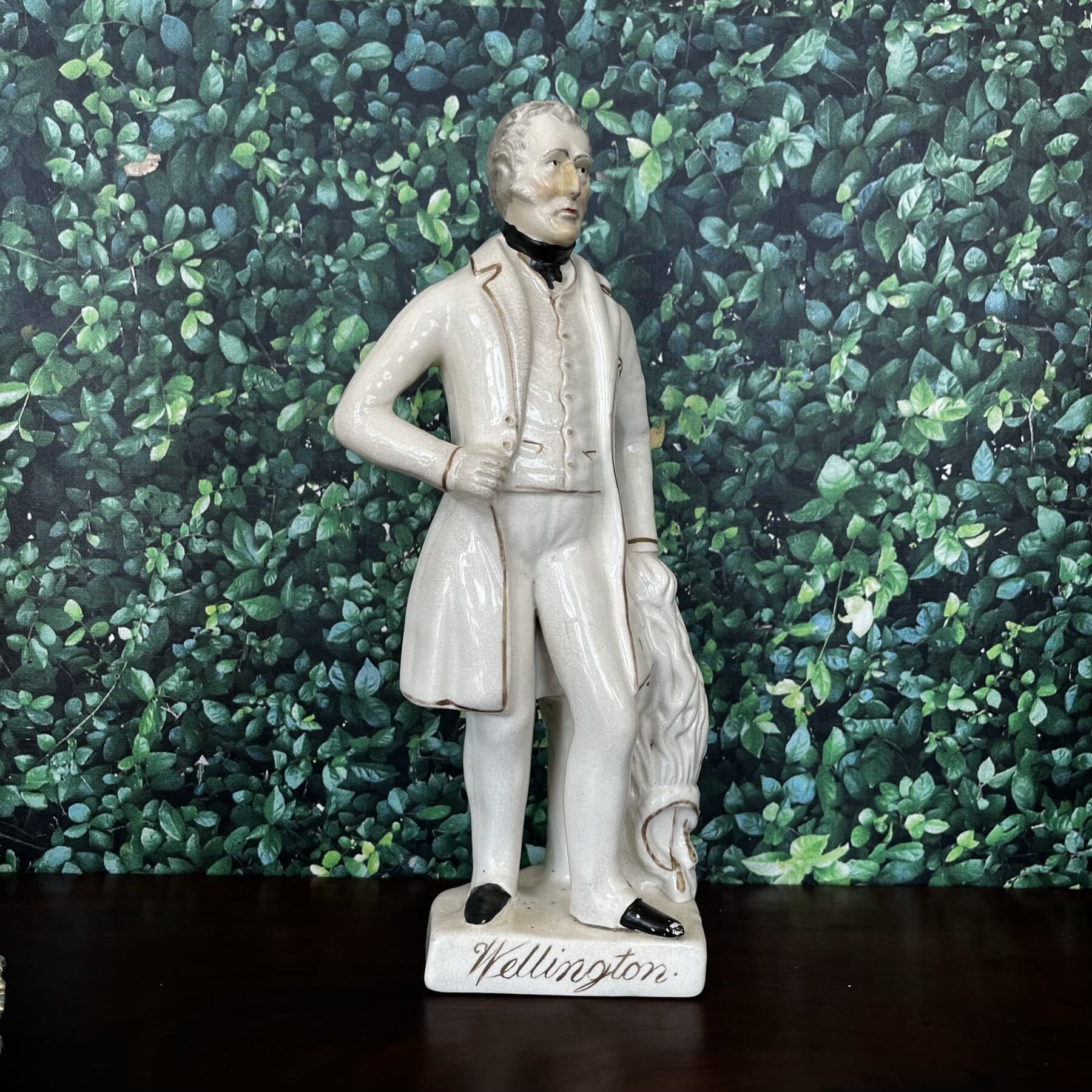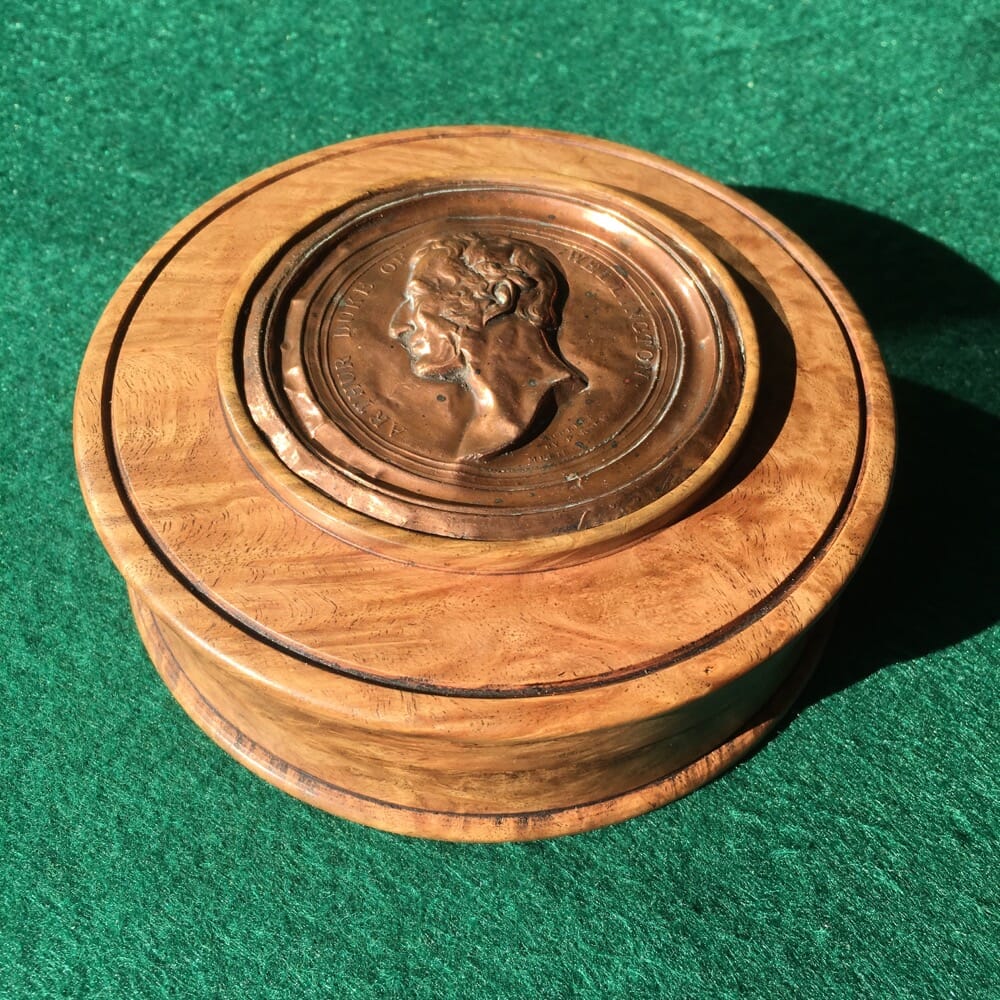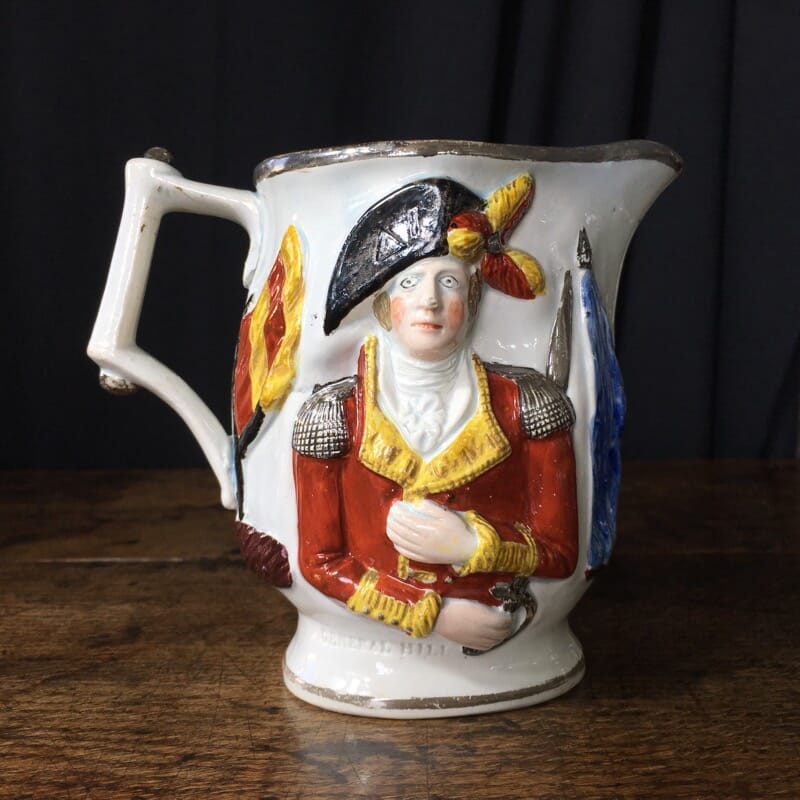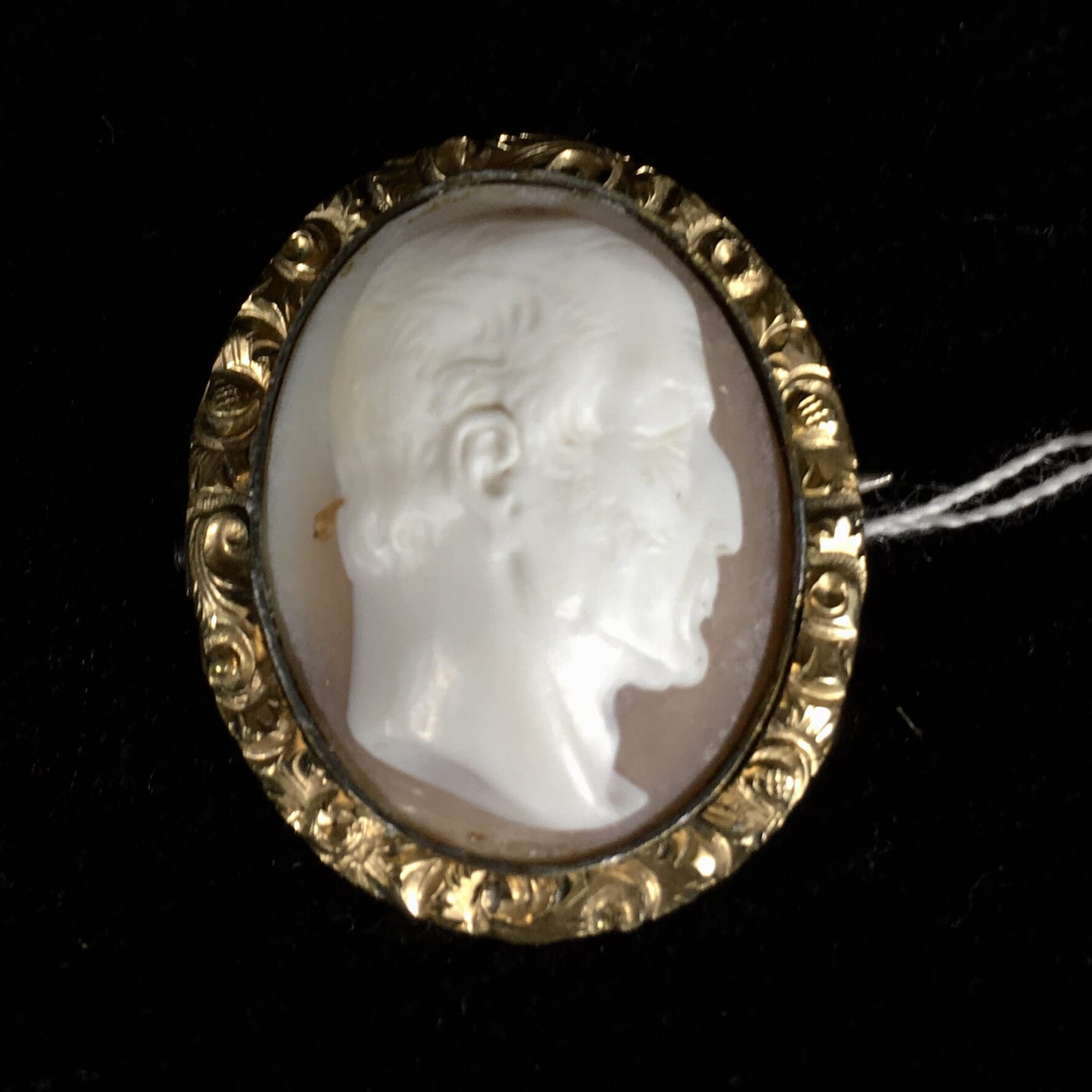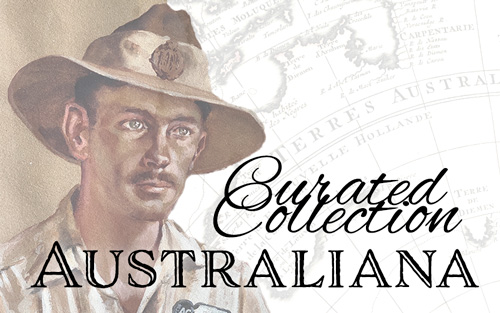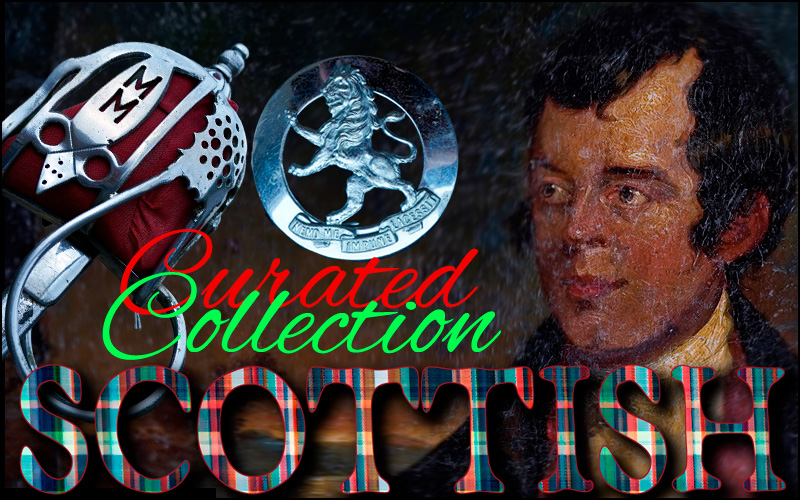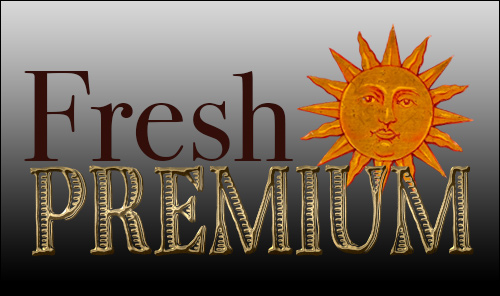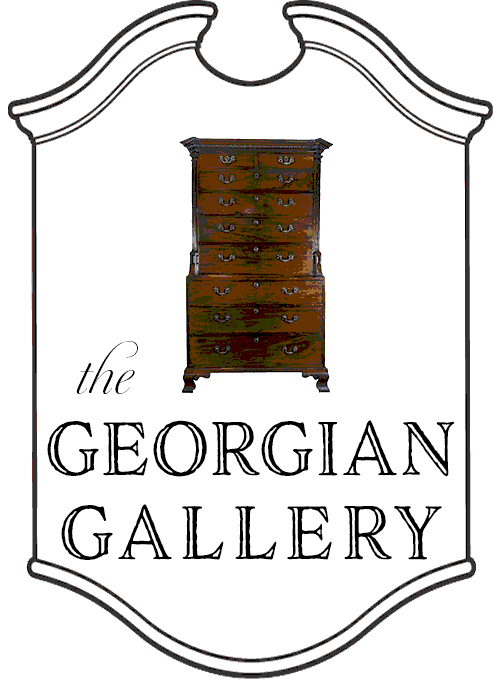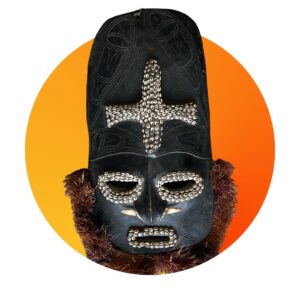
An important Freshly Discovered Colonial work of art by a notable Convict Artist.
This small but detailed watercolour was recently discovered in a Geelong residence. It is no surprise that it turns out to be an important piece of colonial art: it comes directly from the collection of Clifford Craig, the great early collector of Australiana.
Frederick Strange was born in 1807, and claimed to be a ‘portrait and house painter’ from Nottingham, according to records from 1837 when he was arrested for robbery in Colchester. This involved the theft of a number of items from a number of shops, including silver spoons and a gold pocket watch which he was wearing when arrested.
The name ‘Frederick Strange’ may well have been an alias given to the court at this time. Sentenced to Transportation for Life to Van Diemans Land, he was sent on board the ‘Neptune’ late 1837, and arrived in Hobart in early 1838. He was initially ‘unassigned’ – most other convicts were given work in the local region – but an article in the Colonial Times in 1840 shows he was ‘assigned to Mr Woodcock Graves’.
Note: this evidence has apparently been overlooked by previous researches: we have discovered a report in an 1840 Tasmanian paper that adds a fascinating context for the early years of Frederick Strange in Tasmania.
John Woodcock Graves had arrived in Hobart in 1833, and set up a business which advertised itself as able to ‘repair, paint, and varnish carriages, undertake Portrait Miniature and Heraldic painting in Oil and Water, as well as undertake House, Sign and Ornamental Painting’. Strange being assigned to this business was logical, considering his claimed background in England.
However…. things were not good at the Graves establishment.
In the early 1840’s, John W Graves spent some time in the Debtors Goal and Hospital for the Insane at New Norfolk.
This is probably directly related to the 1840 Colonial Times report (above), where despite Strange’s good behaviour & hard work, he claimed Graves was irrational – “so outrageous that the man (ie Strange) is in fear for his life….” .
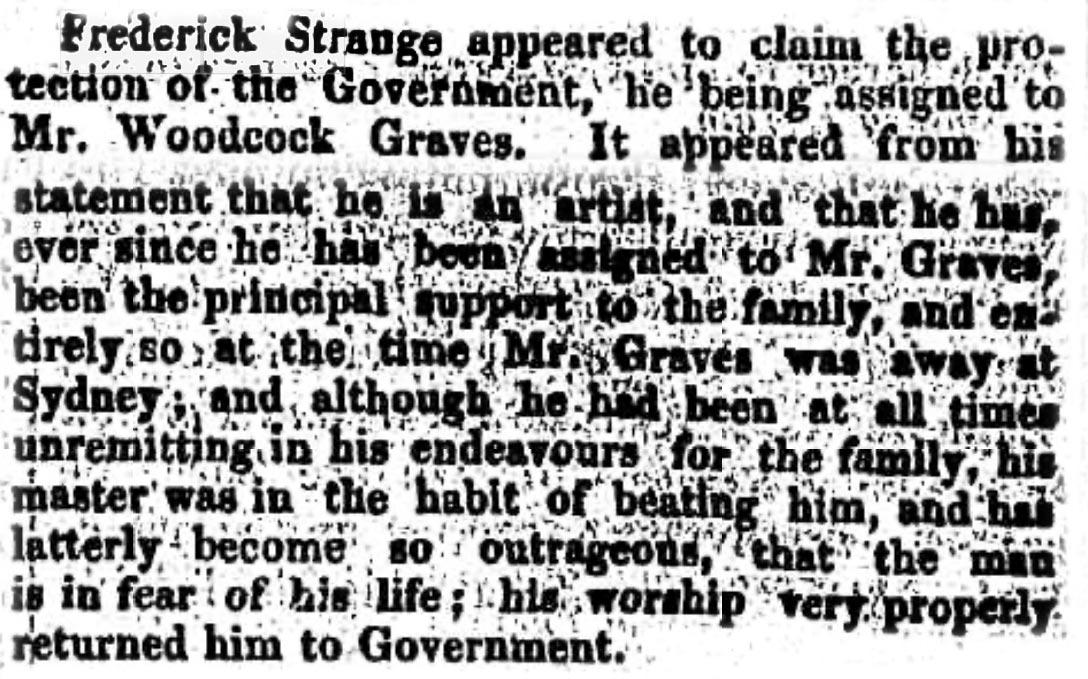
Frederick Strange appeared to claim the protection of the Government, he being assigned to Mr. Woodcock Graves.
Colonial Times, Hobart, 1 December 1840
It appeared from his statement that he is an artist, and that he has, ever since he has been assigned to Mr. Graves, been the principal support to the family, and entirely so at the time Mr Graves was away at Sydney; and although he had been at all times unremitting in his endeavours for the family, his master was in the habit of beating him, and has latterly become so outrageous , that the man is in fear of his life; his worship very properly returned him to Government.
Soon after Frederick Strange had been ‘returned’, John Woodcock Graves was sent to the “Debtors Goal and Hospital for the Insane at New Norfolk” – for ‘insanity, although probably also edging on the status of ‘Debtor’ if Strange’s claims of being the one who did all the work in the business was true. Frederick Strange is recorded in 1841 as being employed as a ‘Government messenger’, and granted a ‘pass’ of freedom the same year. He set himself up for a respectable life in Launceston as a portrait painter and art teacher.
In a newspaper report in June 1843, he describes himself as ‘…a prisoner of the Crown, employed as a watchman at the Female House of Correction…’ . This article is an interesting read, describing a moment of drama he found himself mixed up in one day in Launceston:
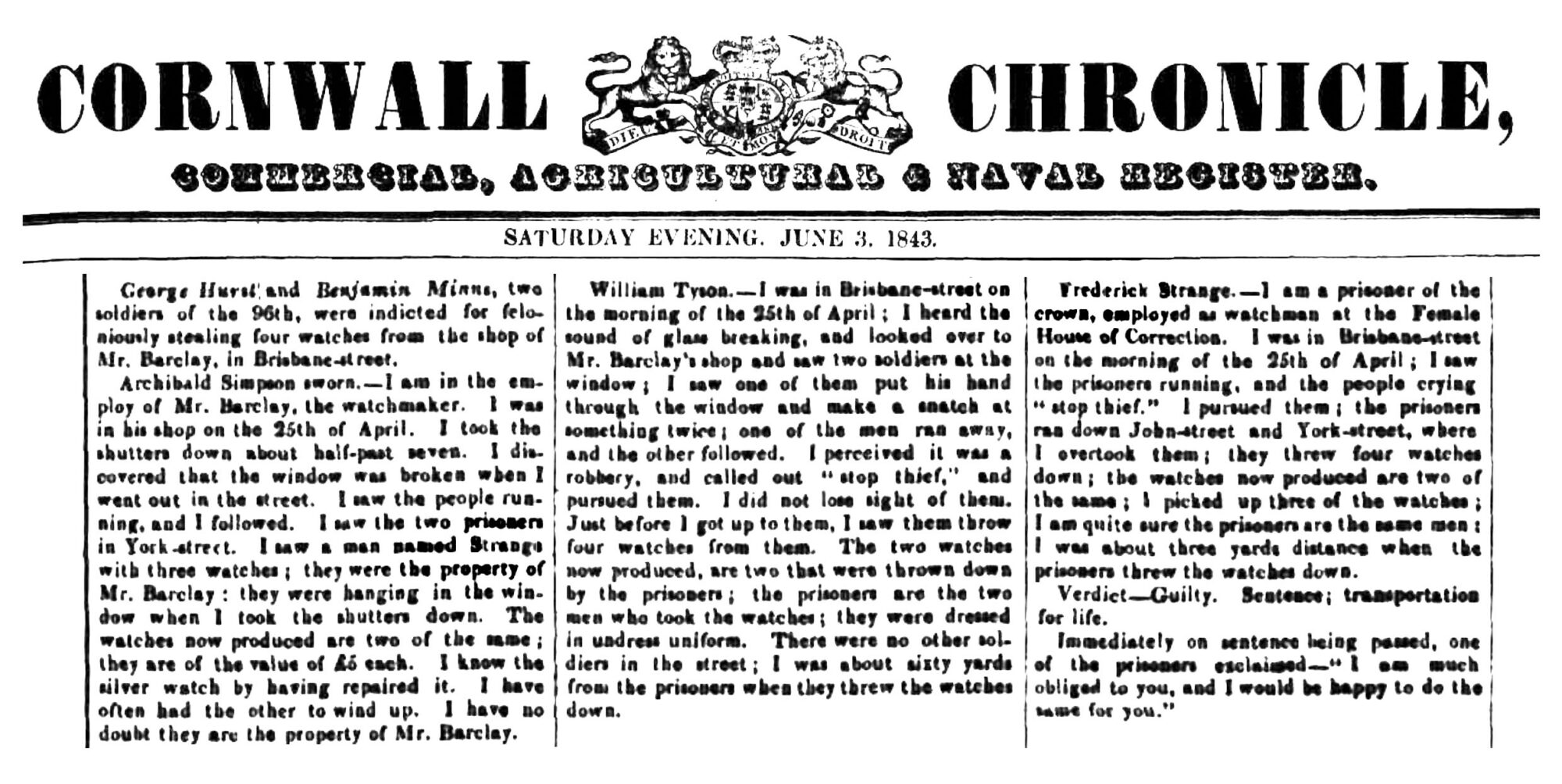
The irony is remarkable: In England, Frederick Strange had been convicted for theft, the key item identified as a pocket watch; transported to Tasmania, he was then witness to the opportunistic theft of four pocket watches, by soldiers no less, and gave chase, so when the shop assistant caught up with them, Frederick Strange was standing there with them in his hands… having picked them up after the thieves ran straight towards him and threw them on the ground just three yards away!
The soldiers were sentenced to ‘transportation for life’ – and one made the enigmatic remark “I am much obliged to you, and would be happy to do the same for you.” Perhaps there is more to this story than meets the eye…?
Frederick Strange received his ‘ticket of leave’ in 1845, and a conditional pardon in 1849. Throughout the 1850’s he was actively painting and exhibiting his works, while always looking for commissions. He seems to have found favour amongst the Scottish community, and a small number of his portraits survive. His advert in 1855 advertised ‘Lessons given in Landscape Drawing, Portraits painted in oil, or taken by Daguerreotype’.
The inclusion of ‘dagerotype photography’ in his business is interesting. No ‘known’Strange’ photographic images have been discovered, and in some ways it is at complete odds to his profession, as a topographical artist. His images were intended to record the landscapes of his time – but the emergence of absolutely accurate photographs of the same scenes, which took a fraction of the time to produce that a detailed watercolour took to paint, would have rapidly taken away from his painting business. Perhaps the colour factor, which meant a much more pleasing image on the wall, was the one thing that still appealed to his customers.
However, within a few years of the 1855 advert, Frederick Strange lost interest in his painting, and is listed as a ‘Grocer’. He died in 1873, but nothing is attributed to these last years of his eventful life.

Frederick Strange (1807-1873) – View of Launceston, c.1858. Watercolour and pencil on paper – 35.7×21.9cm. Moorabool Antiques, Geelong

Mitchell Library, State Library of New South Wales
Provenance
The interest in convict artists developed in the first half of the 20th century. For Frederick Strange, the key researcher who ‘re-discovered’ him was Clifford Craig. Coming from Melbourne to practice as a doctor in Hobart in the 1920’s, where he fell in love with the early colonial history.
Together with his wife Edith, (who was the driving force behind the establishment of the National Trust of Australia in the 1960’s), the Craigs accumulated a collection of colonial furniture that came to be considered one of the best of its kind in Australia. Having amassed an extensive assortment of early ‘Tasmaniana’, comprising documents, books, maps and prints, they sold 2350 items at a three-day auction at Launceston in 1975.
Prior to this he co-published Early Colonial Furniture in New South Wales and Van Diemen’s Land in 1972.
In 1963 he wrote (along with Isabella Mead) the first in-depth examination of Frederic Strange, ‘Frederick Strange – Artist – c.1807-1873’ , published in the Papers and Proceedings of the Royal Society of Tasmania.
He lists the known Strange works at the end of his article – 35 in total, all in public collections except for the final two, which are ‘… privately owned in Hobart but no details are available’….
This painting doesn’t appear on his 1963 list, and may well have been one of the two works in Hobart, or an example he found in subsequent years. It was inherited by his son, and the last artwork kept by him as he downsized, before coming to Moorabool Antiques.
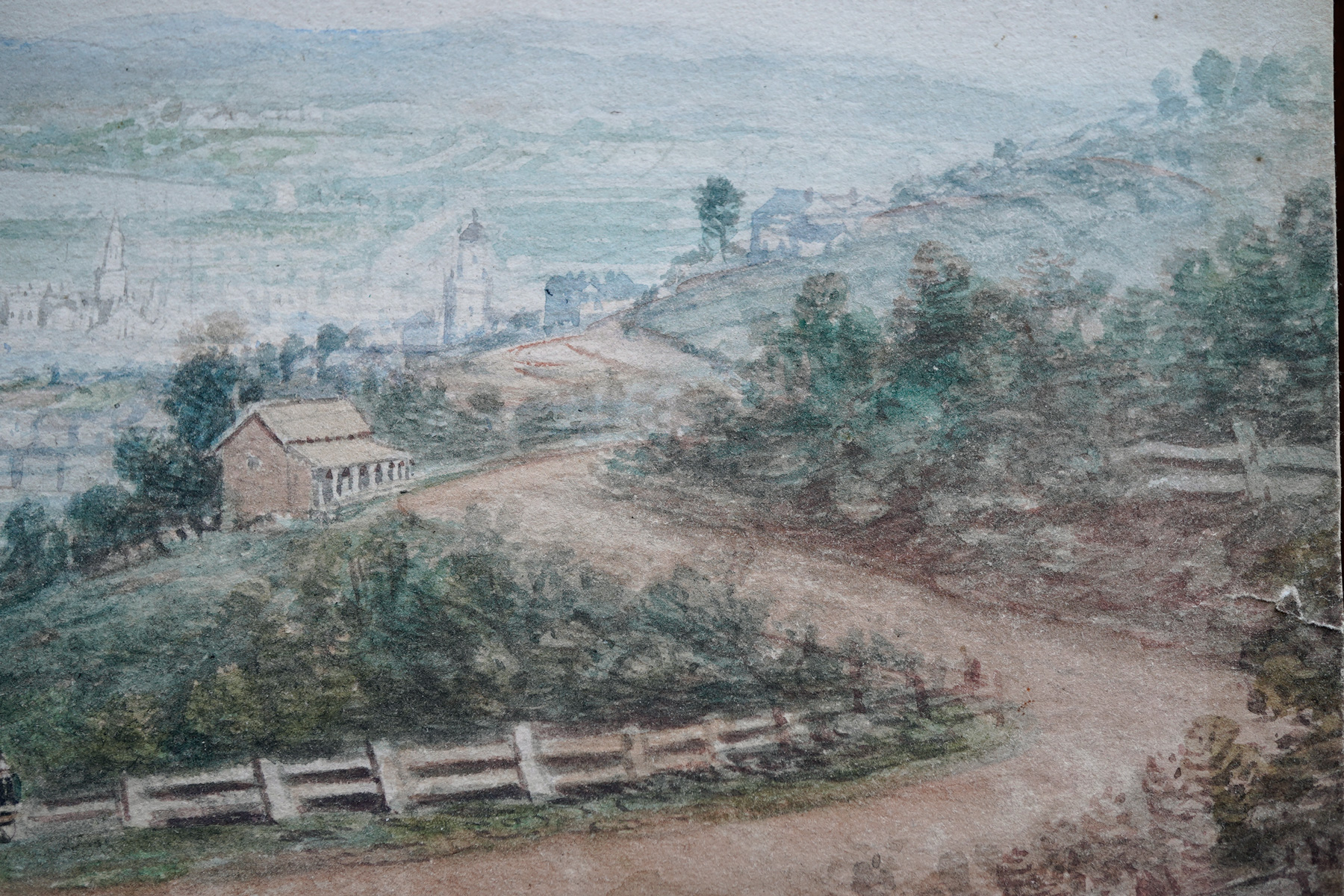
The watercolour came to Geelong when he retired there in the 1980’s, and has been in the Craig family ever since.
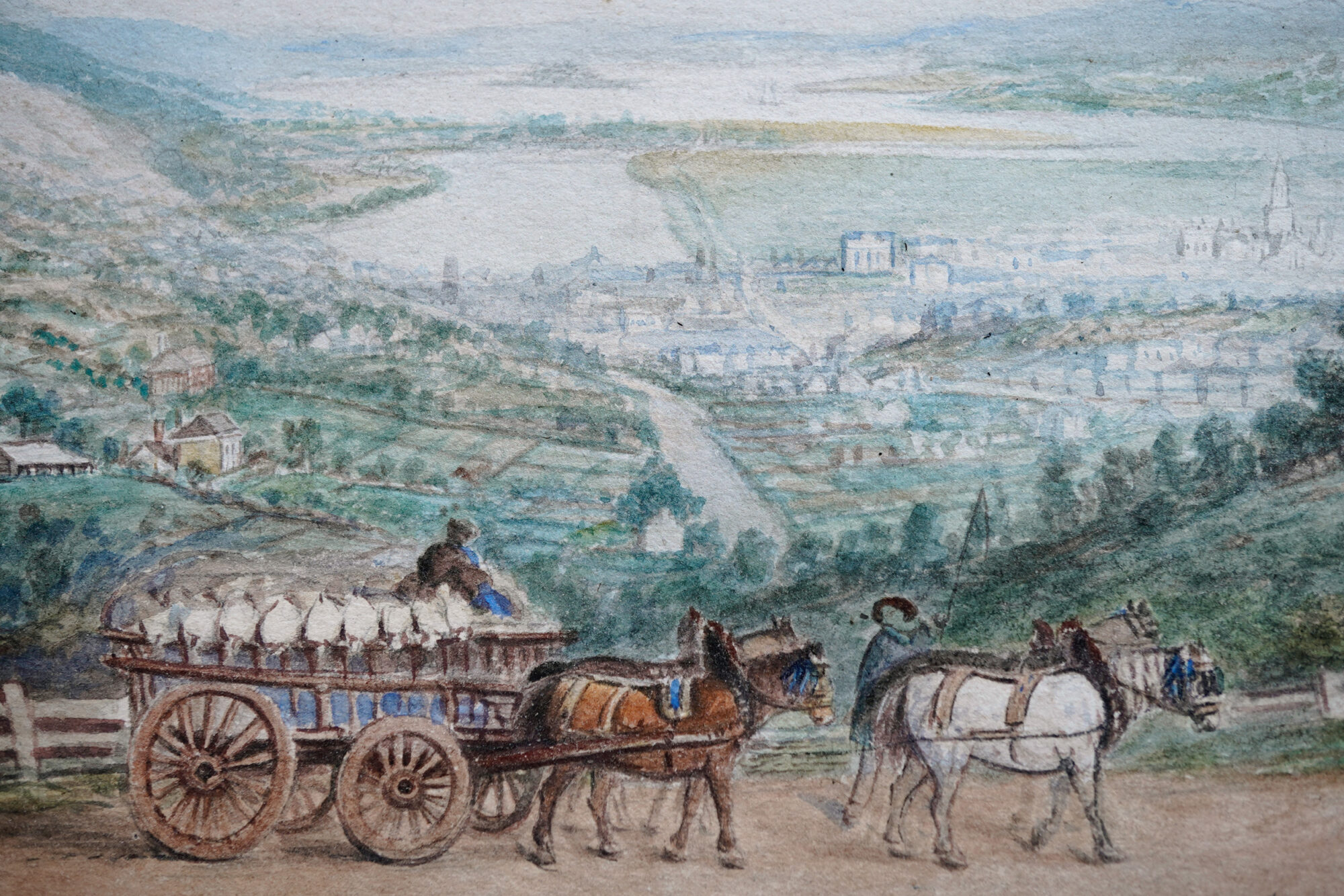
Location
It’s an interesting exercise to compare the present-day view with Strange’s watercolour.
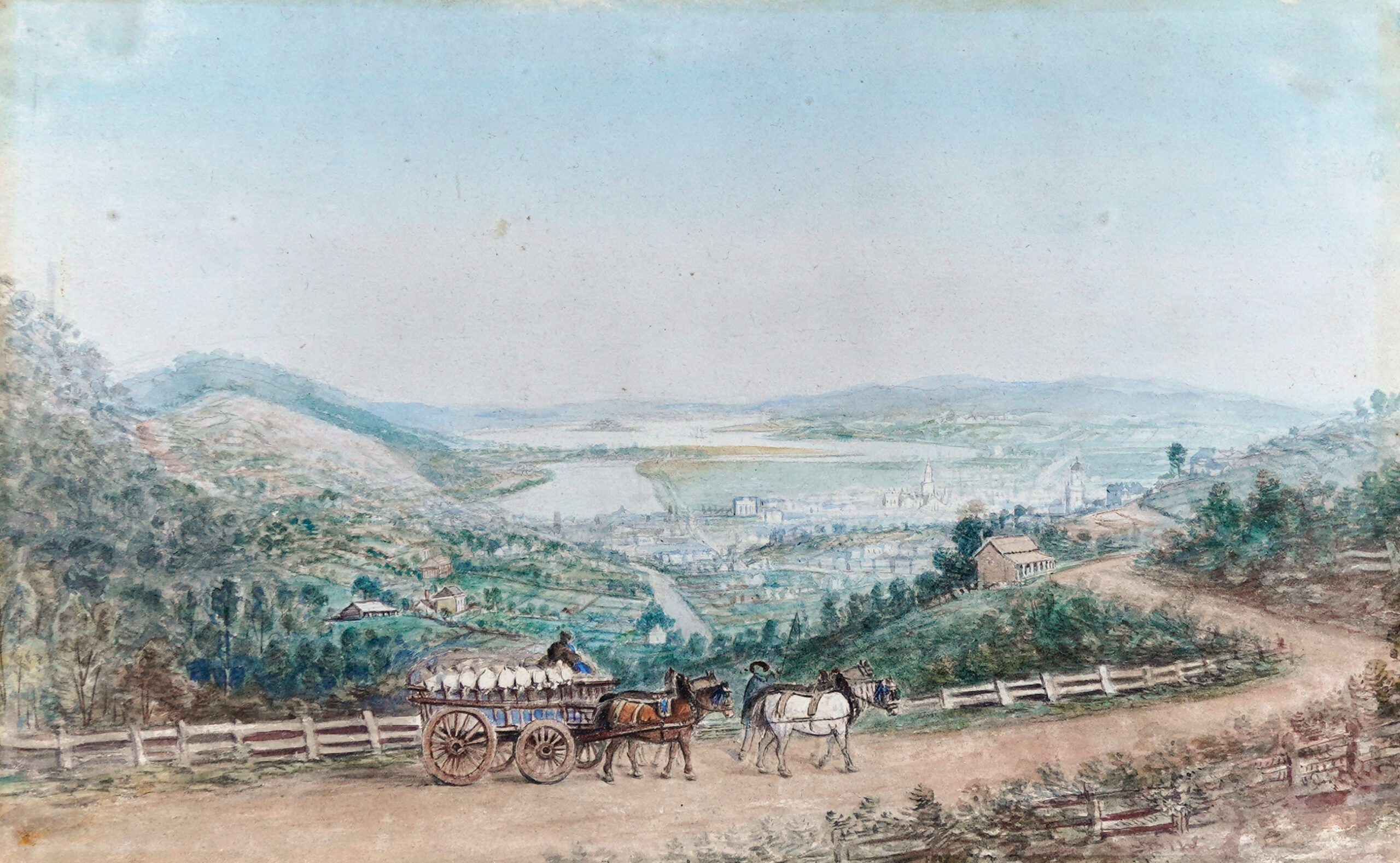
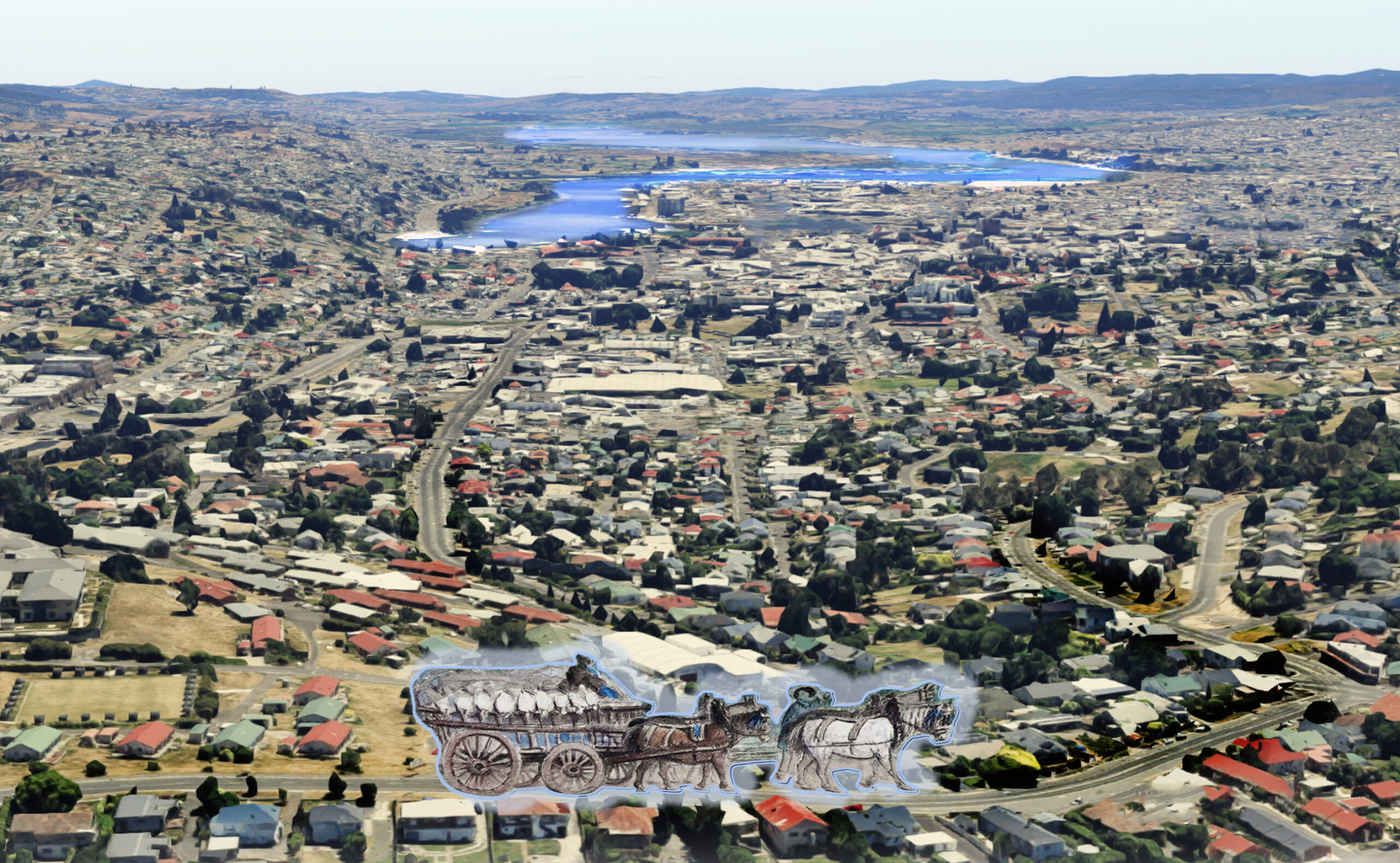
Slide the line to see a then / now comparison.
We can pinpoint the location Strange sketched from as being along the route now known as ‘Normanstun Road’.
The identity of this suggested location is supported considering the magnificent cart-load of flour sacks passing by: it is the route from the flour mill built at the mouth of the Cataract Gorge in the 1840’s.
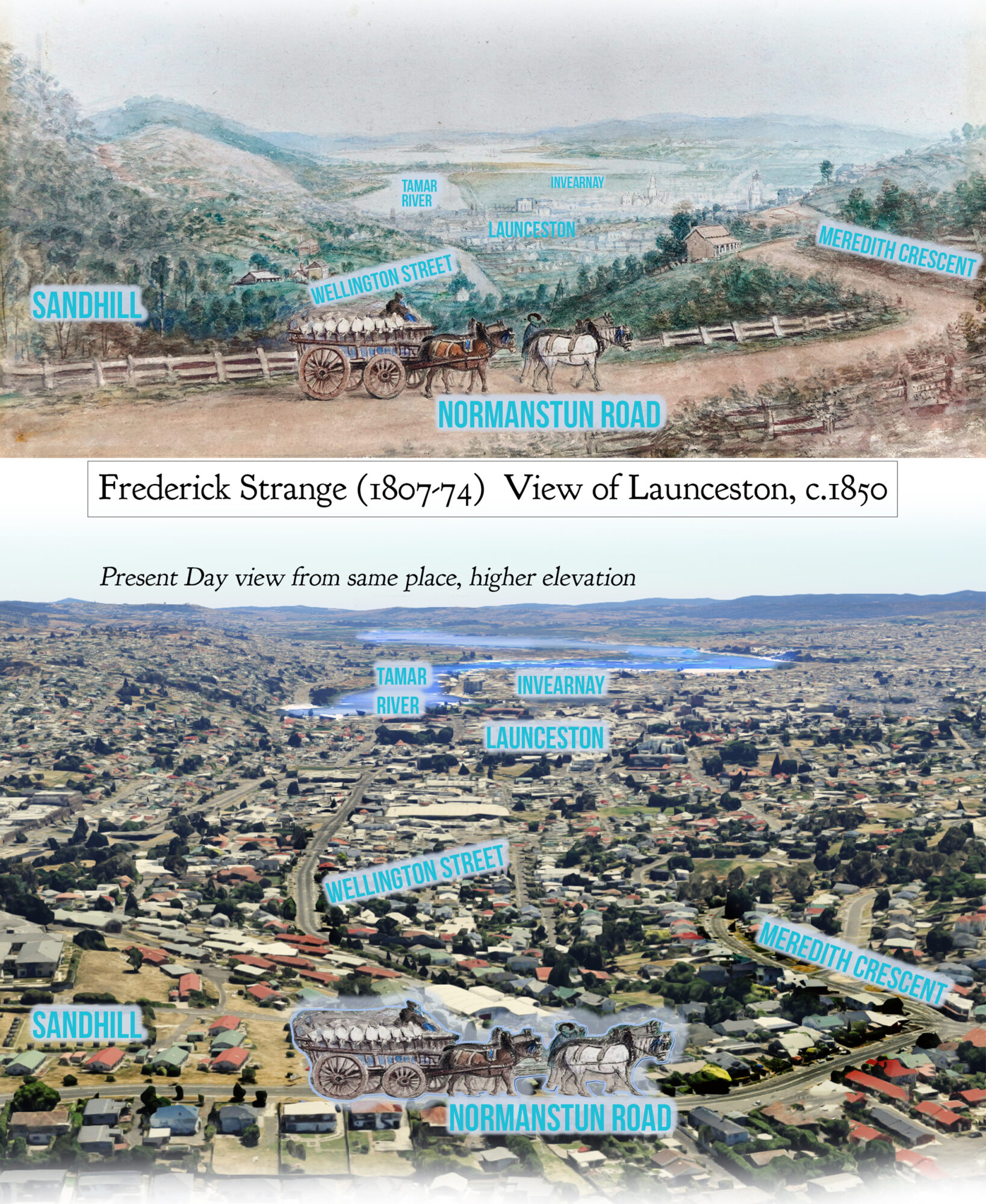
This Frederick Strange watercolour compares well with the watercolour View of Launceston sold by Bonhams, 22nd April 2023 (click to see). The size is almost identical, being 20.5×32.5 compared to our 21.9×35.7cm.
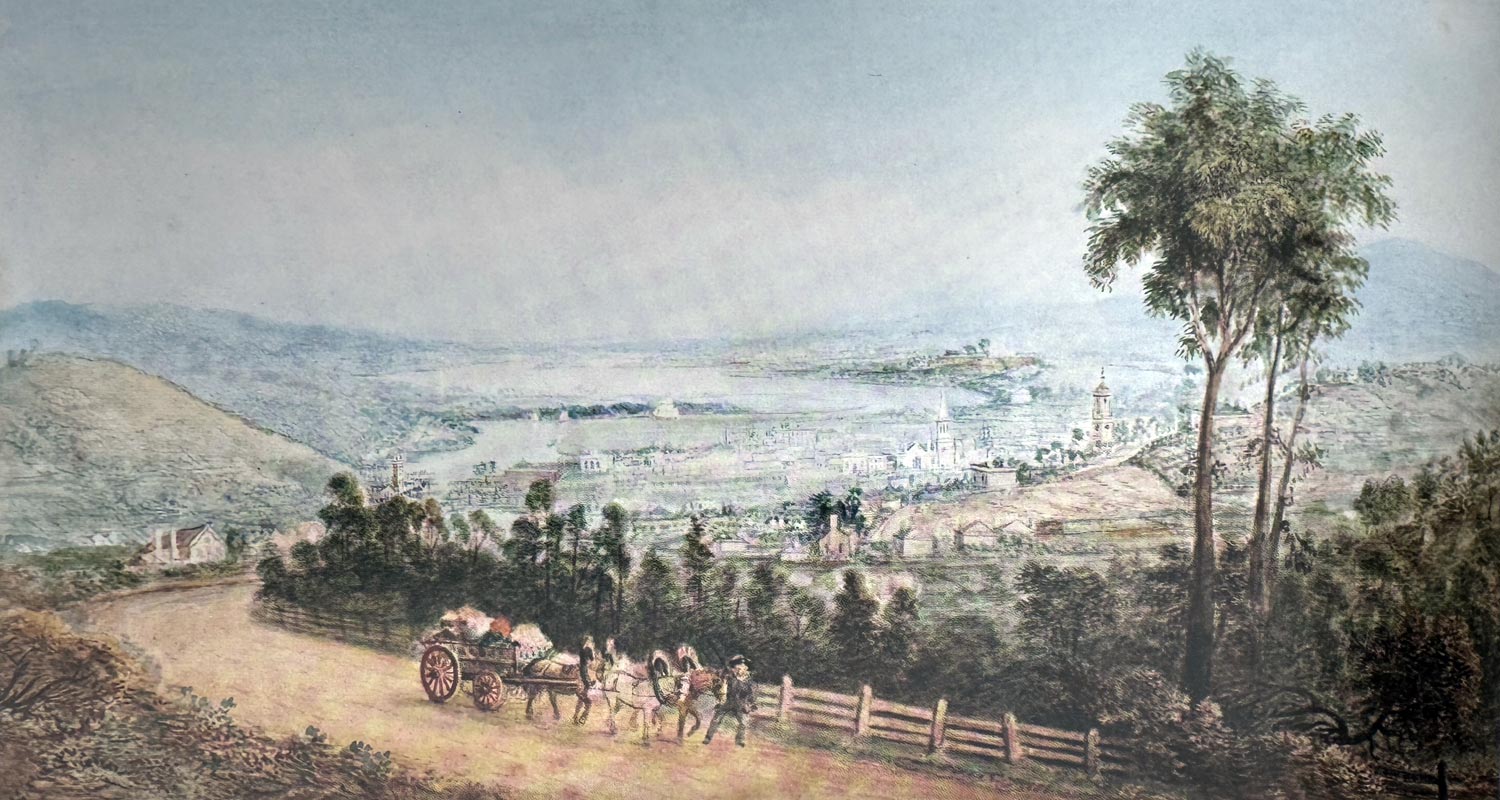
The other work by Strange that must be noted is in the Stevens Collection, Melbourne, and was exhibited in the 2017 Exhibition “The Enigmatic Mr Strange”, Queen Victoria Museum and Art Gallery. This is another view of Launceston, from almost the same position, with the same post-in-rail fence and even apparently the same cart being pulled by a four-horse team – although the cargo on our example is much more neatly loaded!

Resources on Frederick Strange:
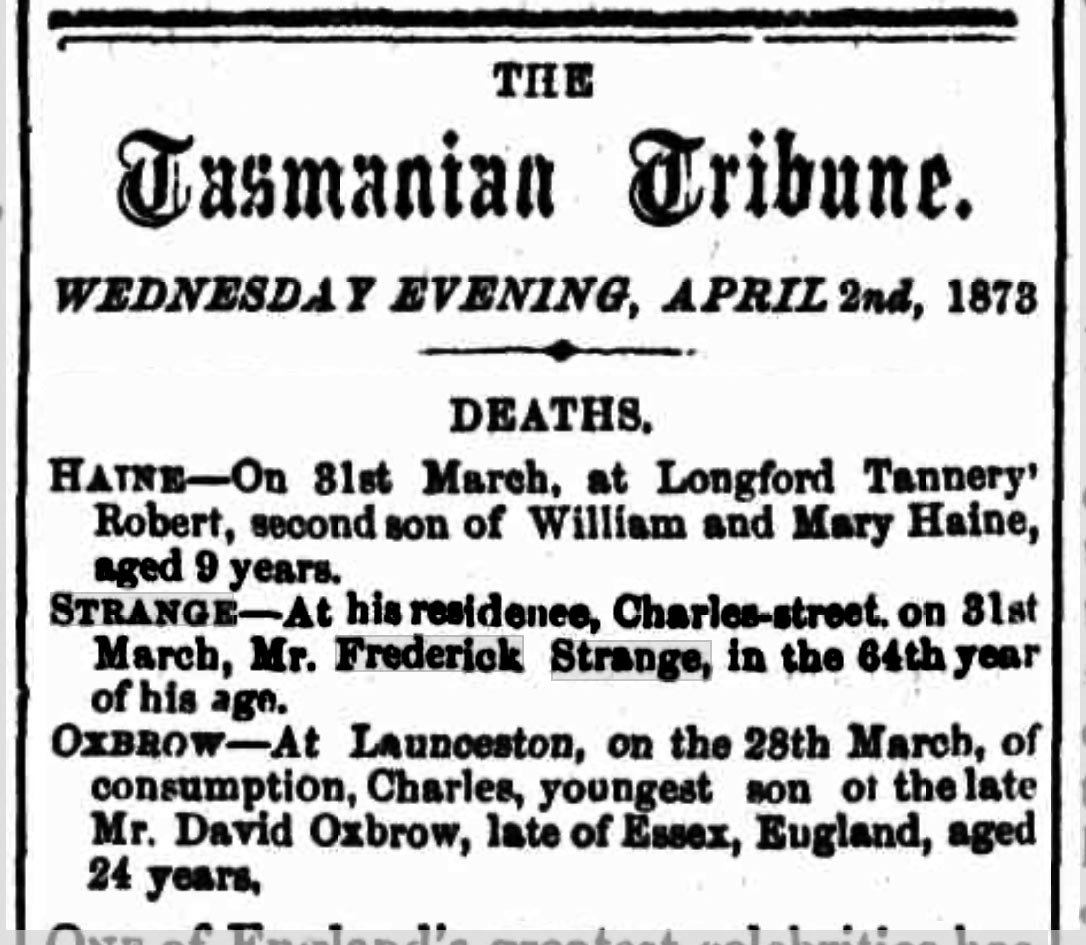
An interesting local Geelong connection : Convict artist paints another Convict, with both of them finding success and freedom in Australia”
https://www.grlc.vic.gov.au/news/long-standing-mystery-solved

